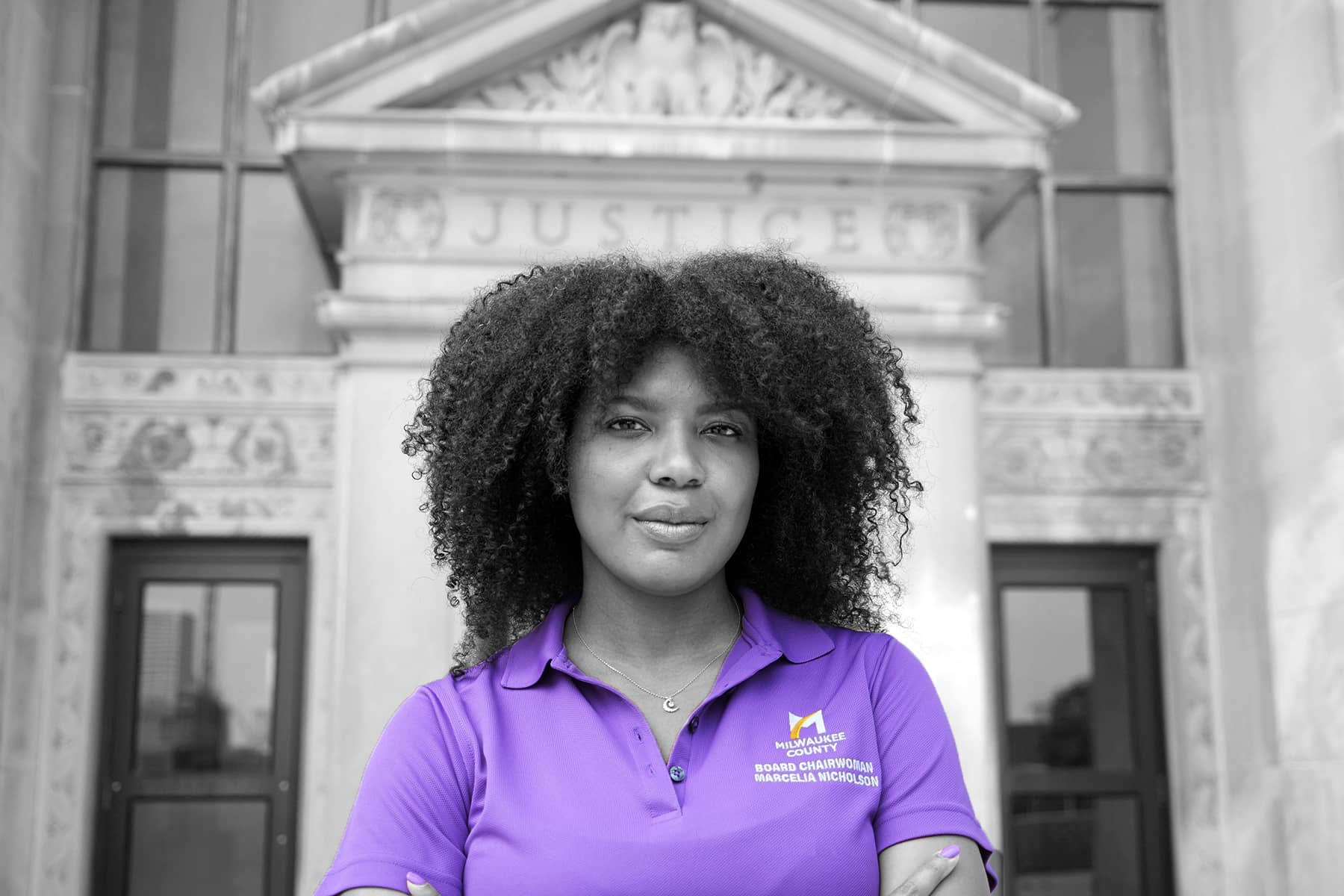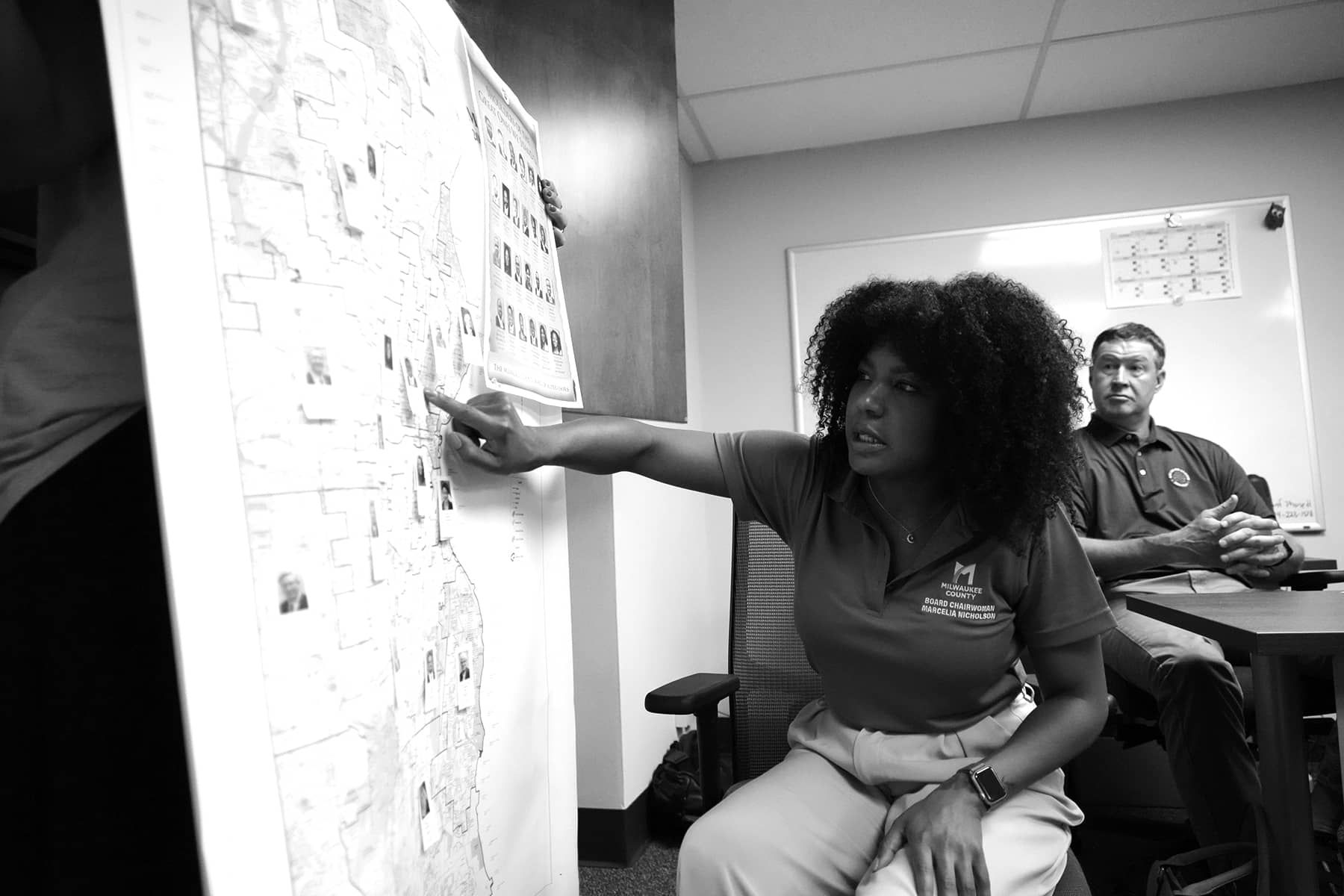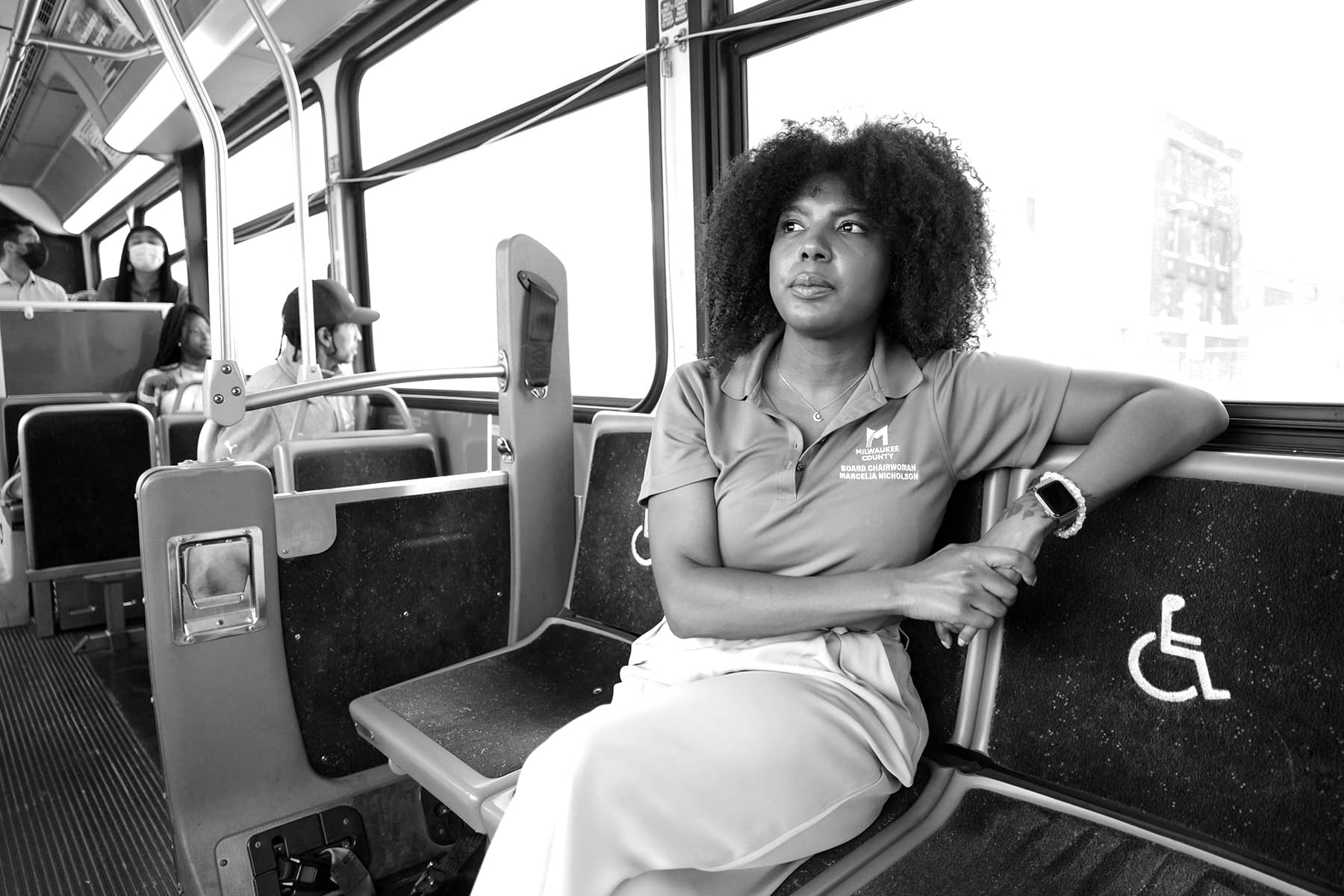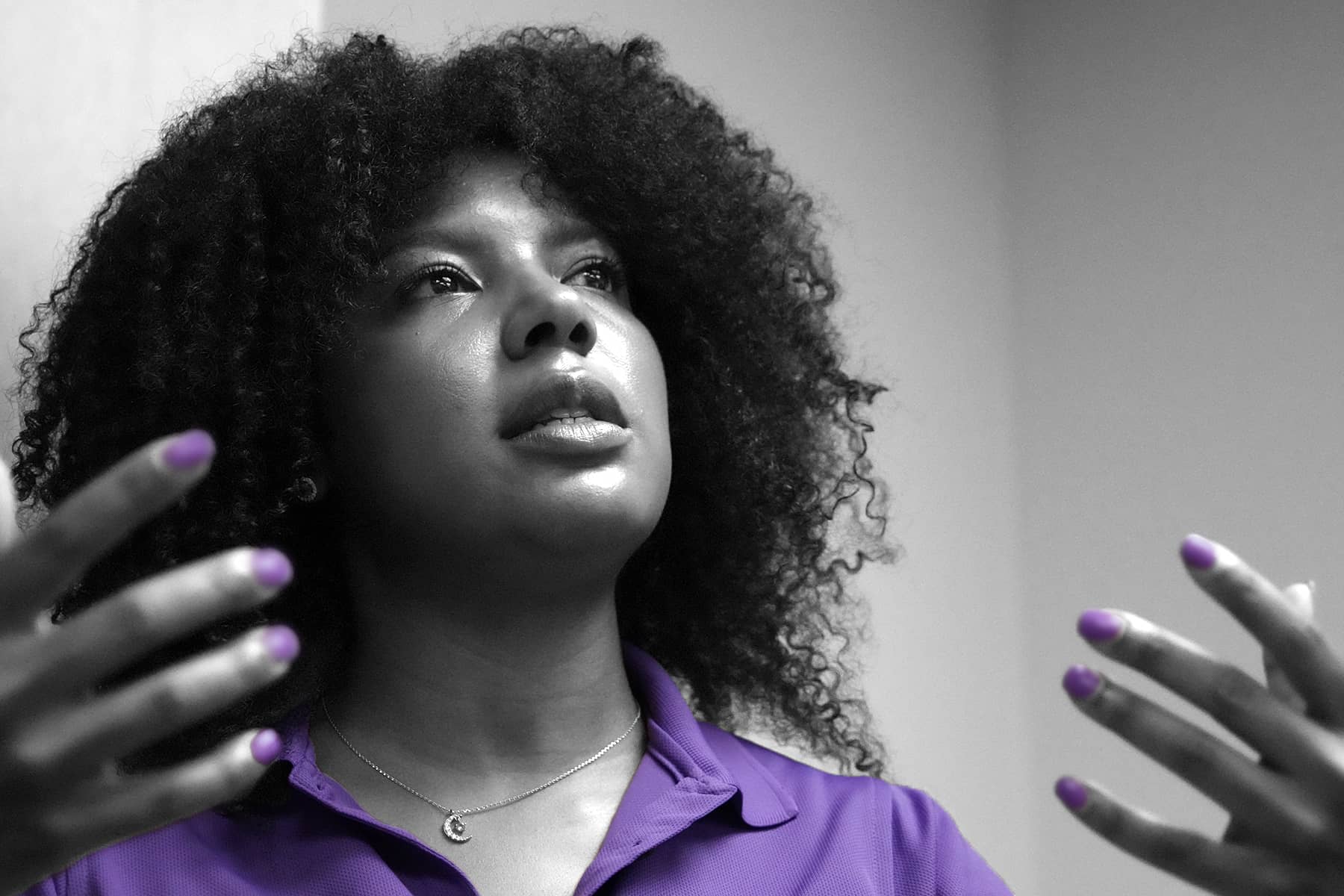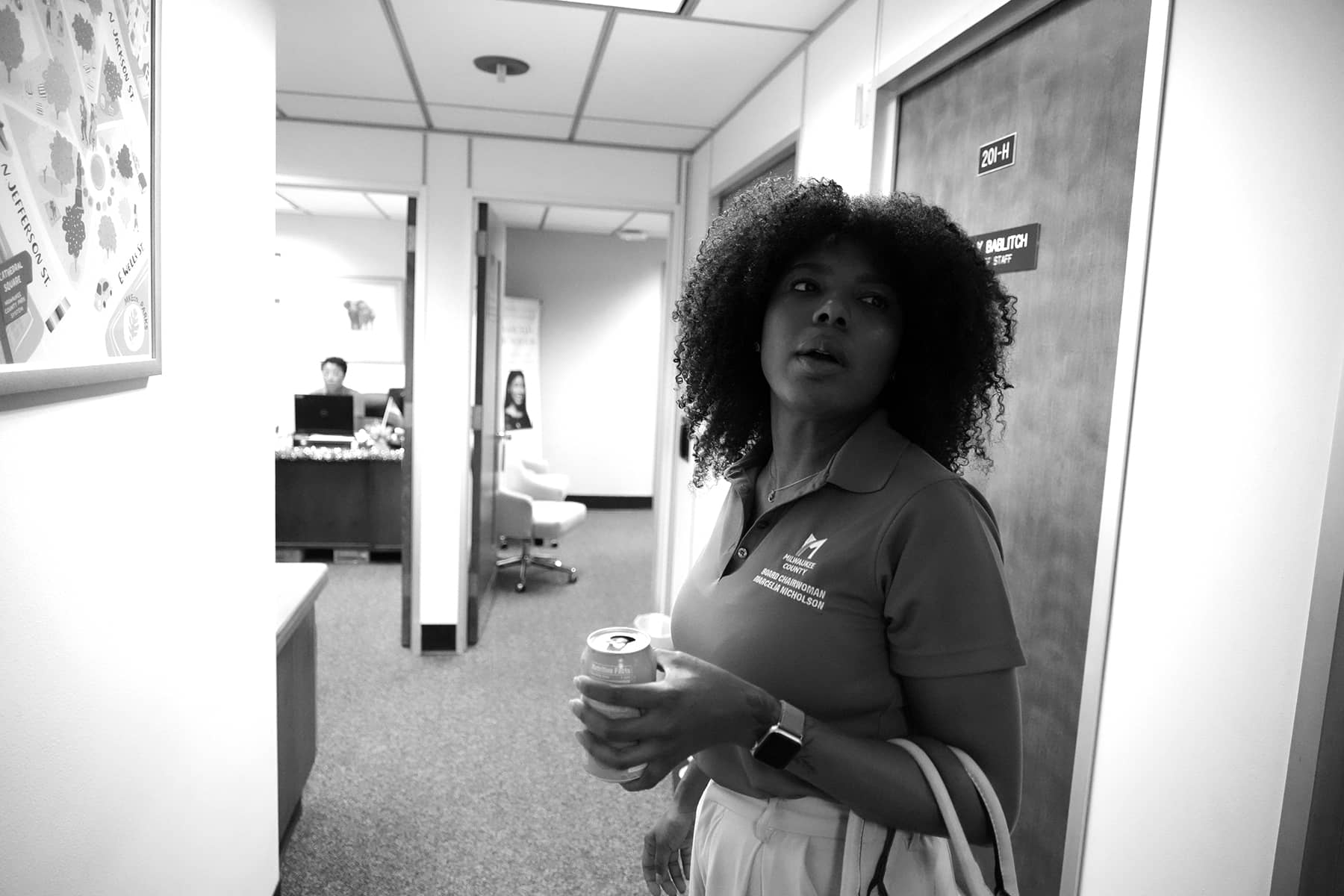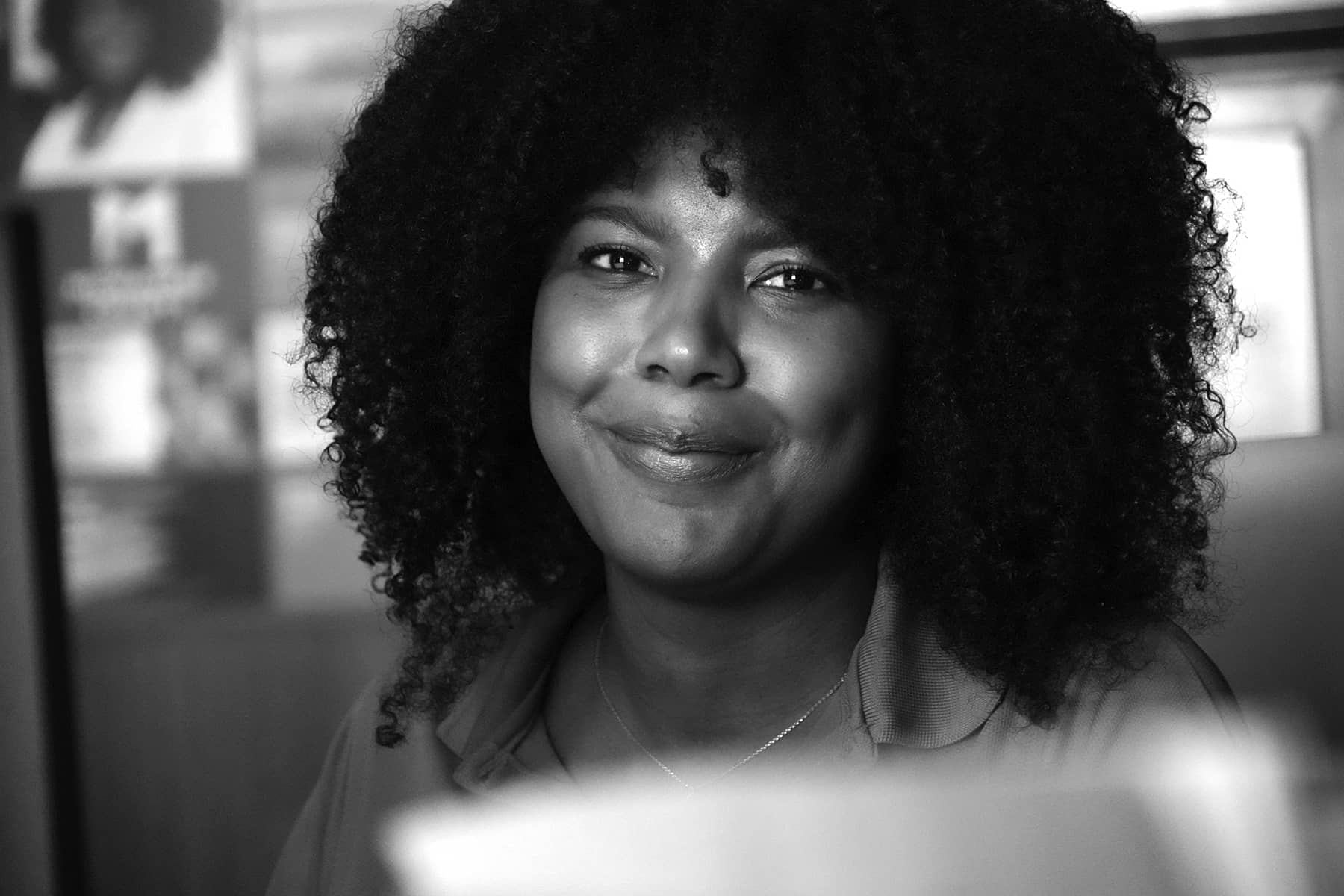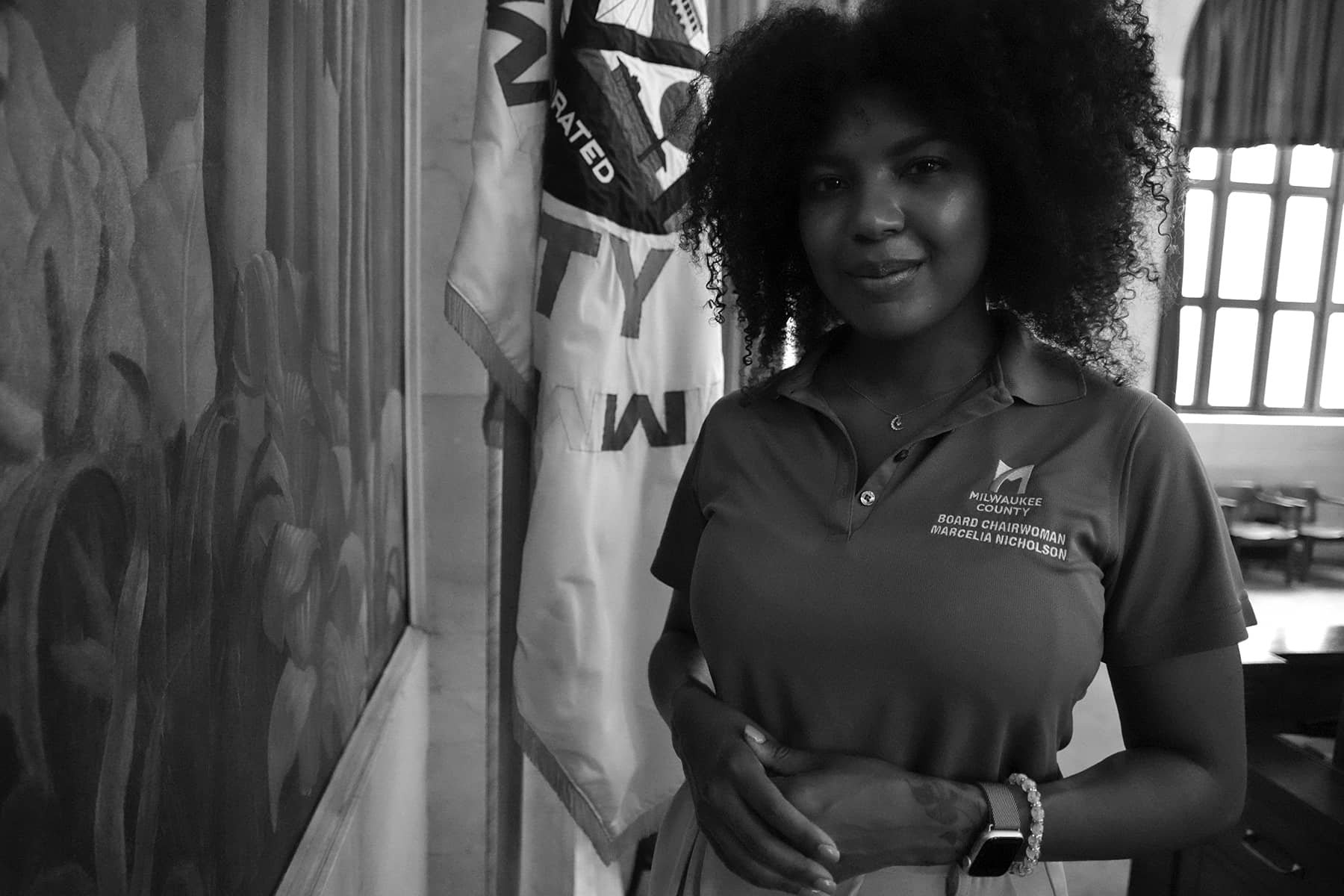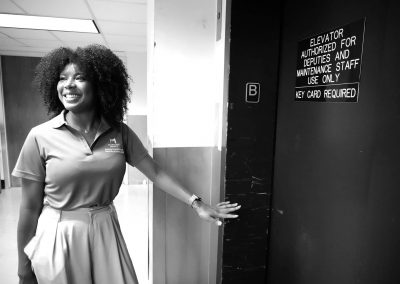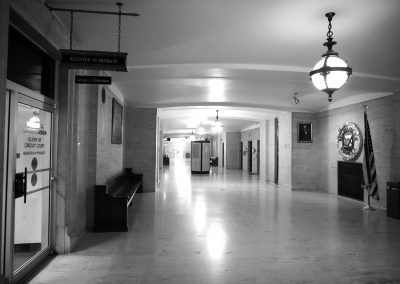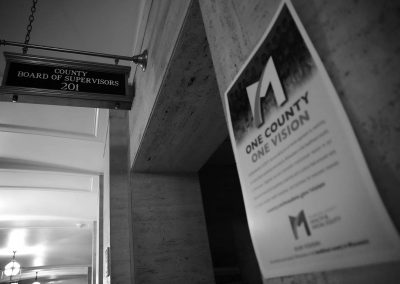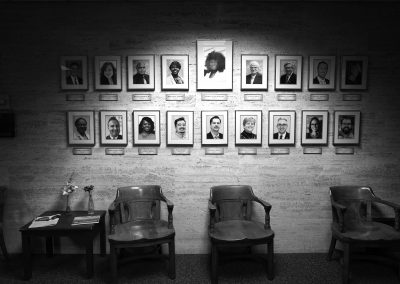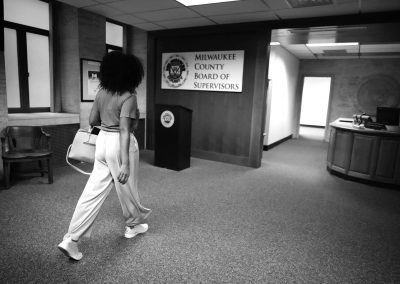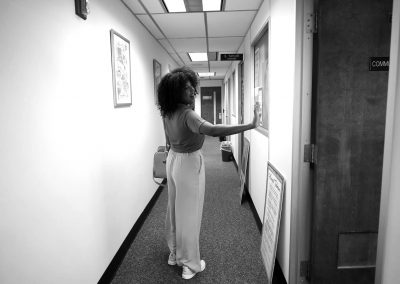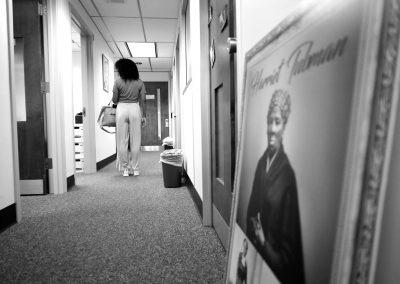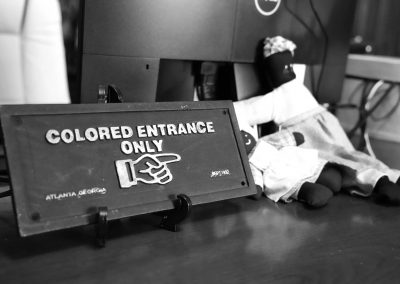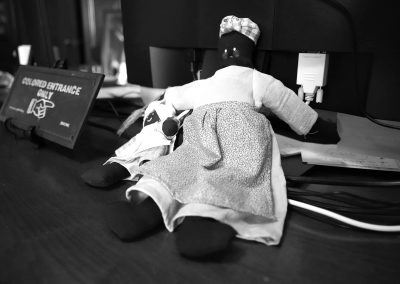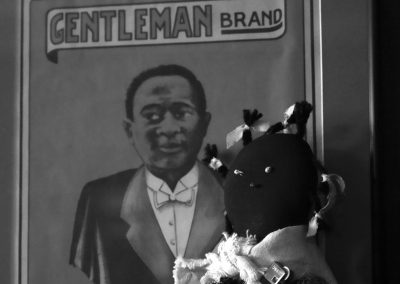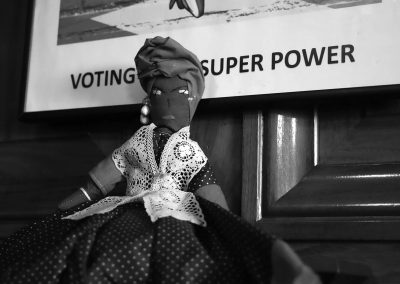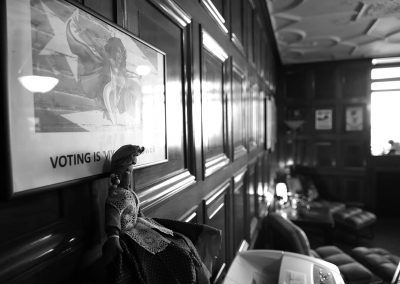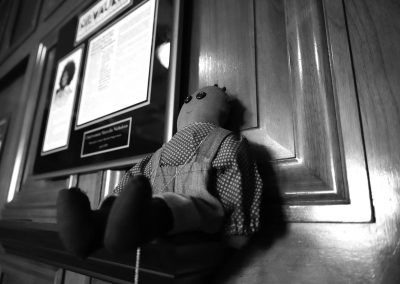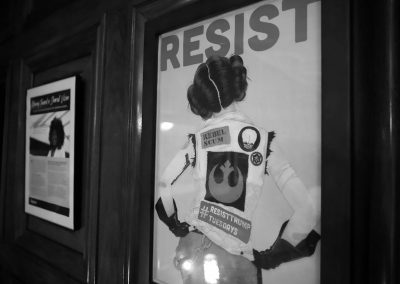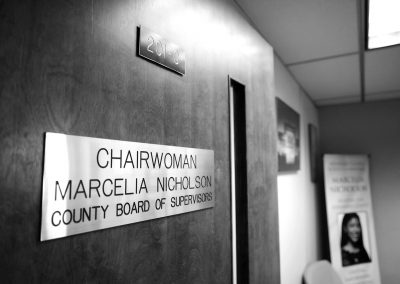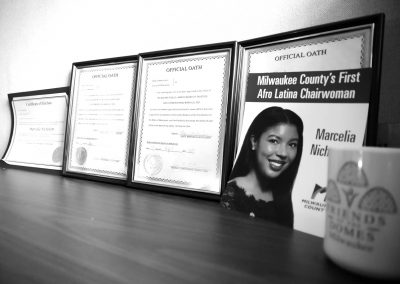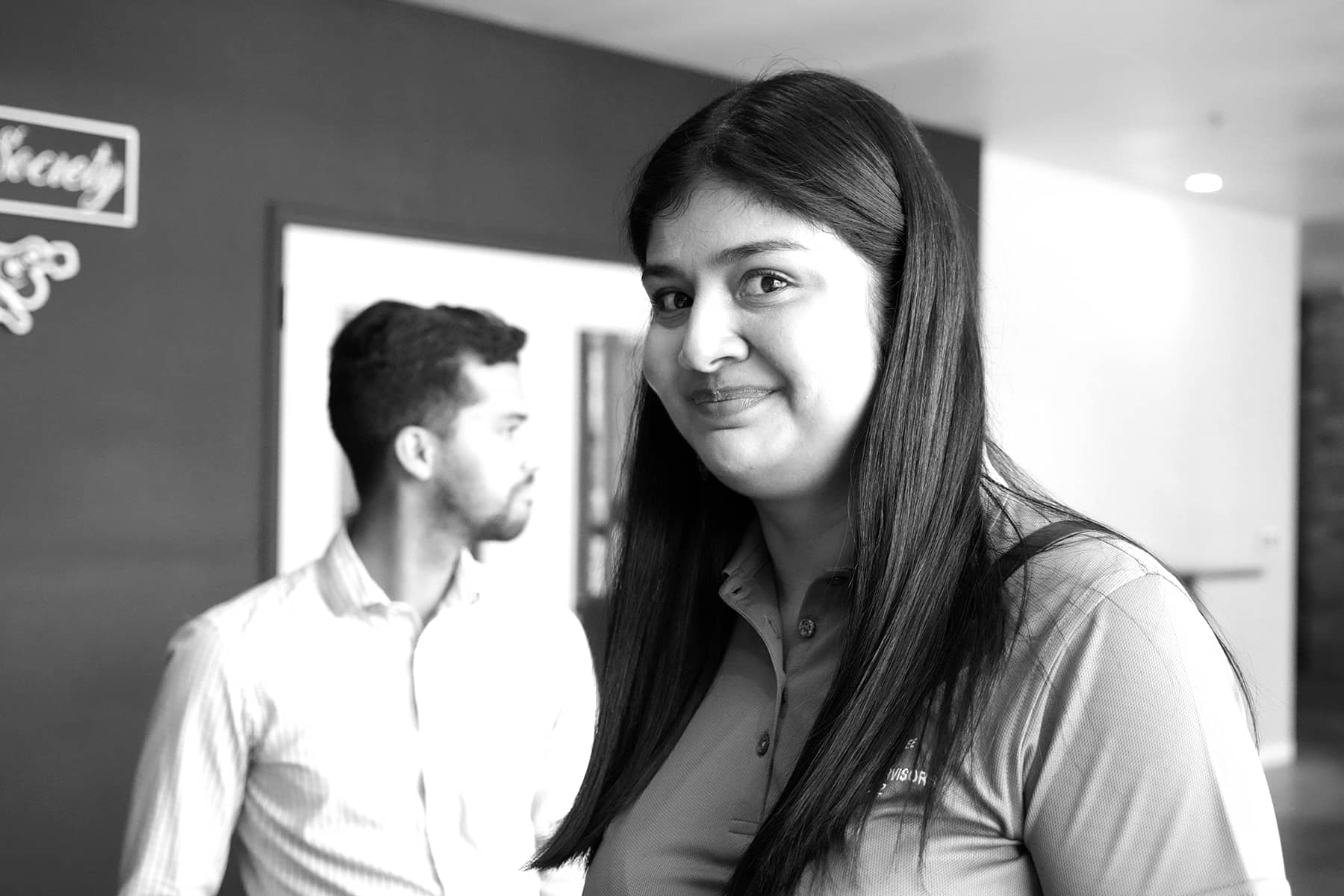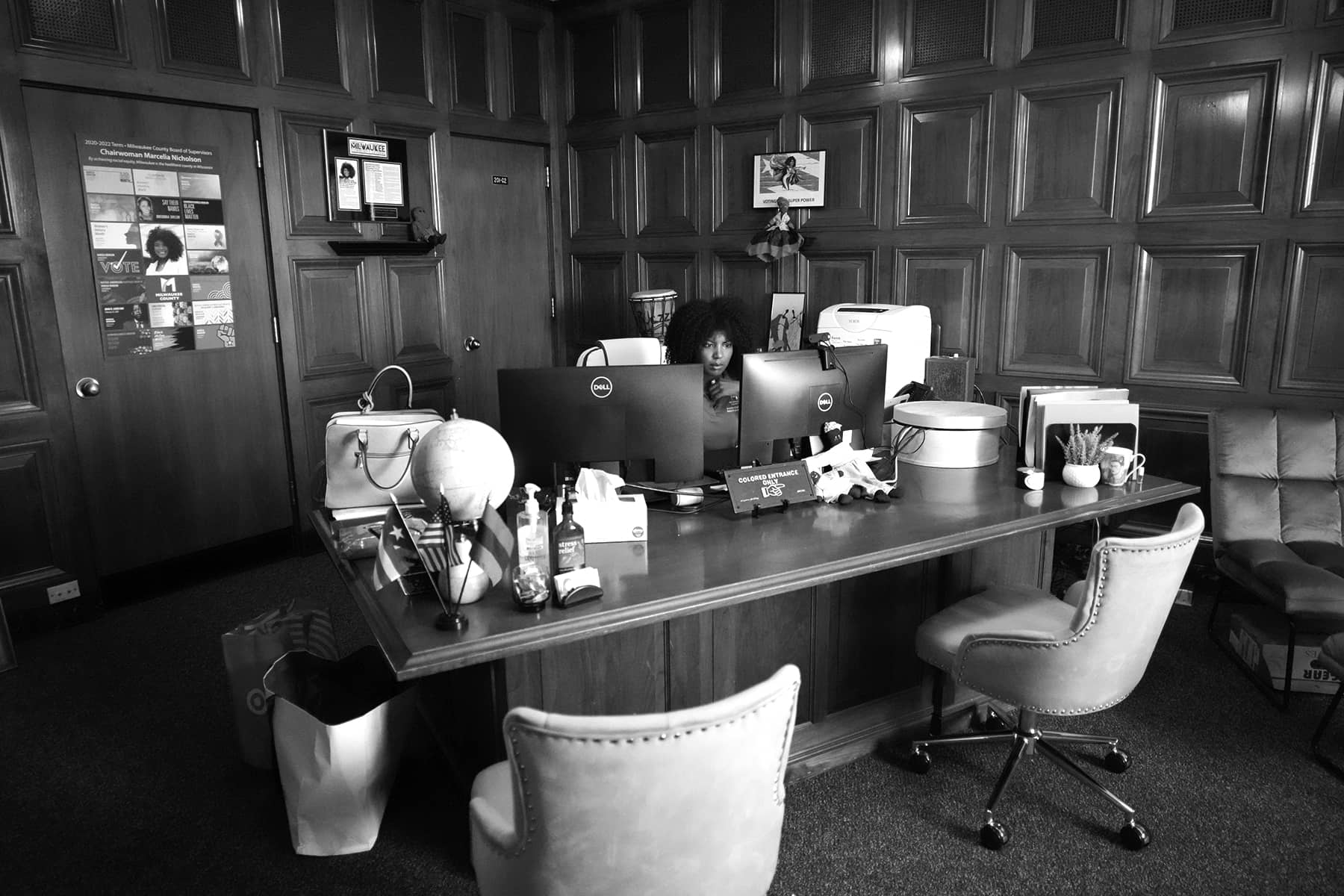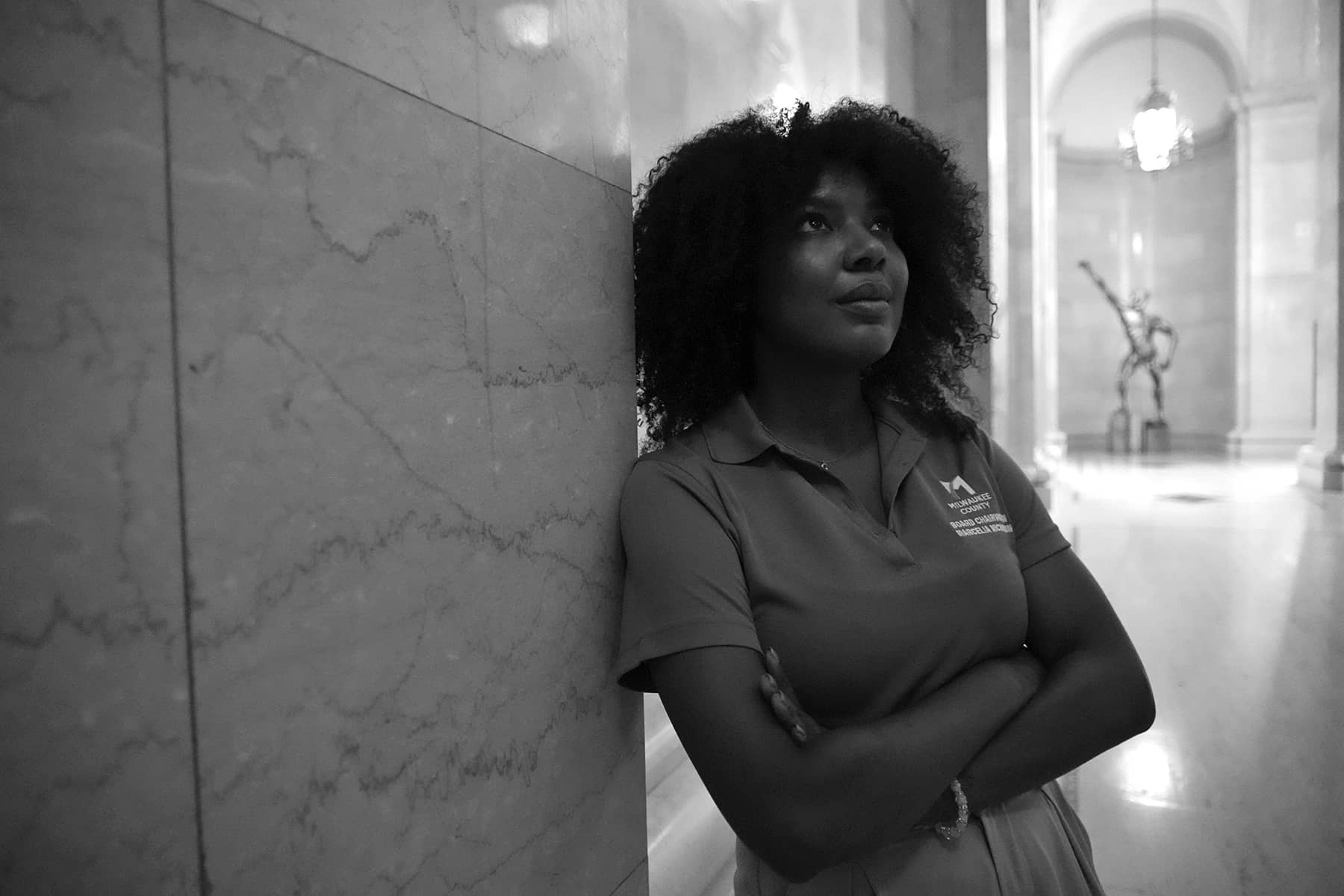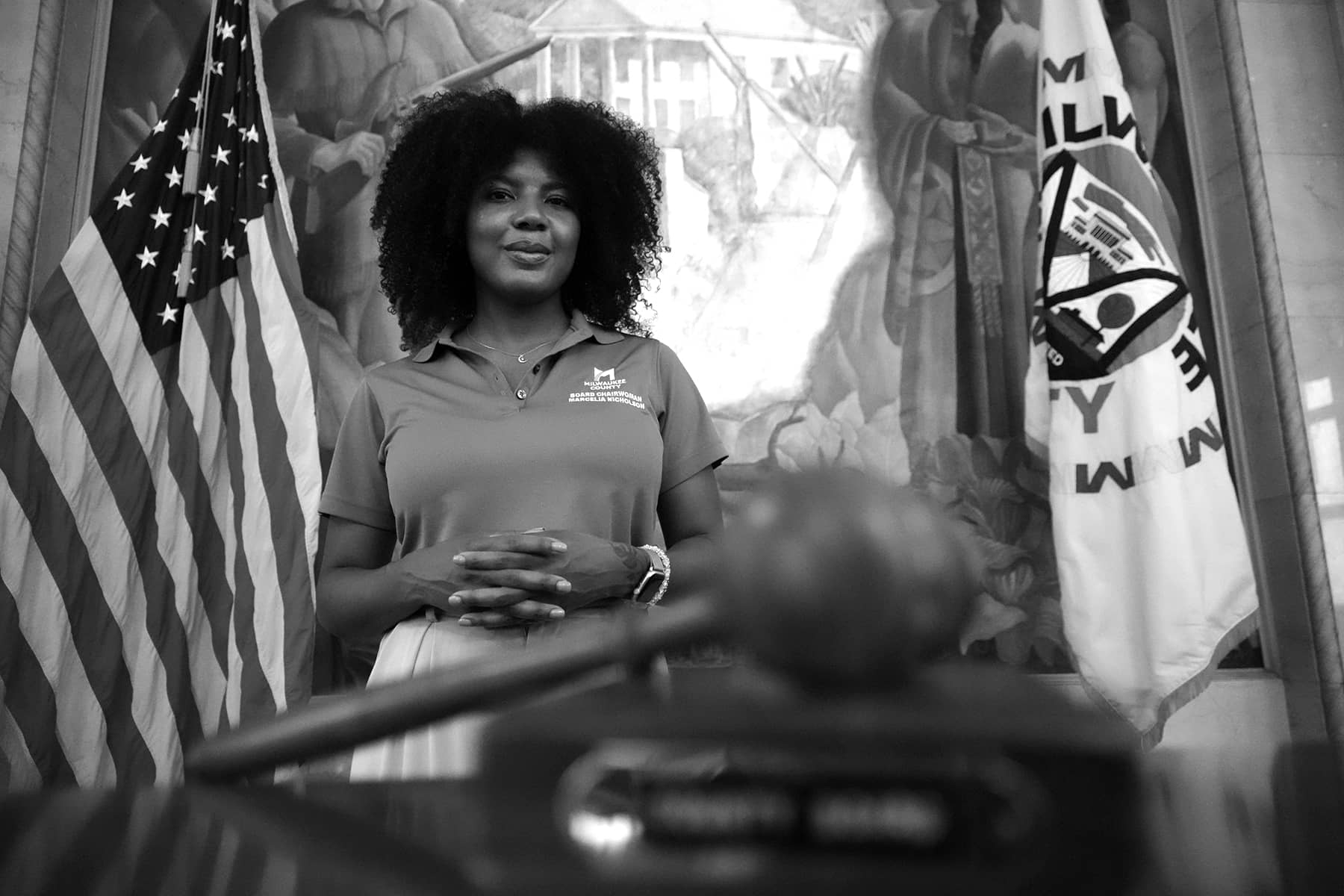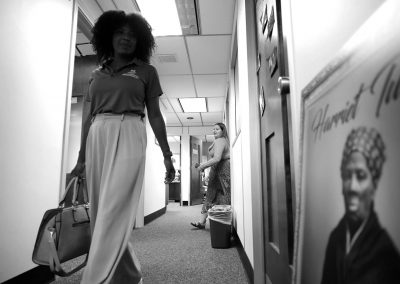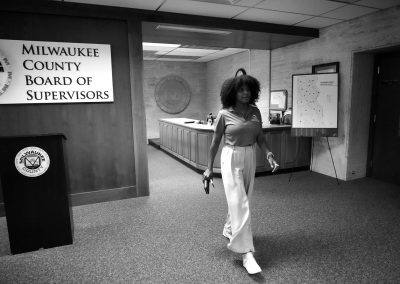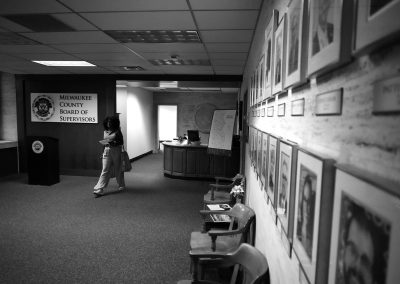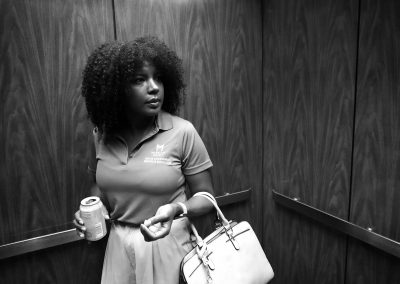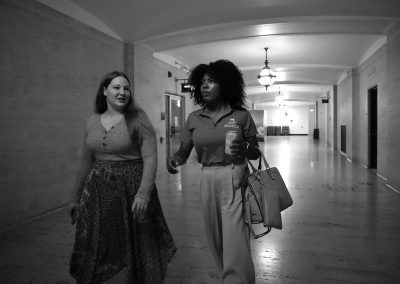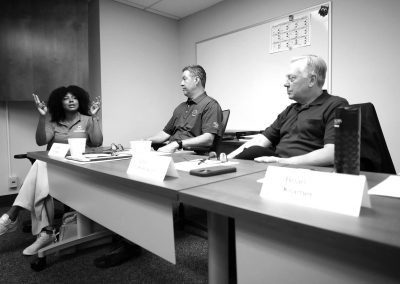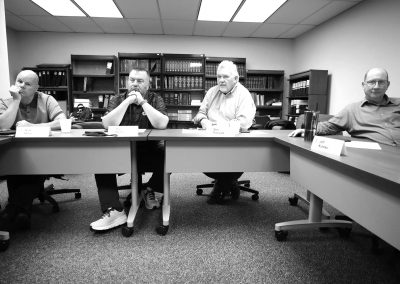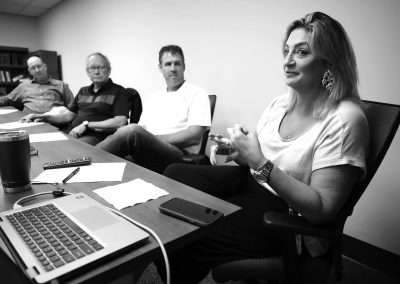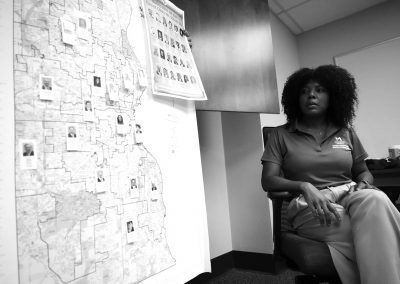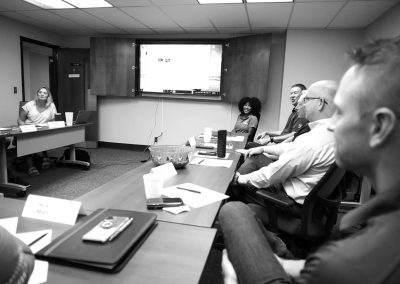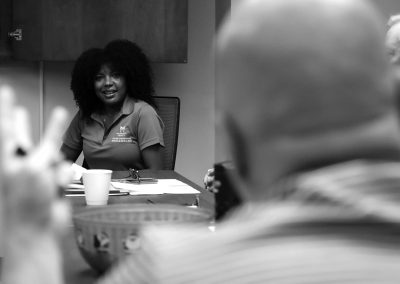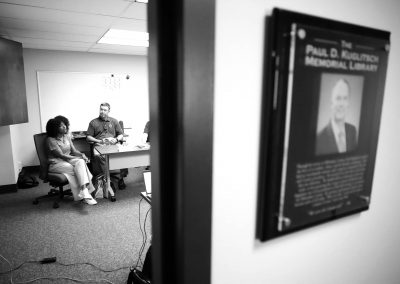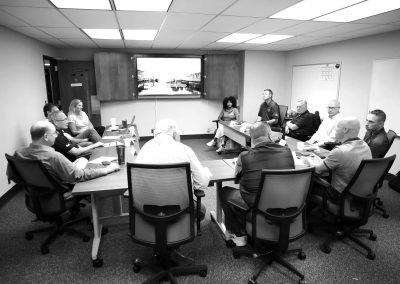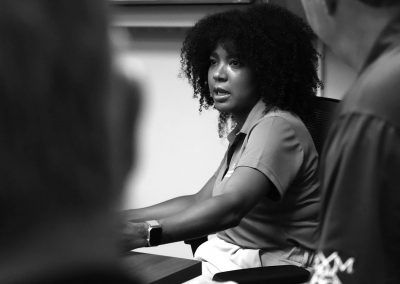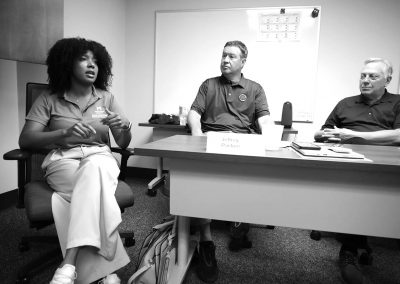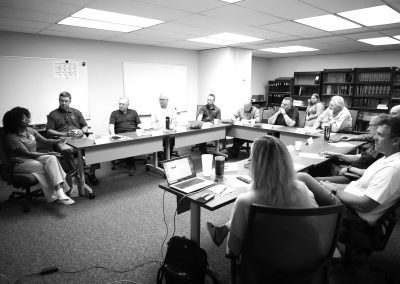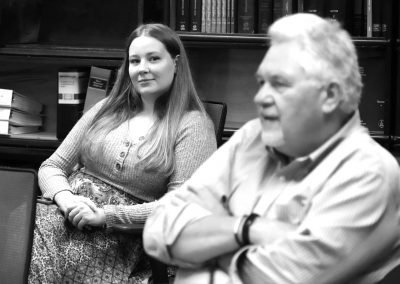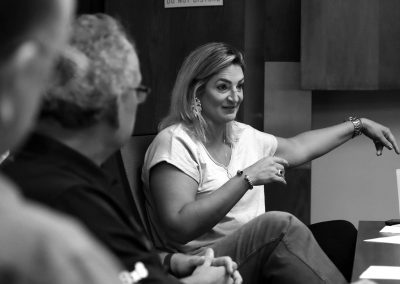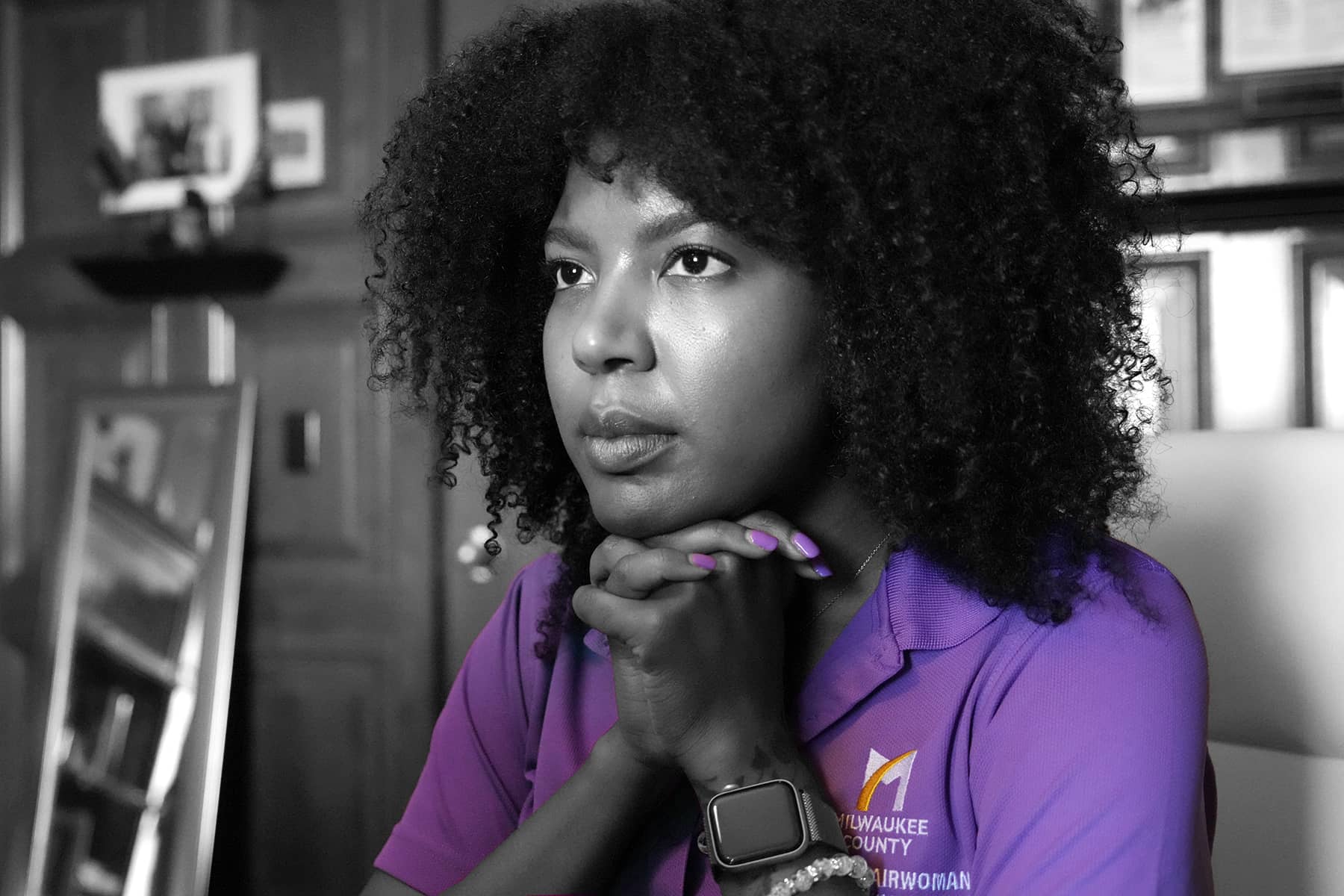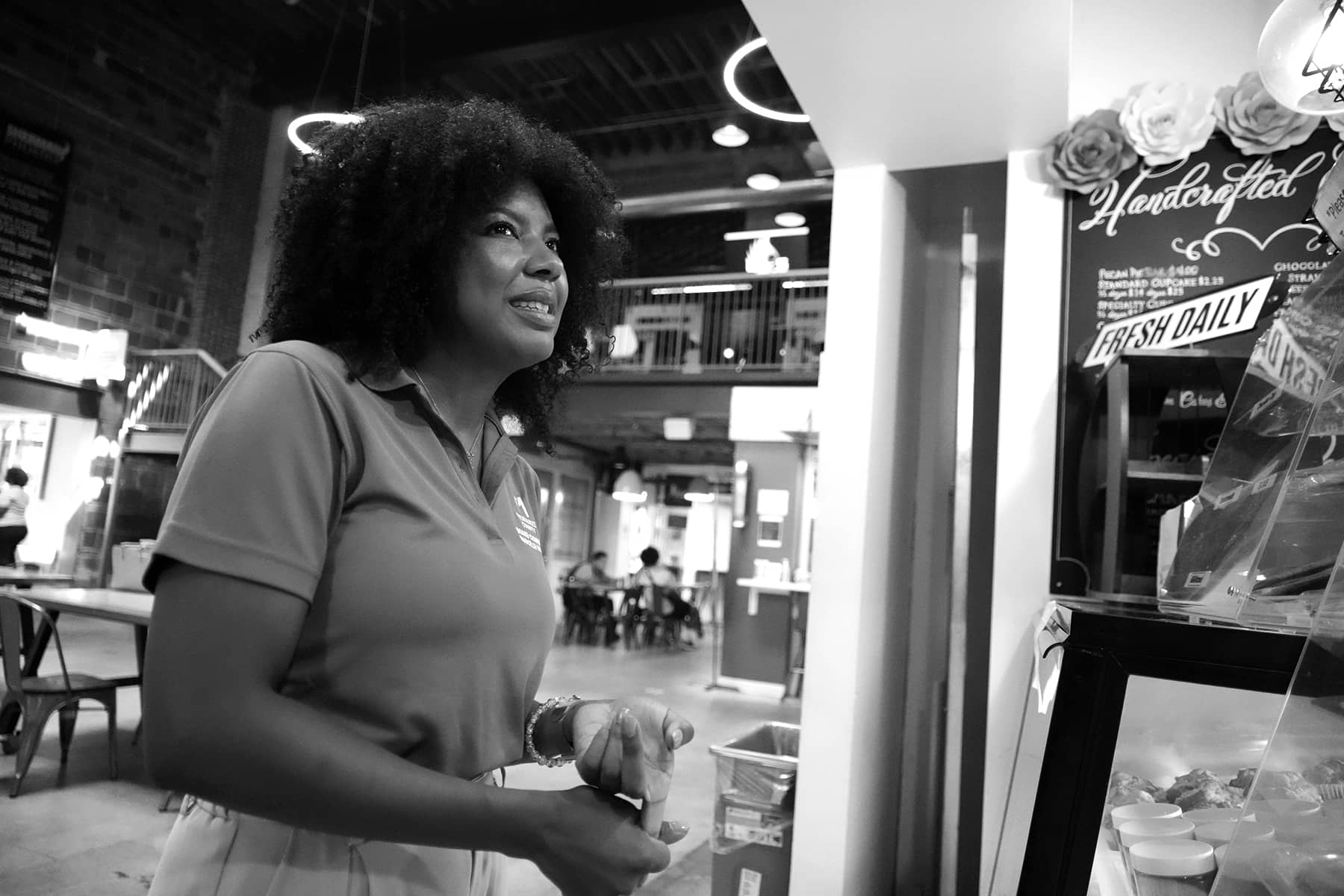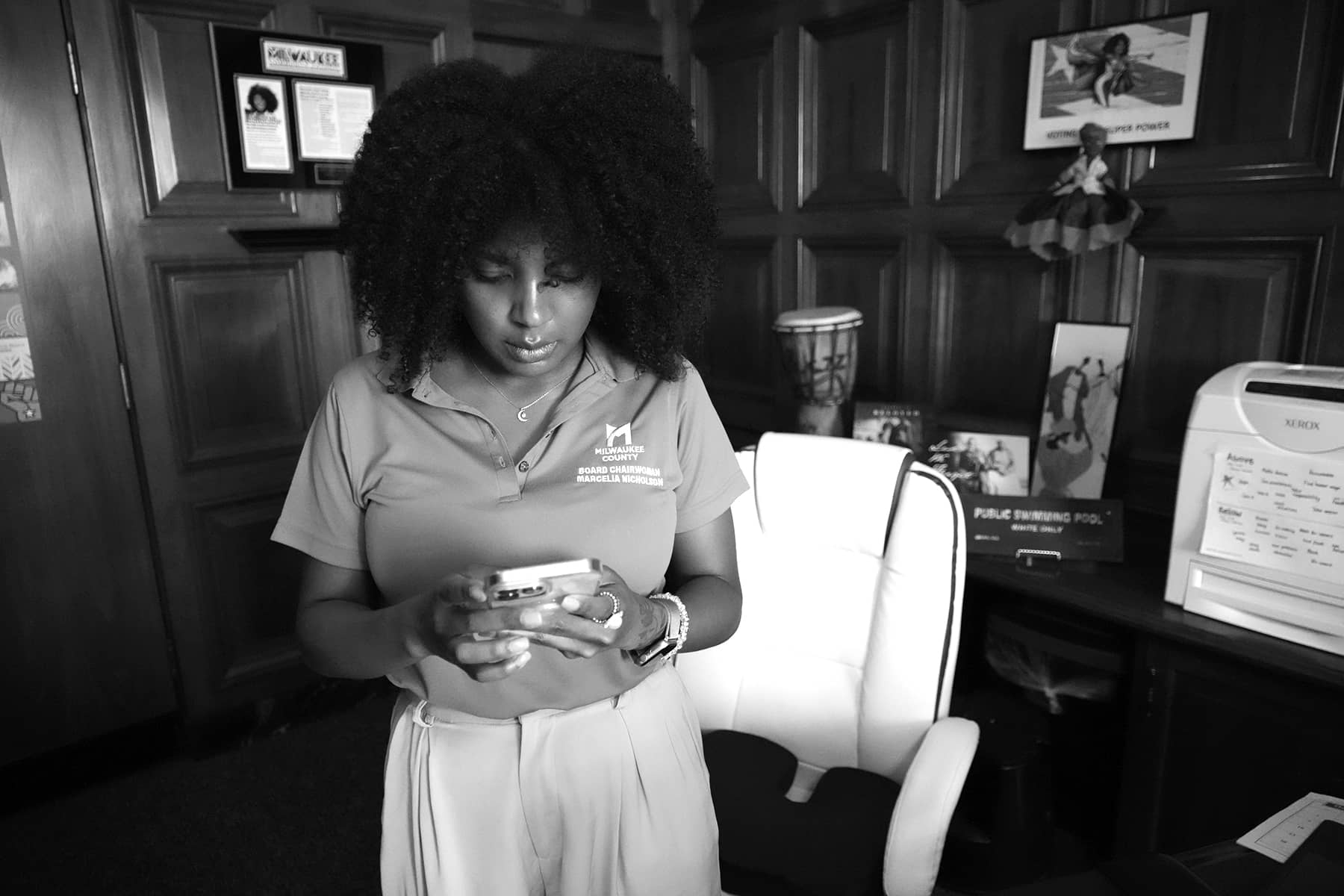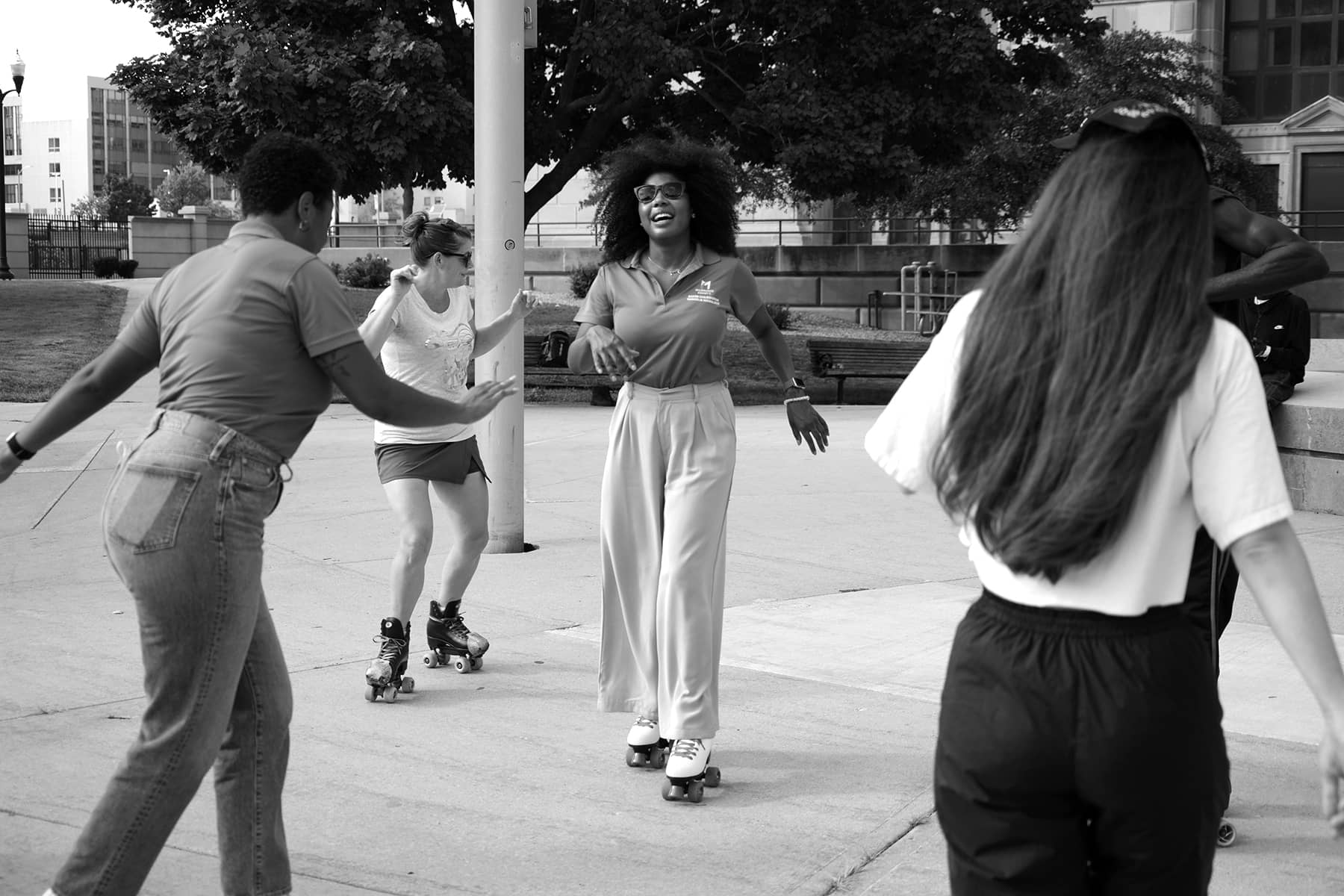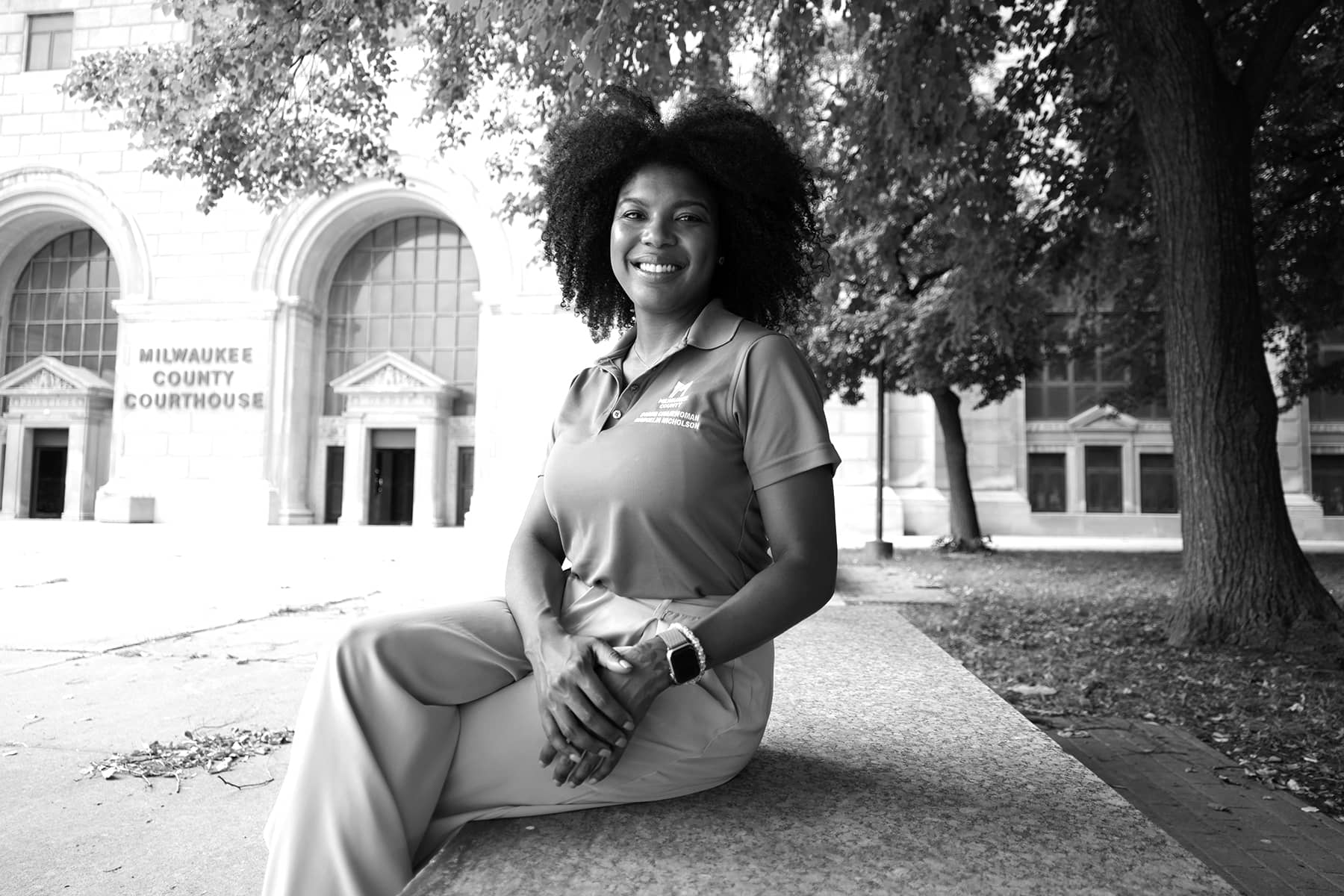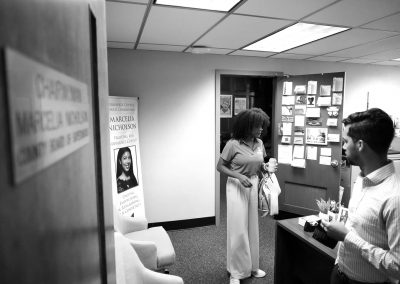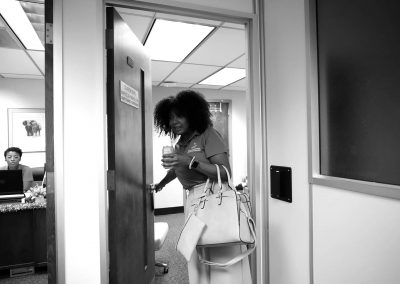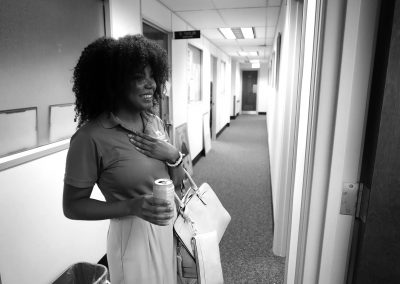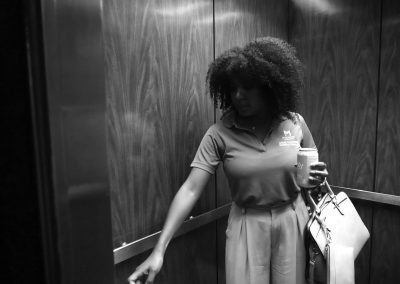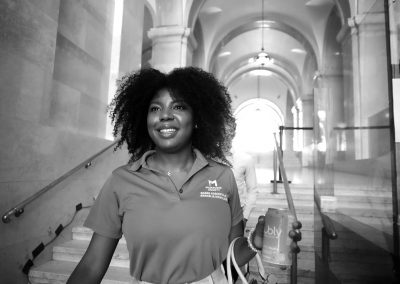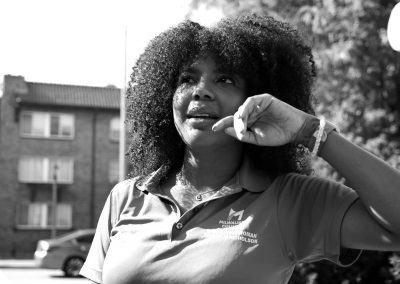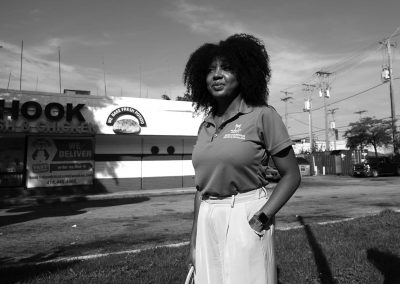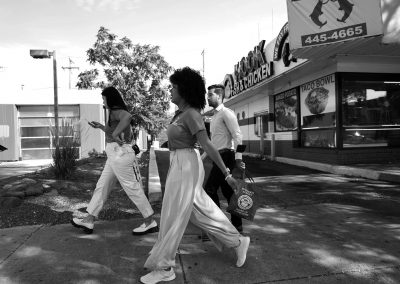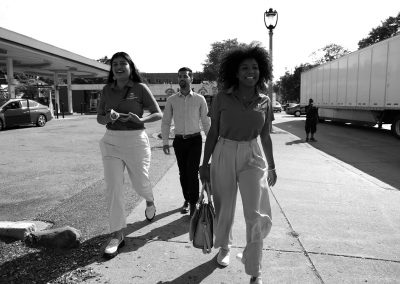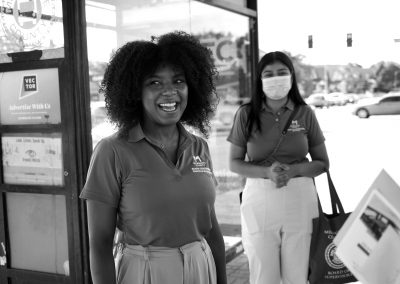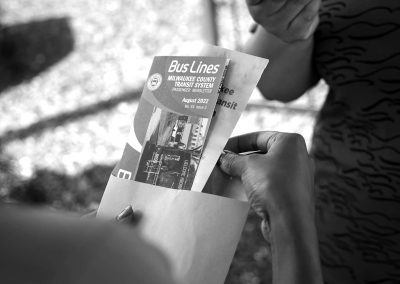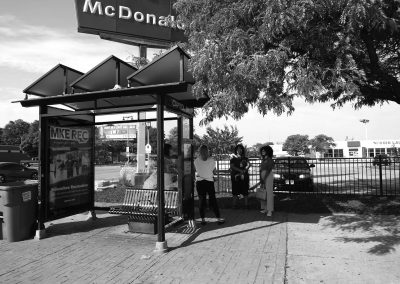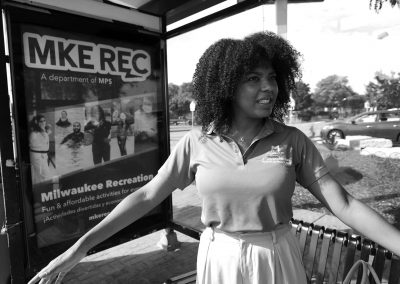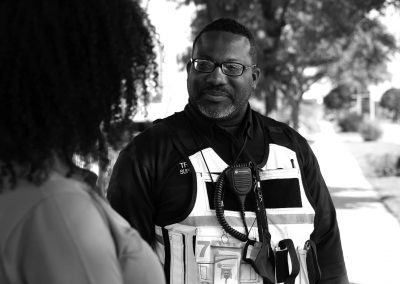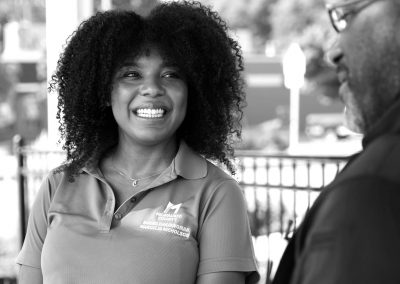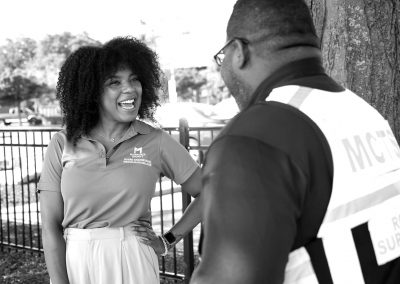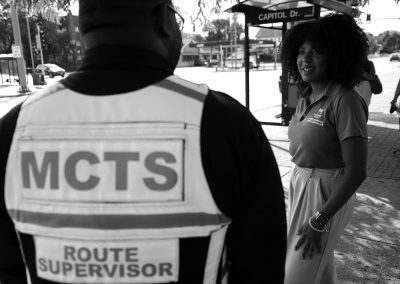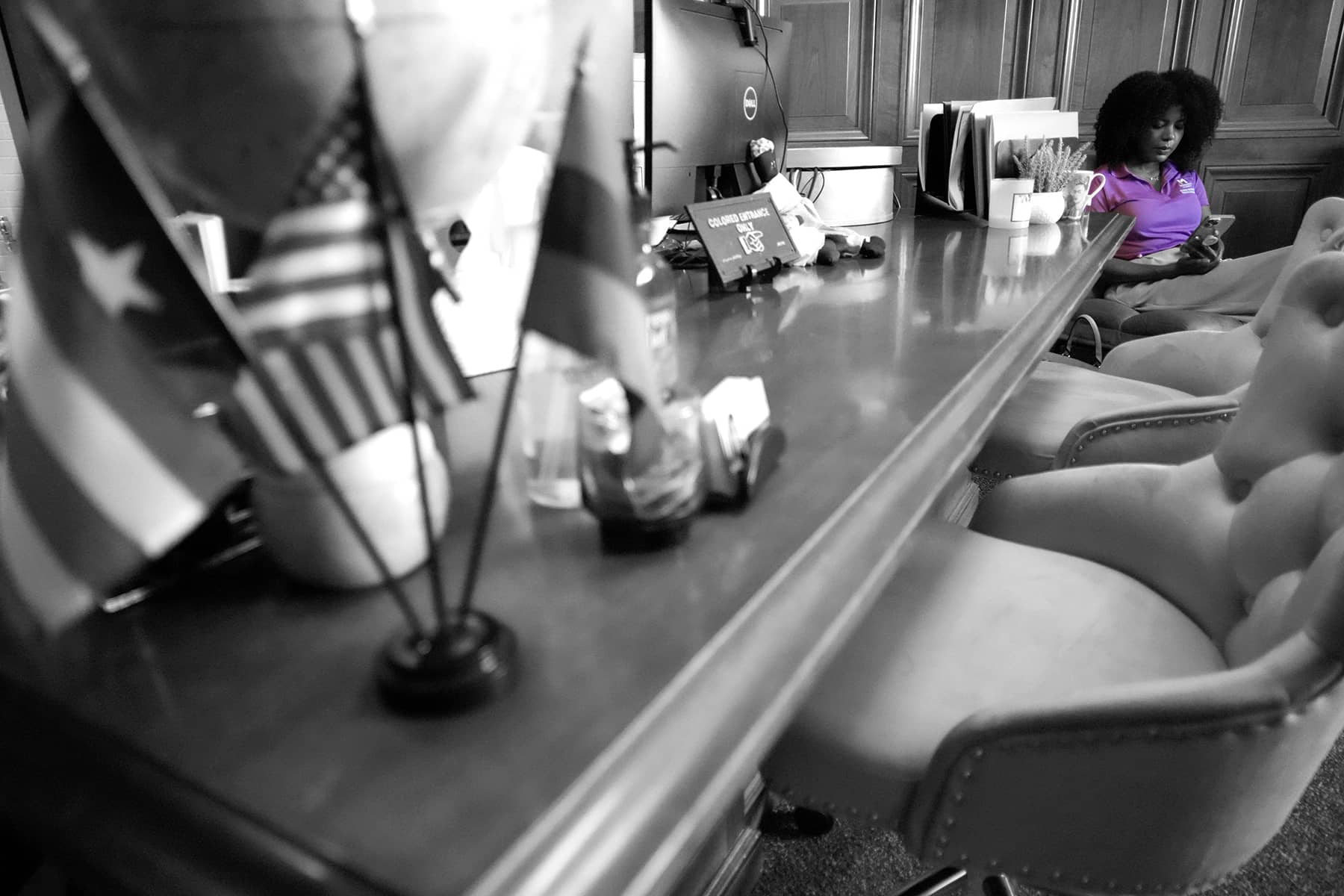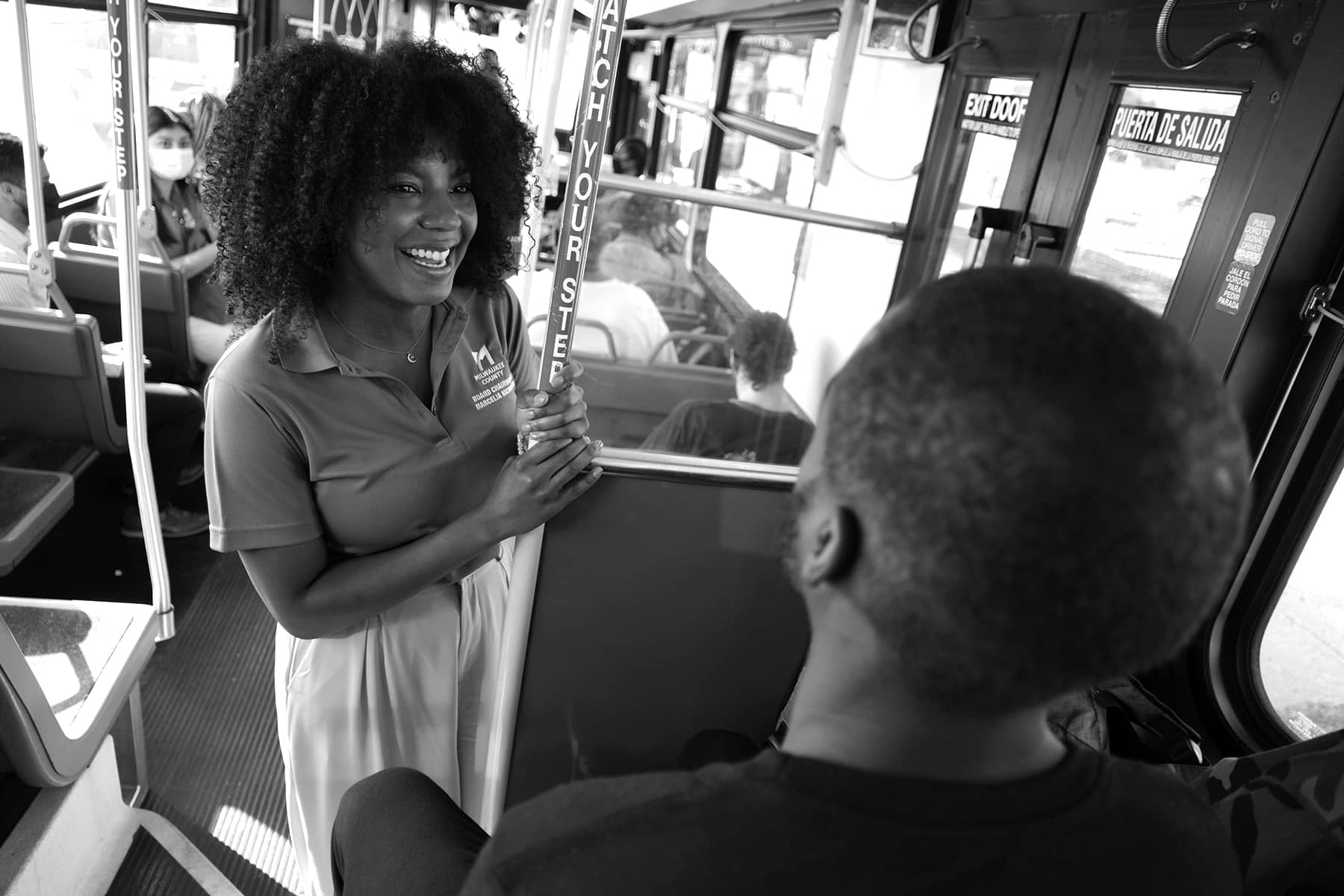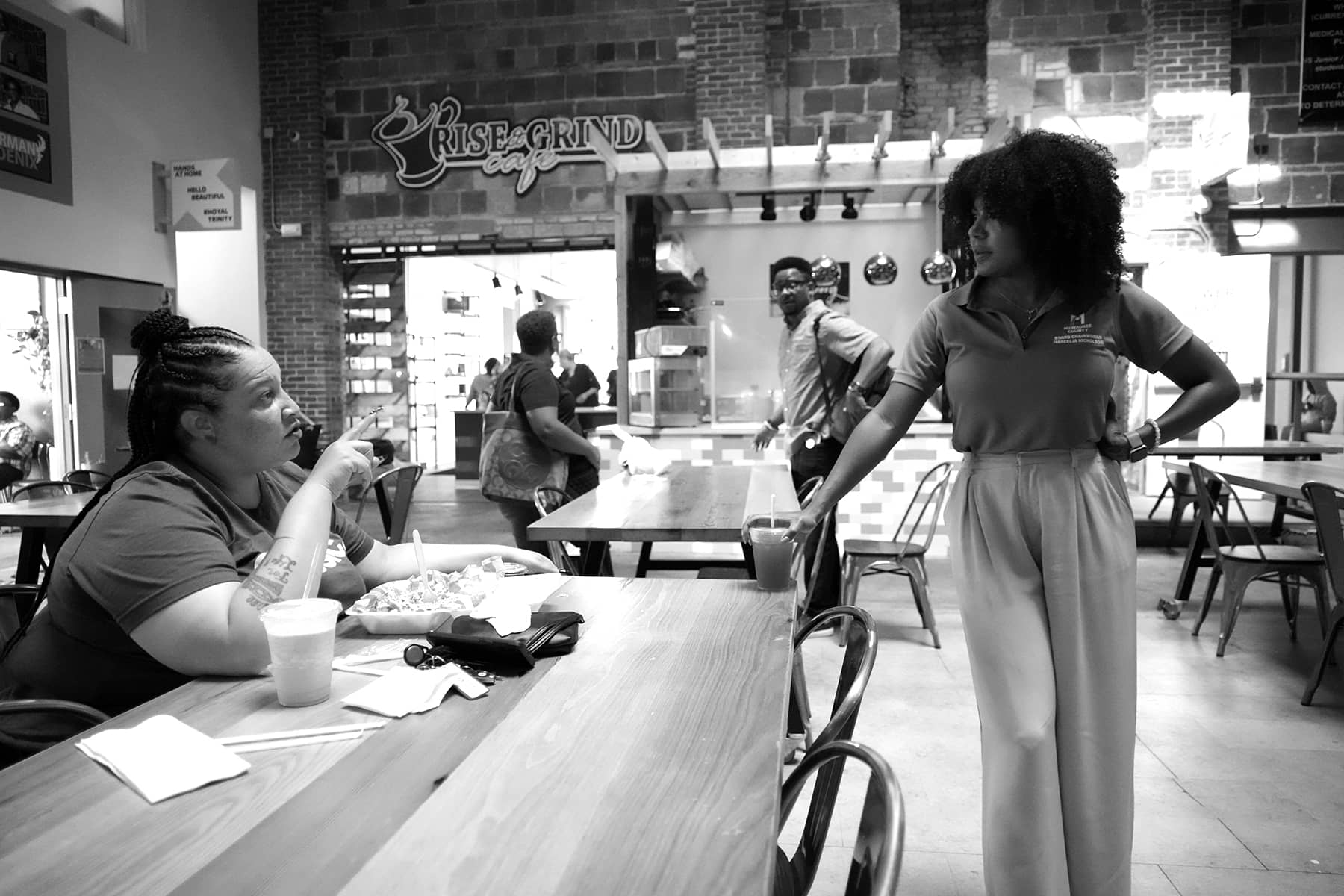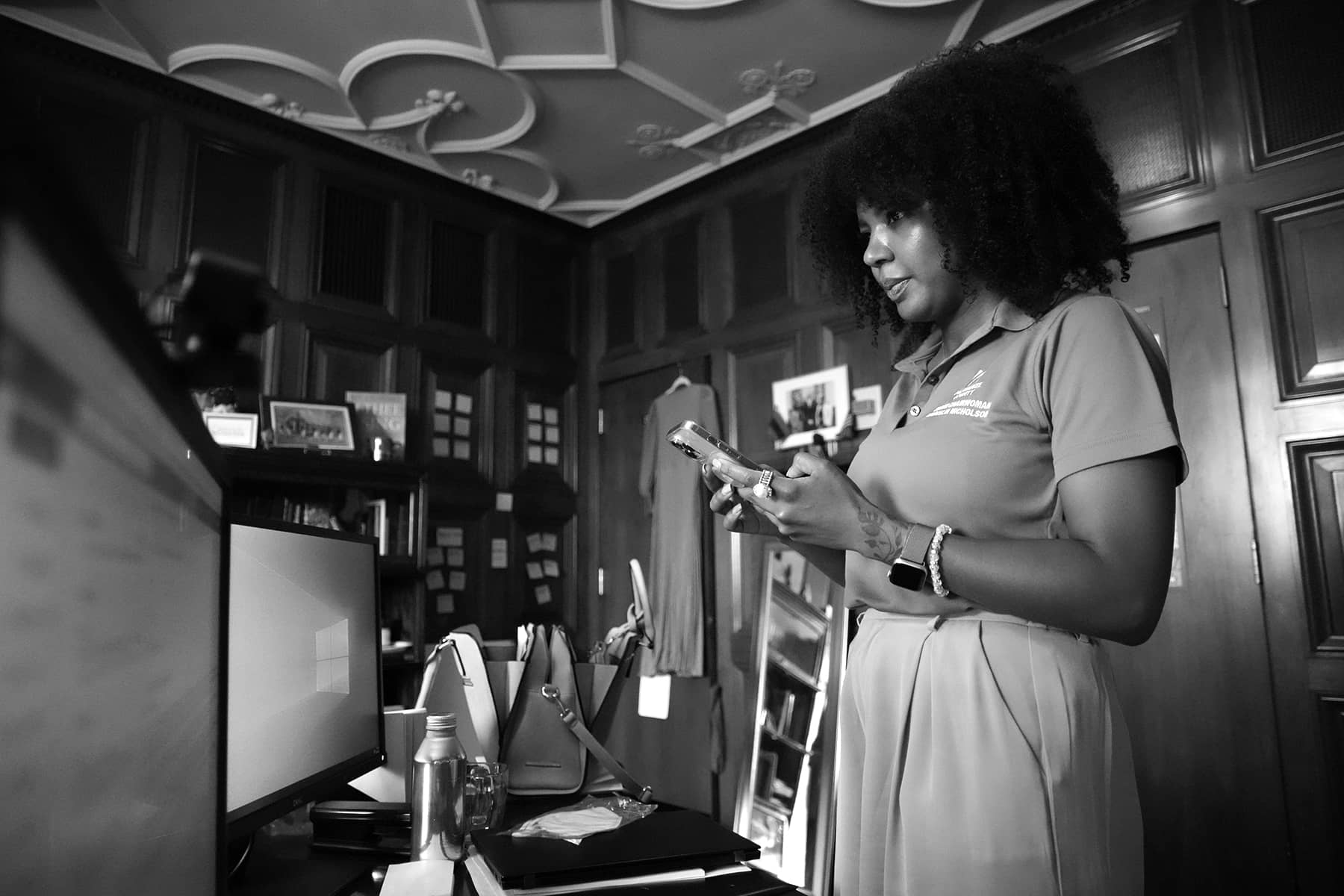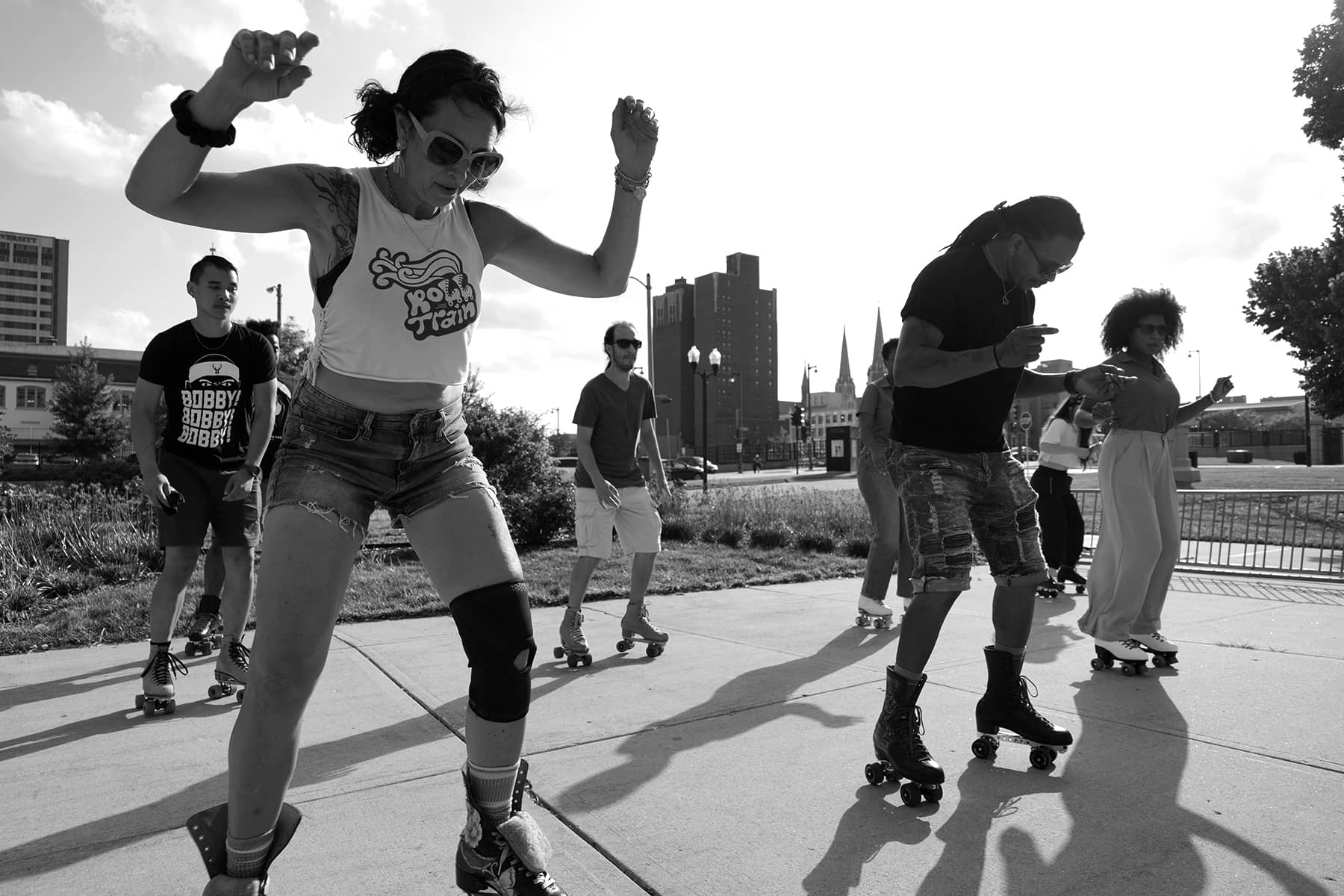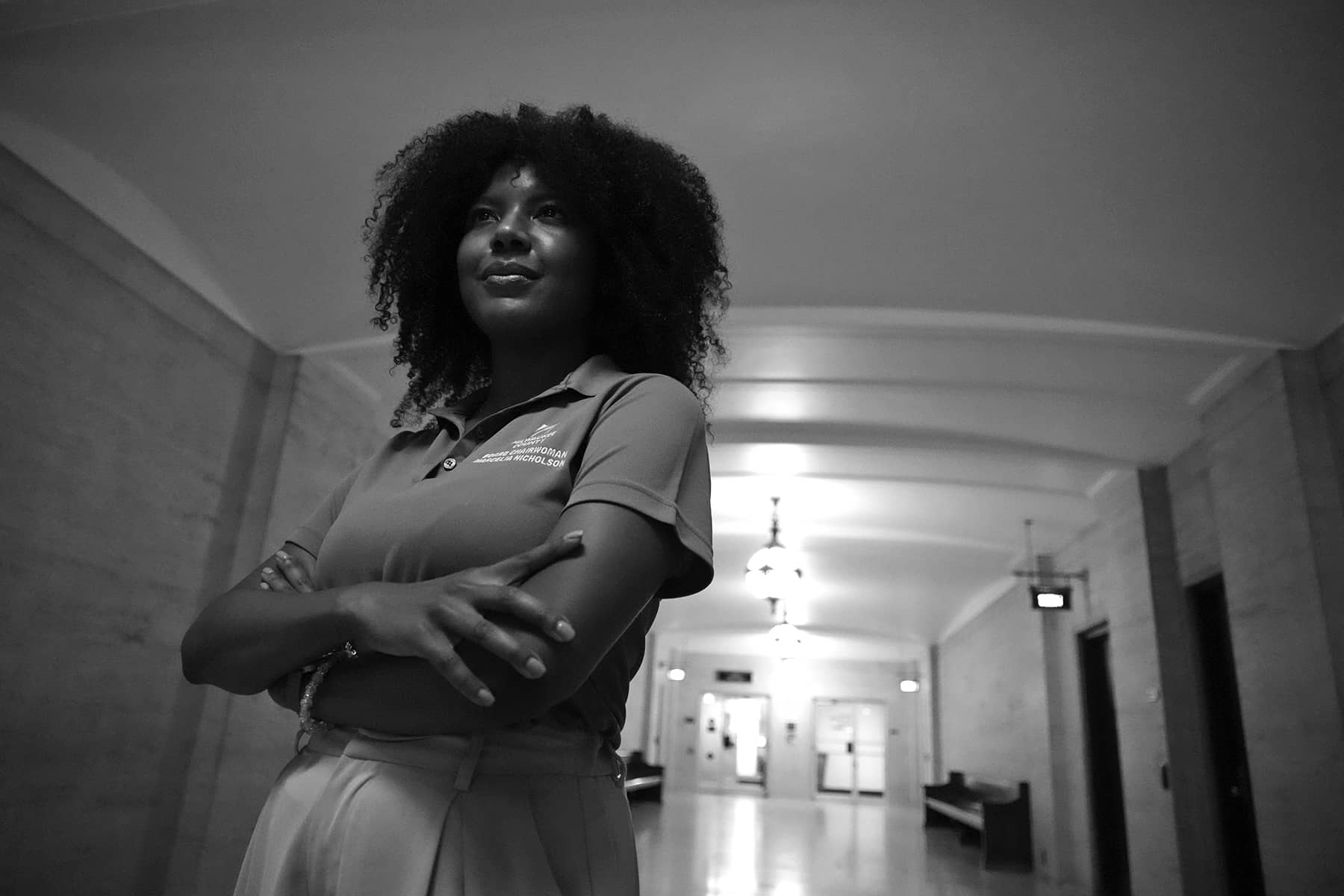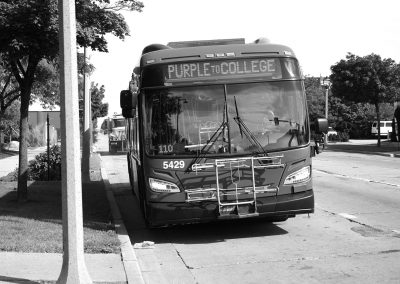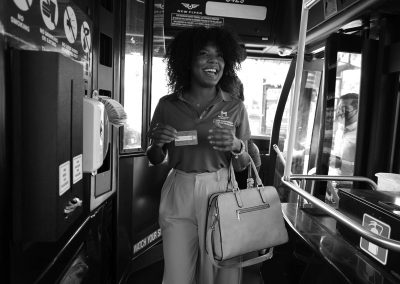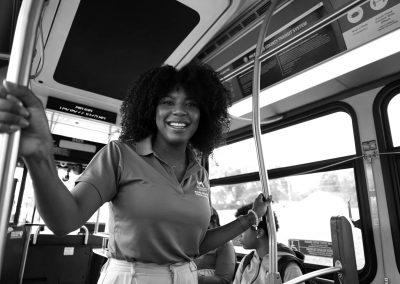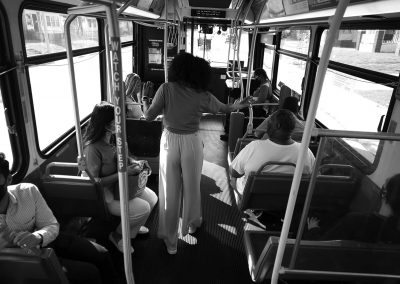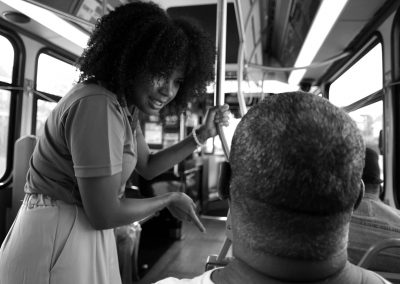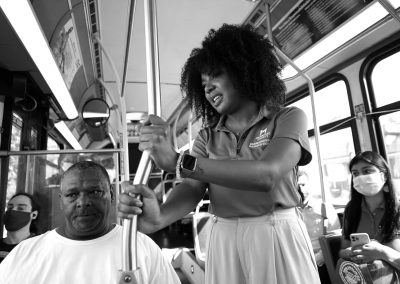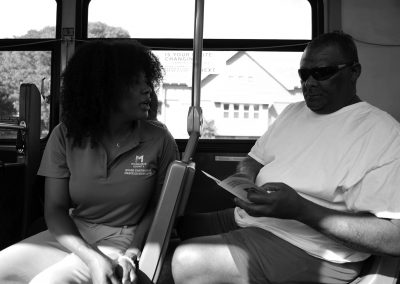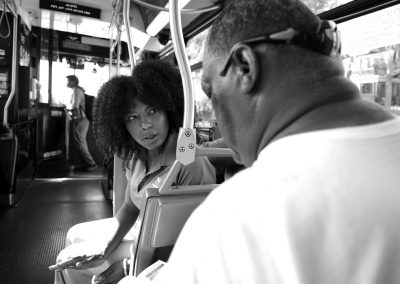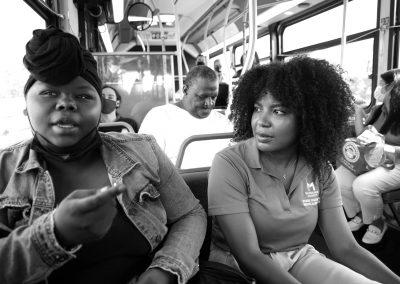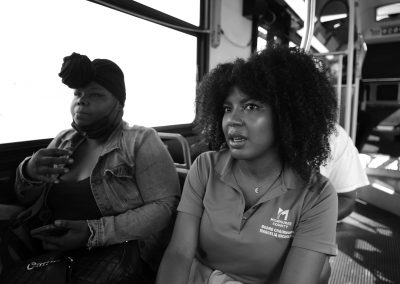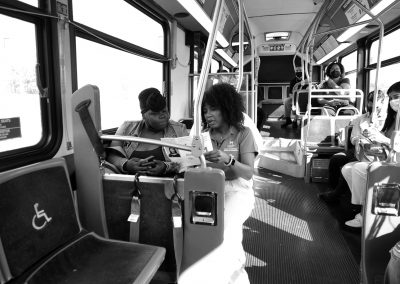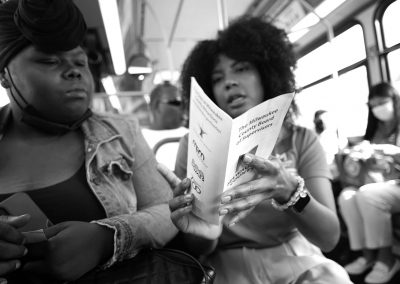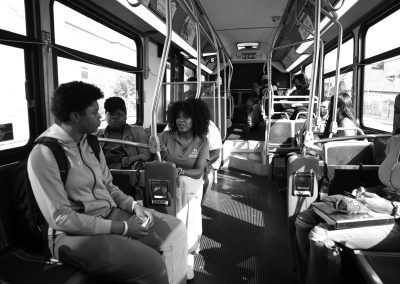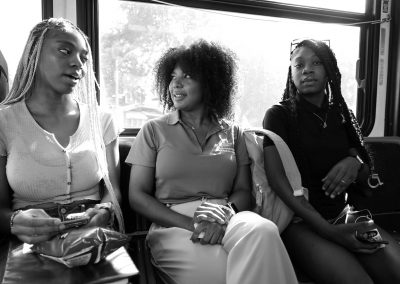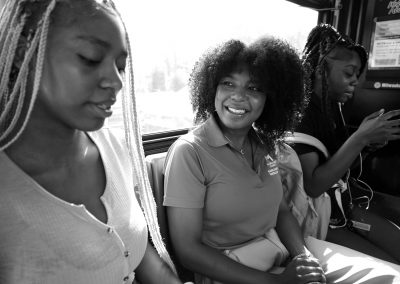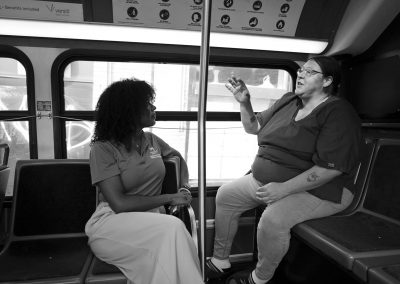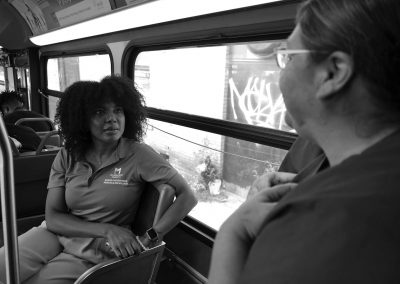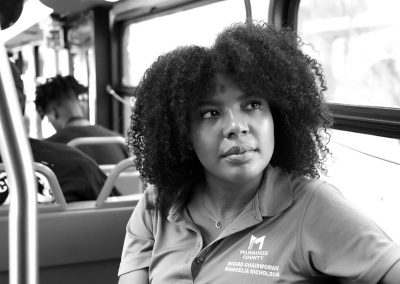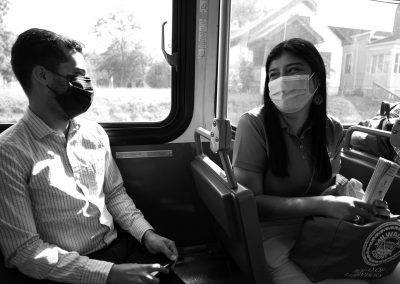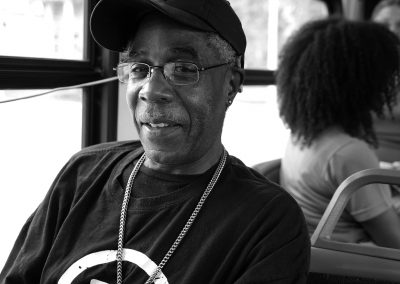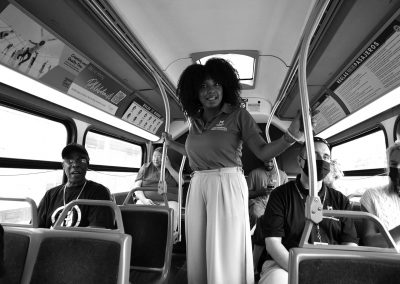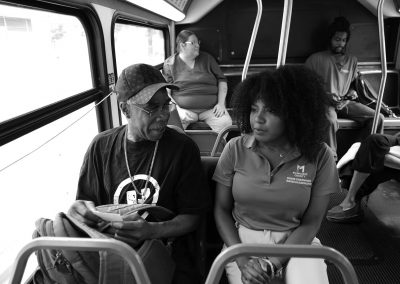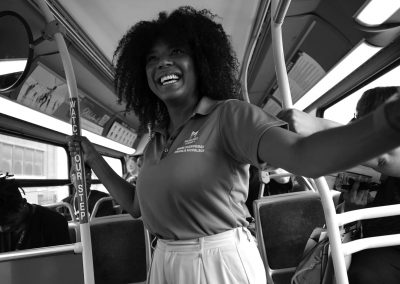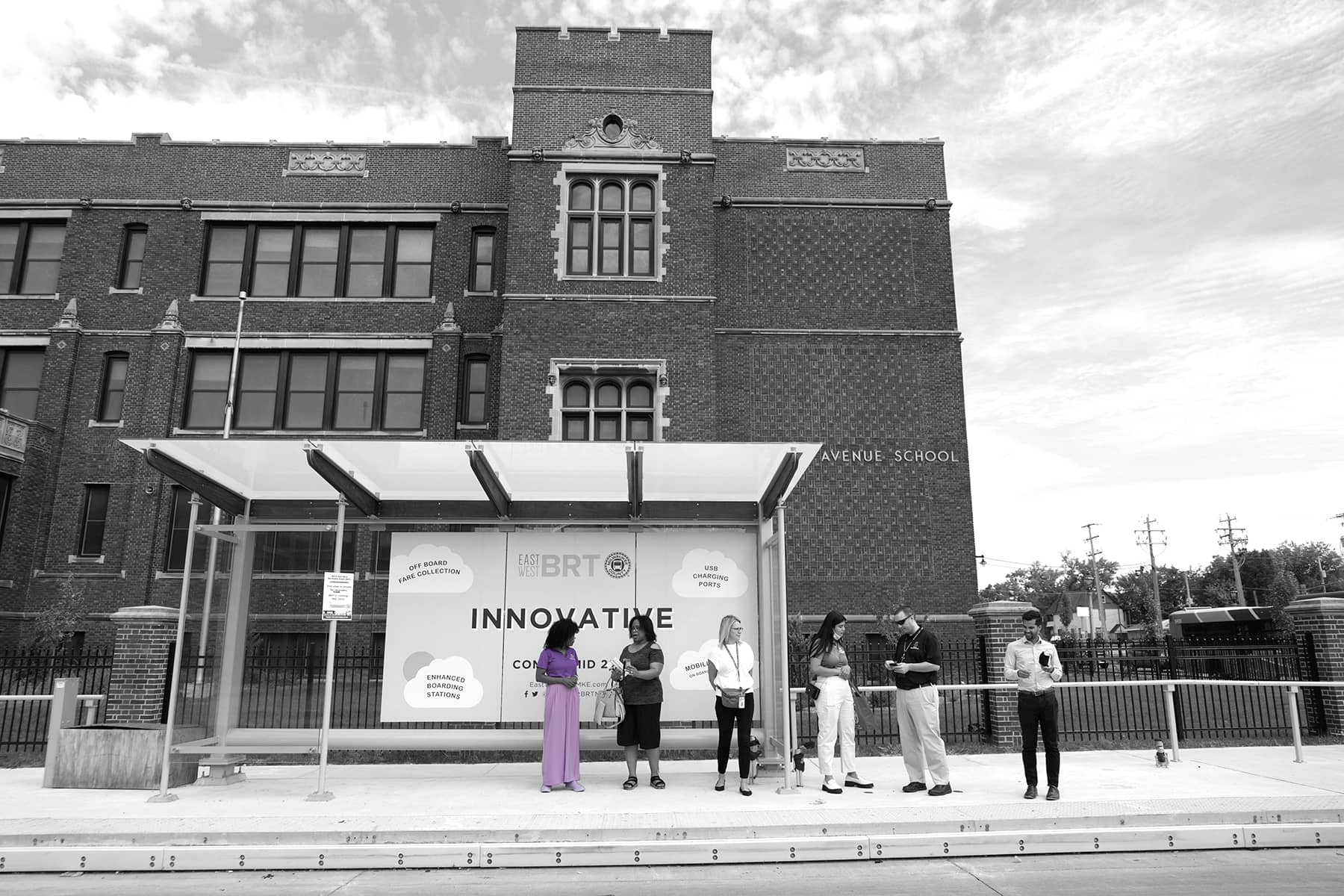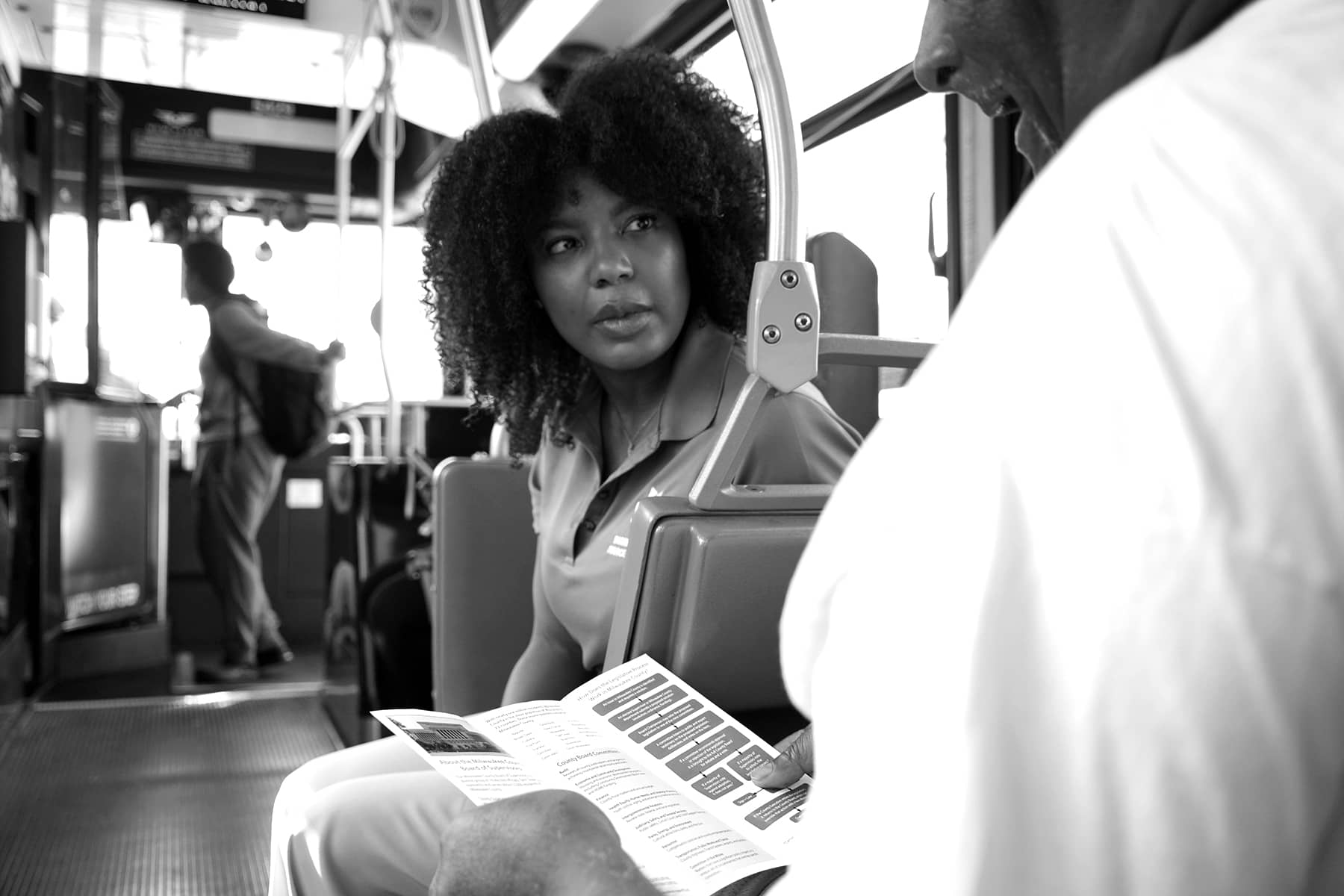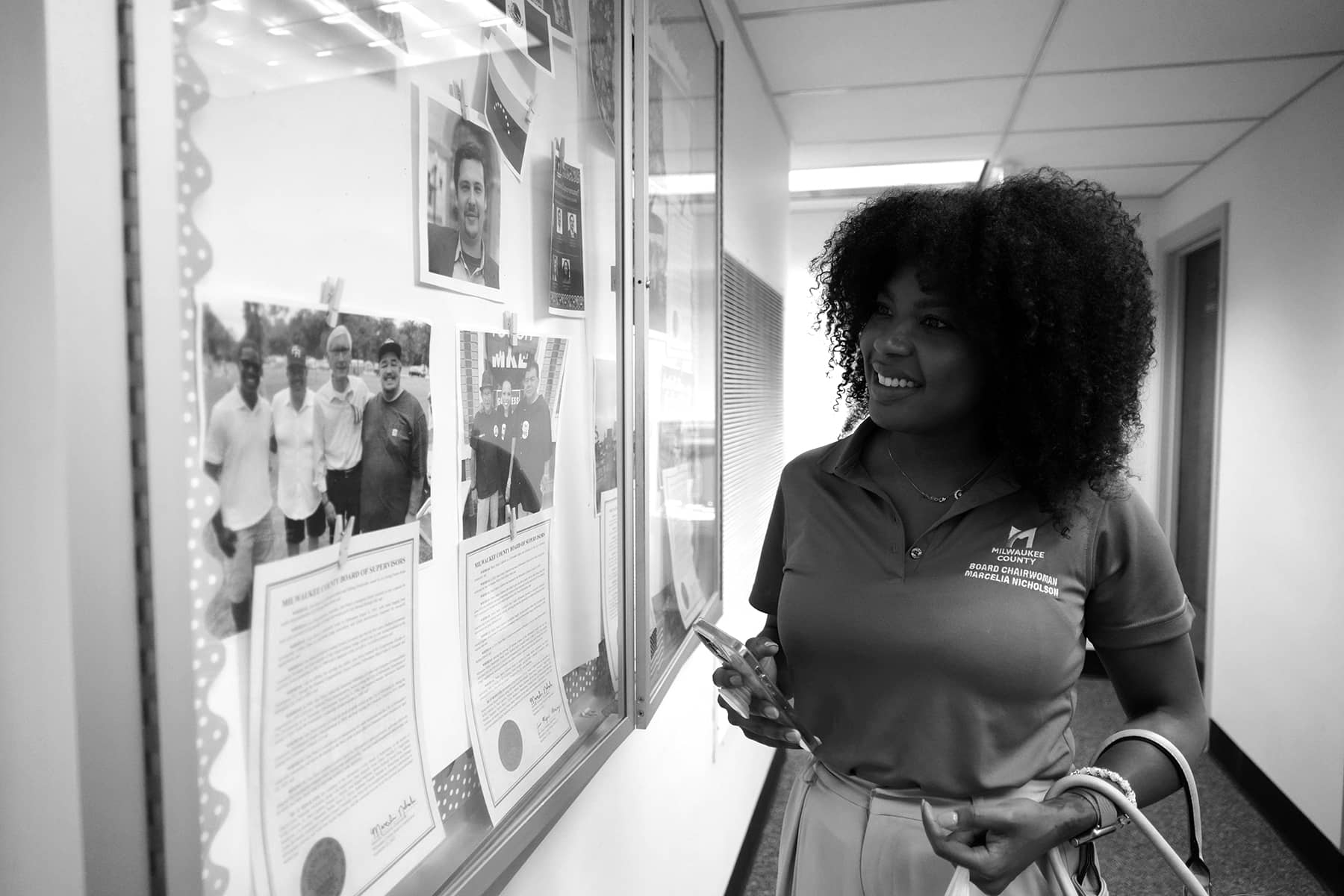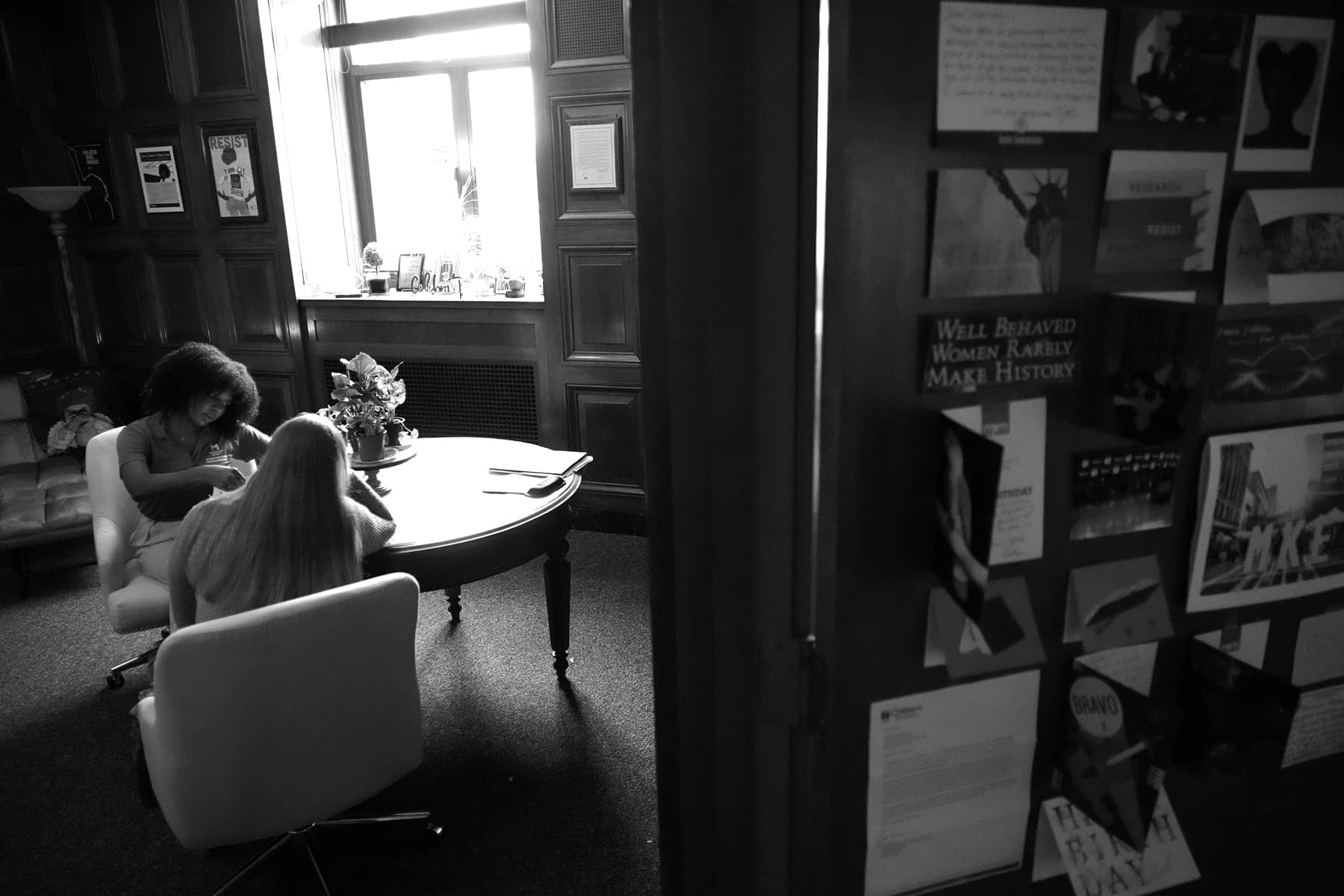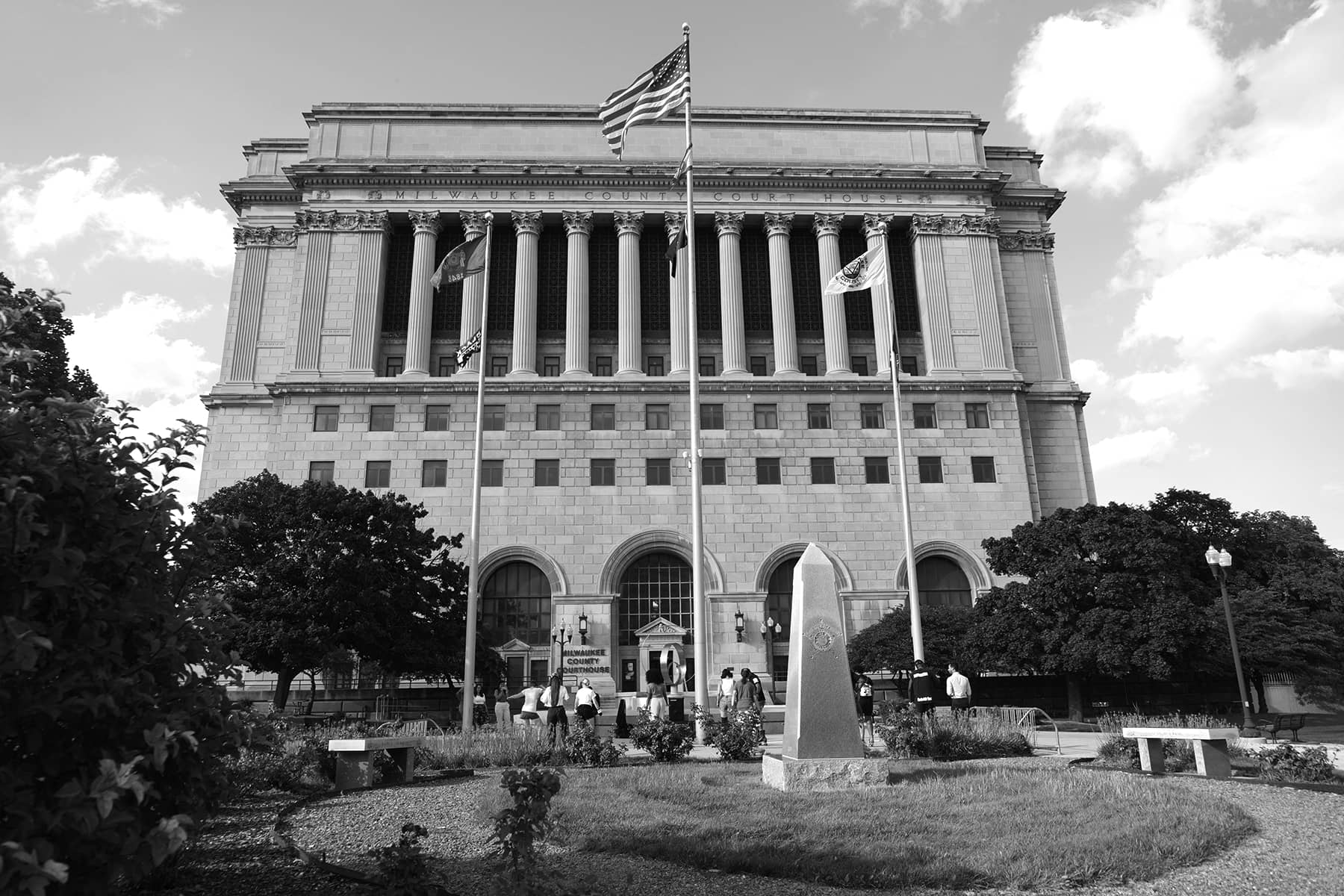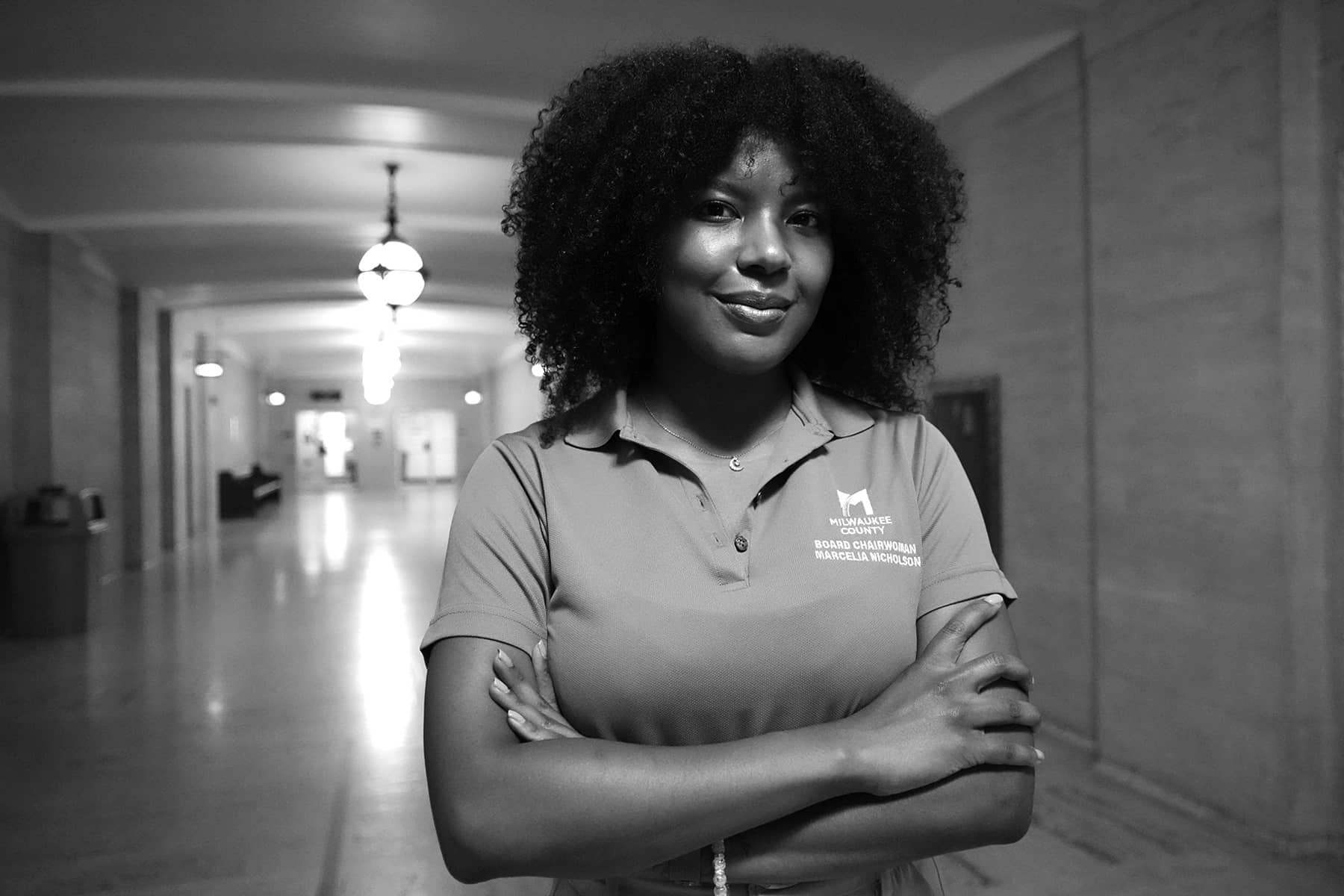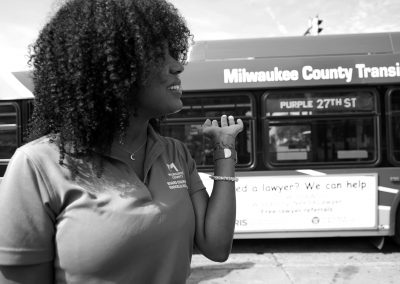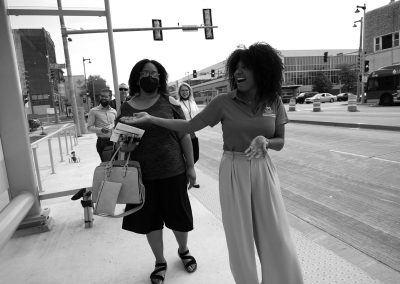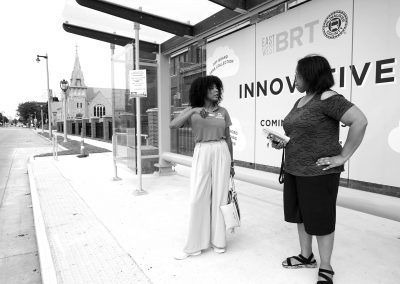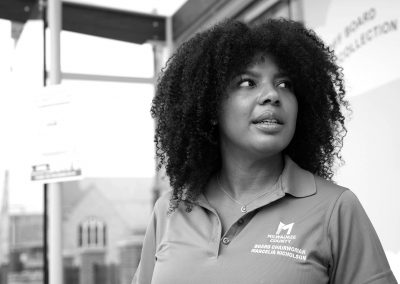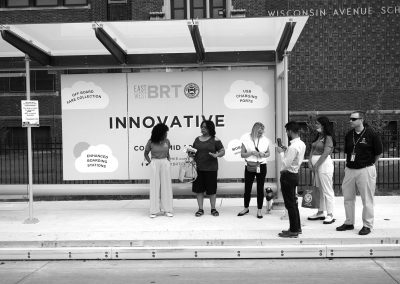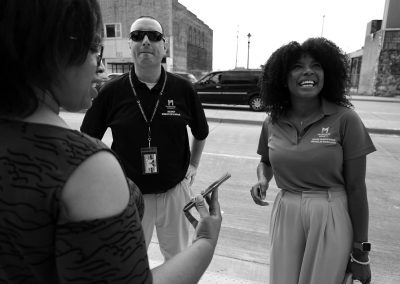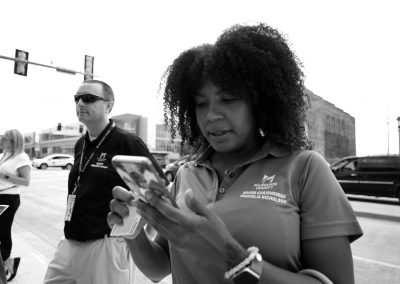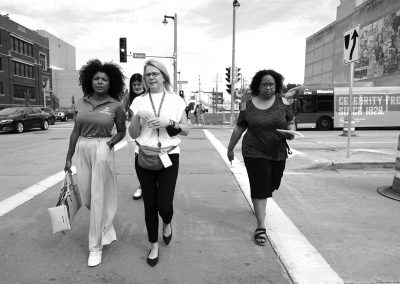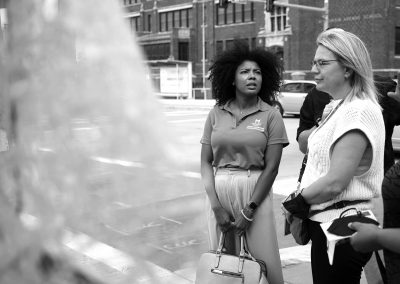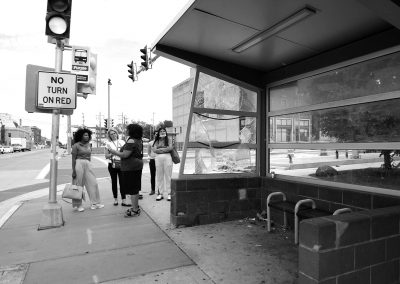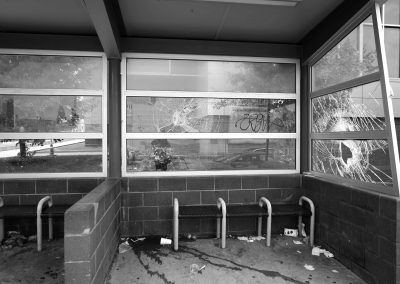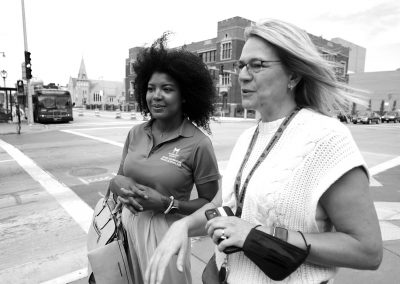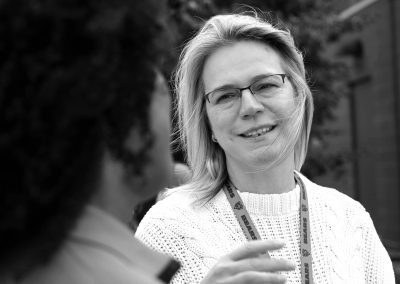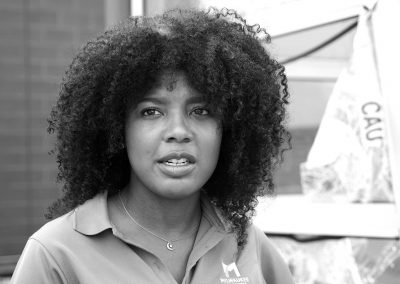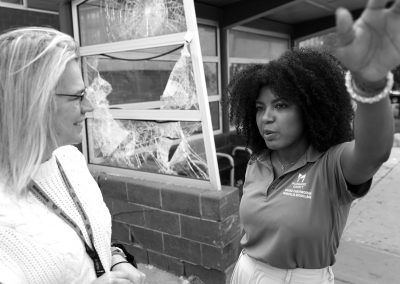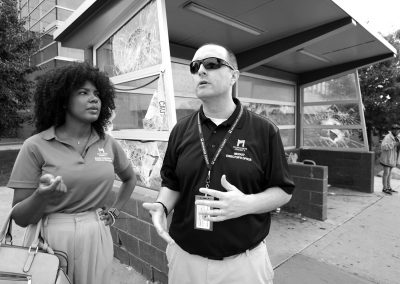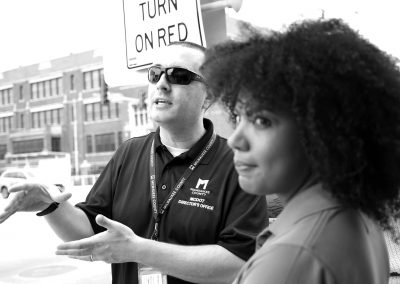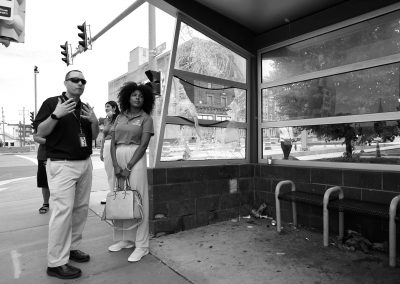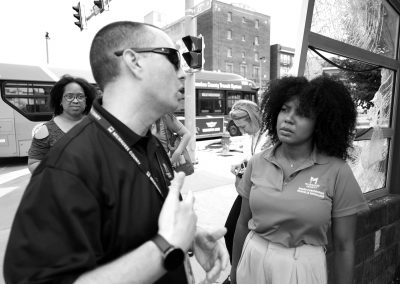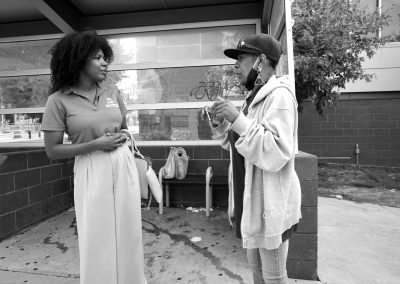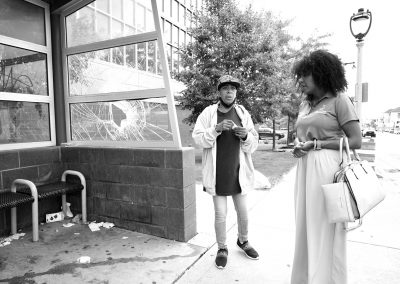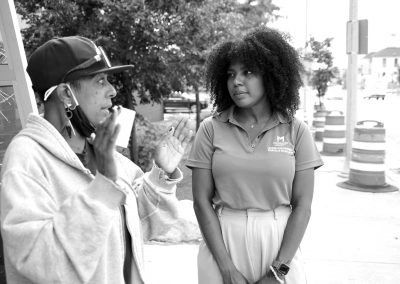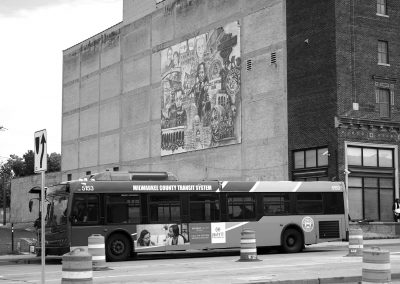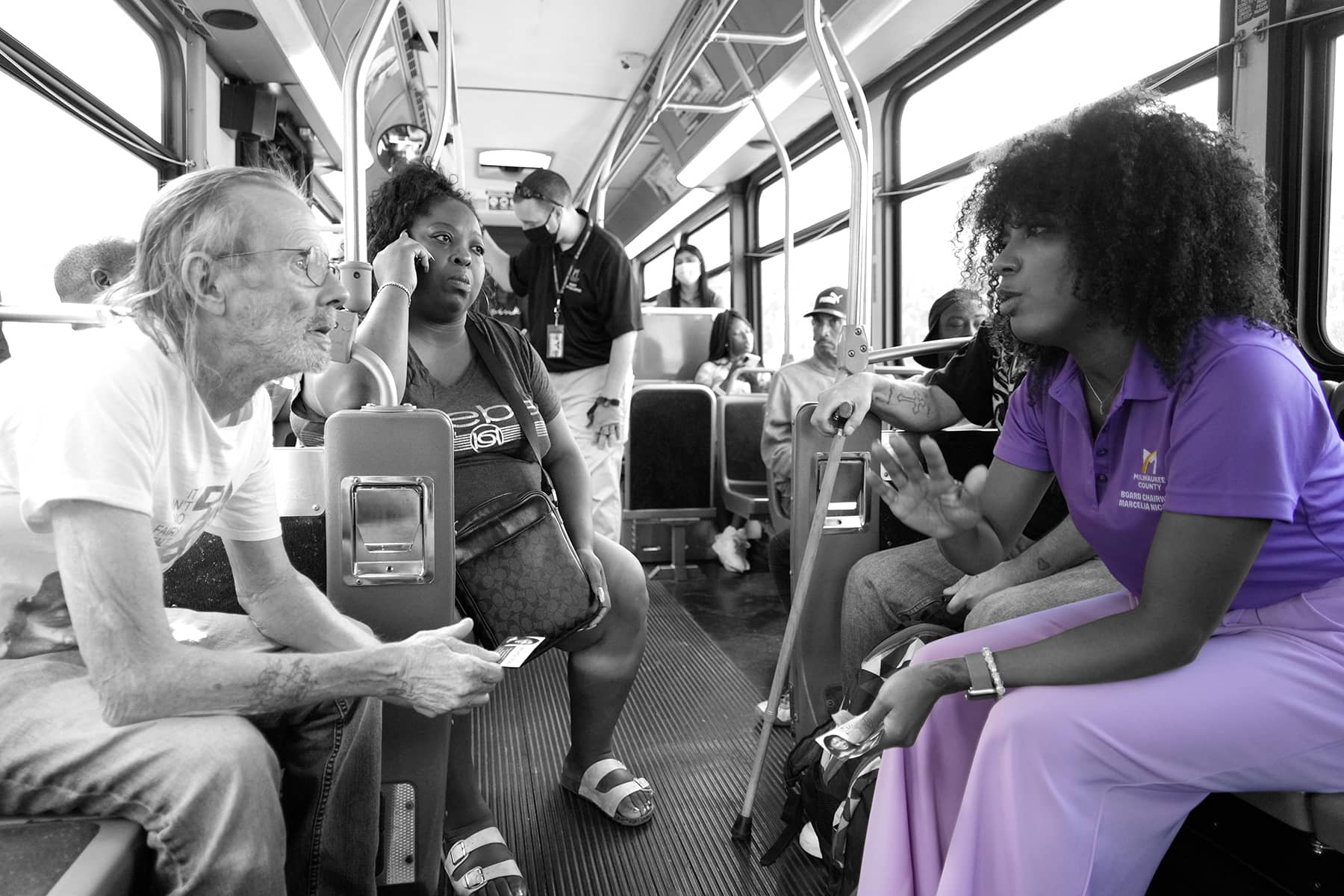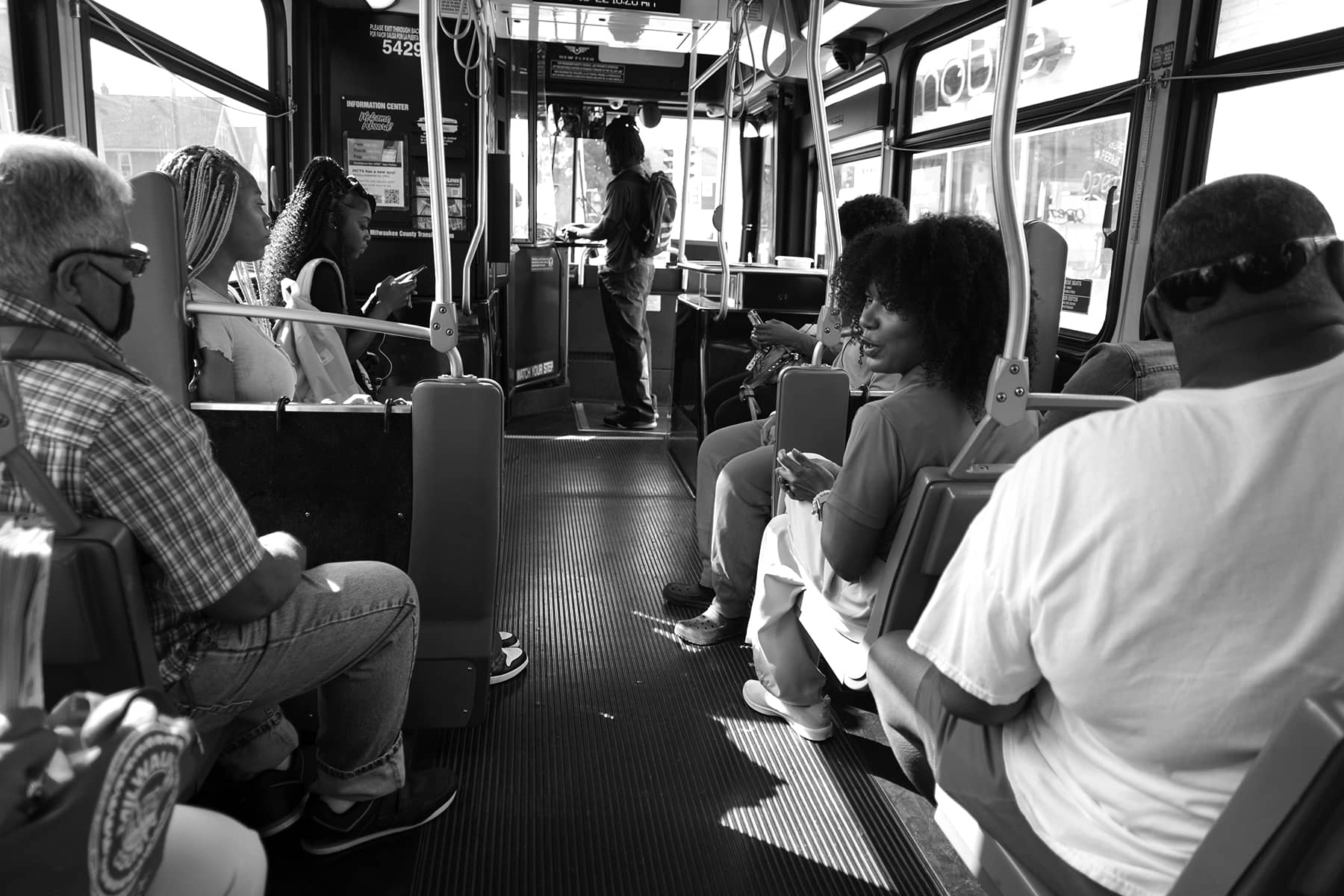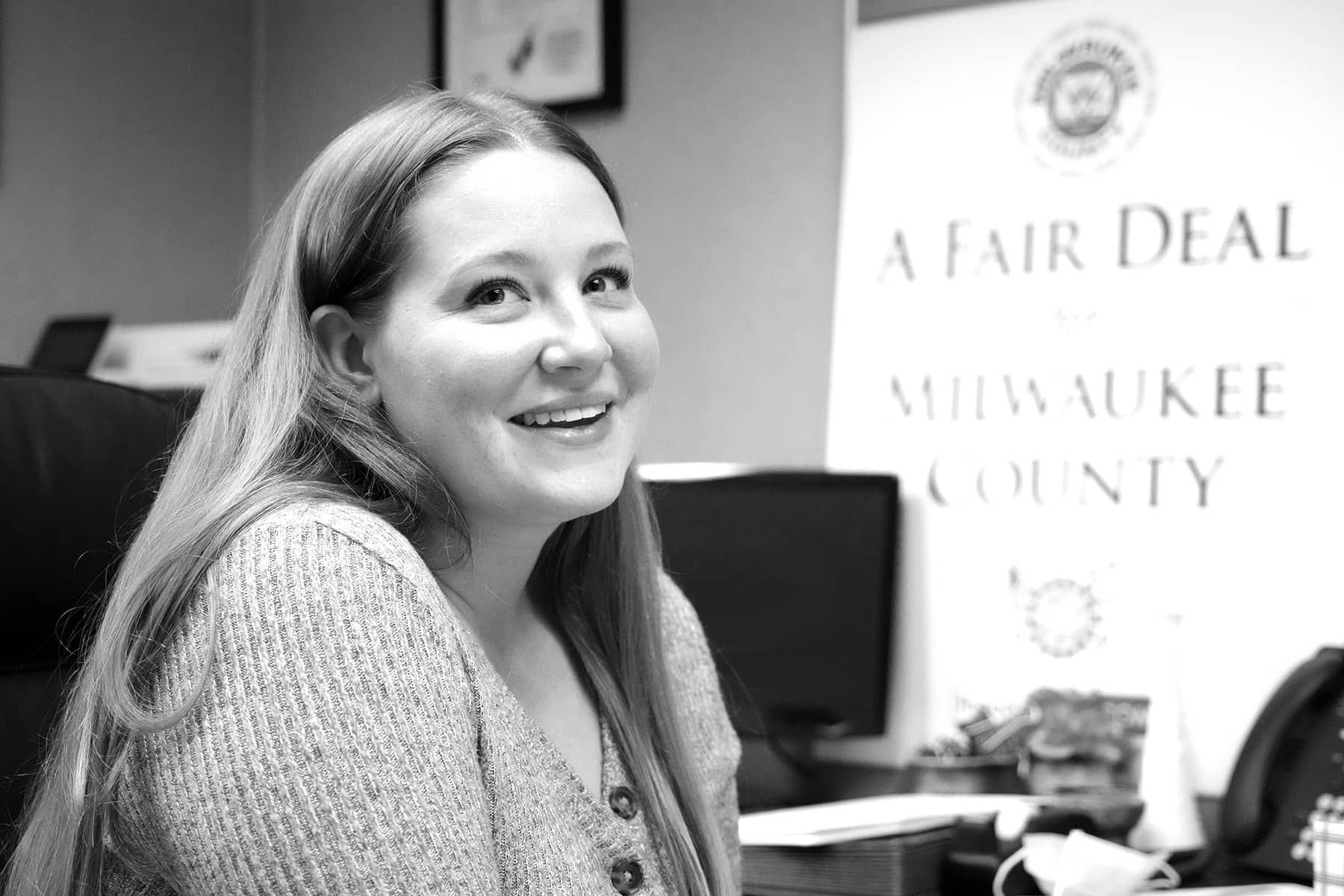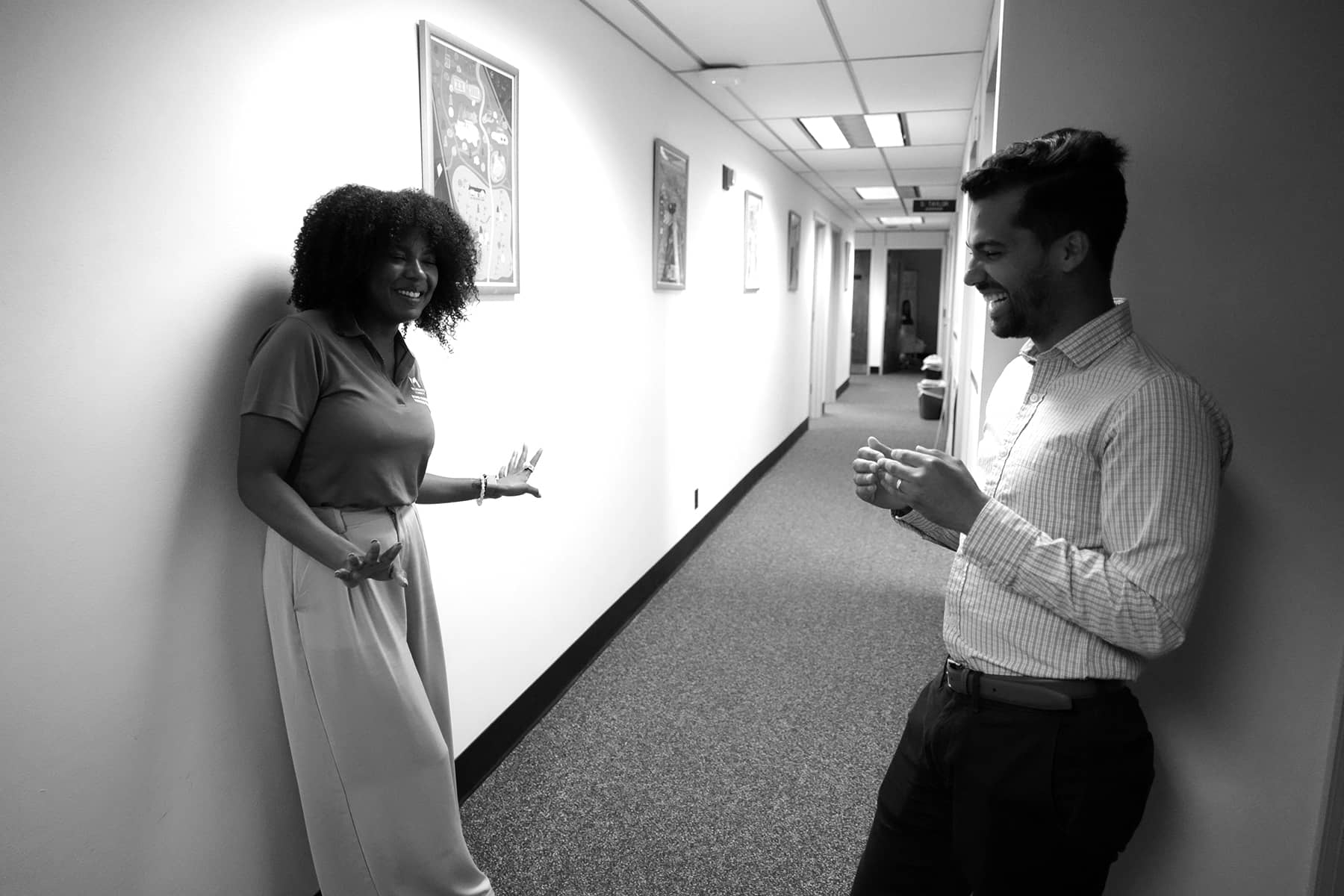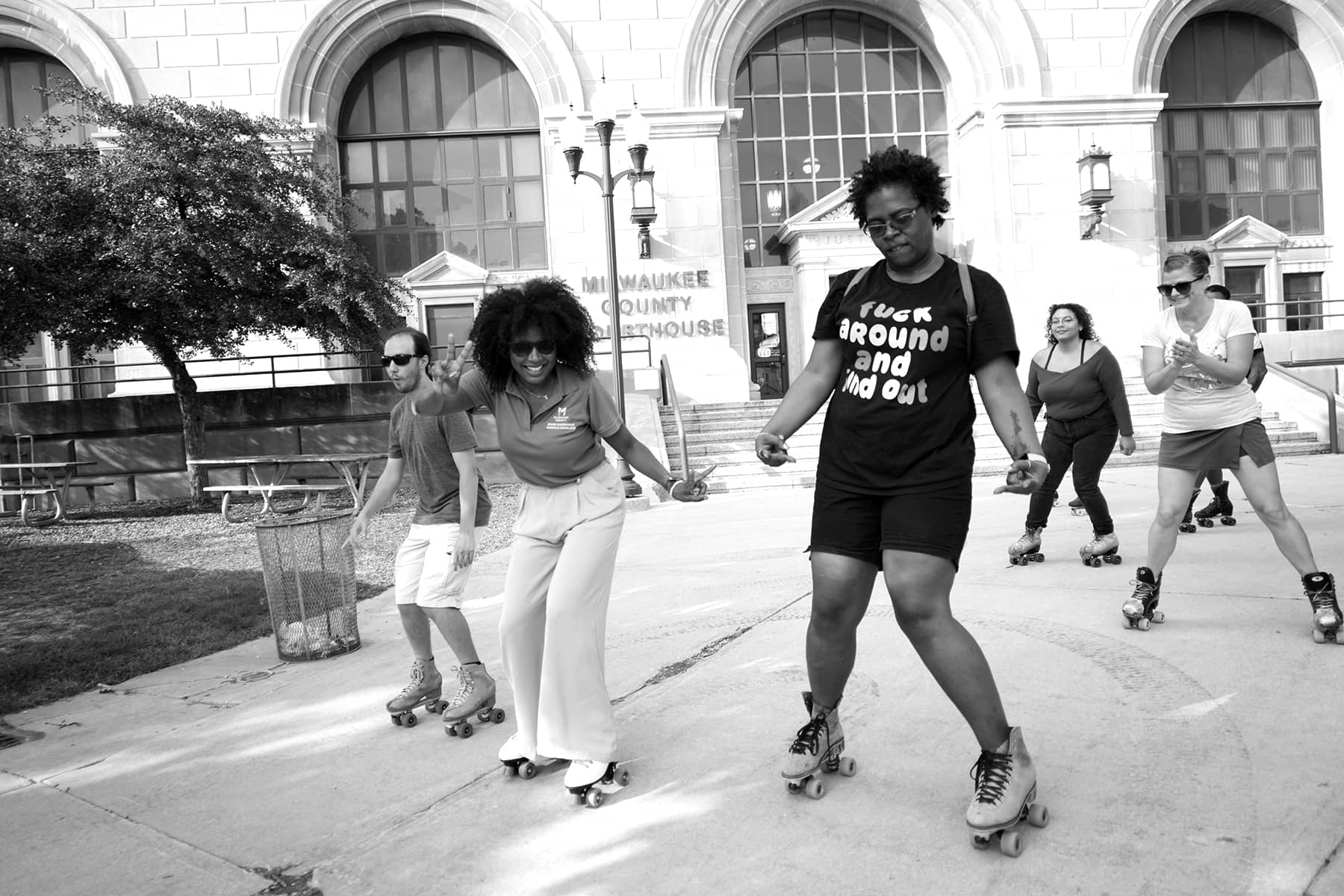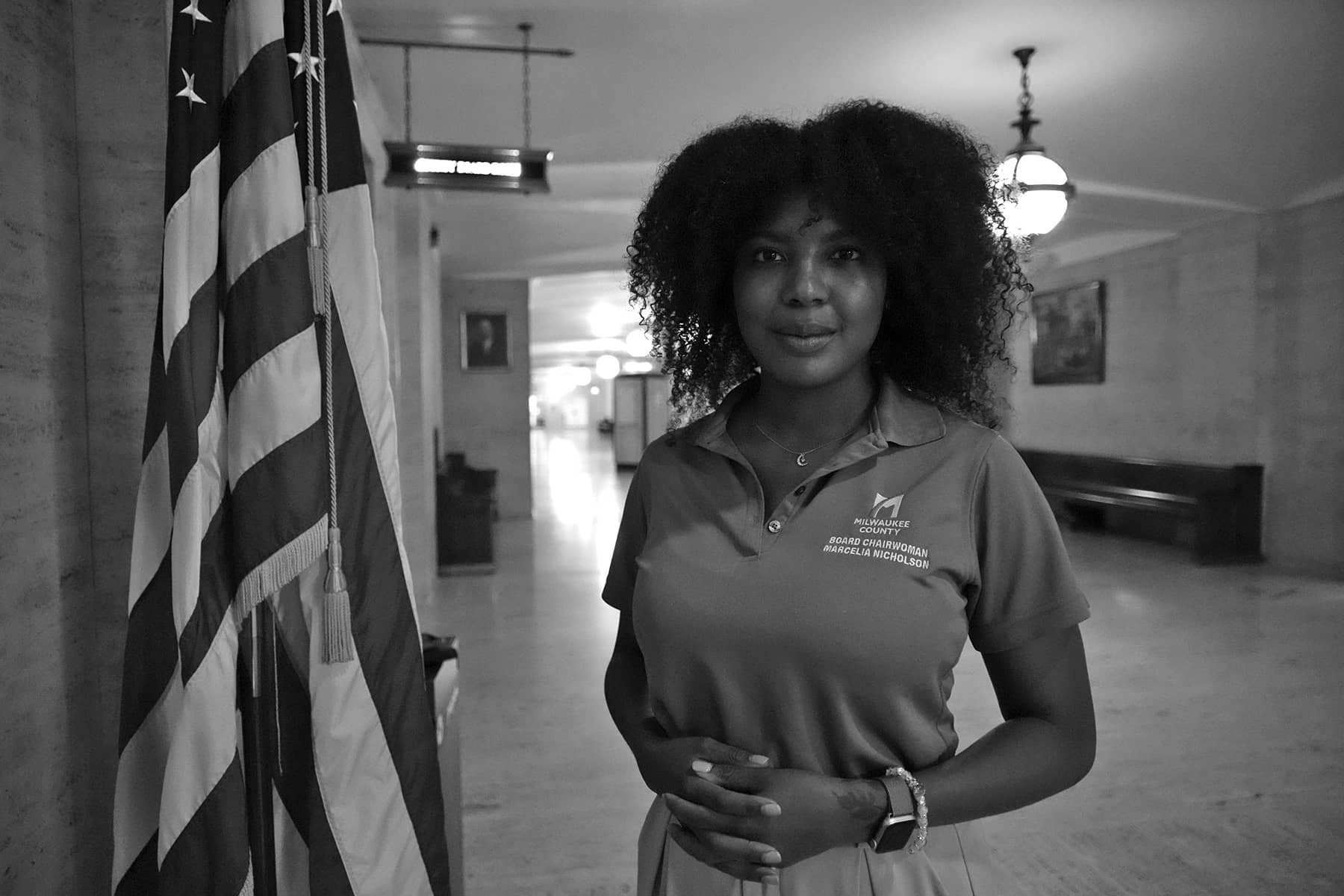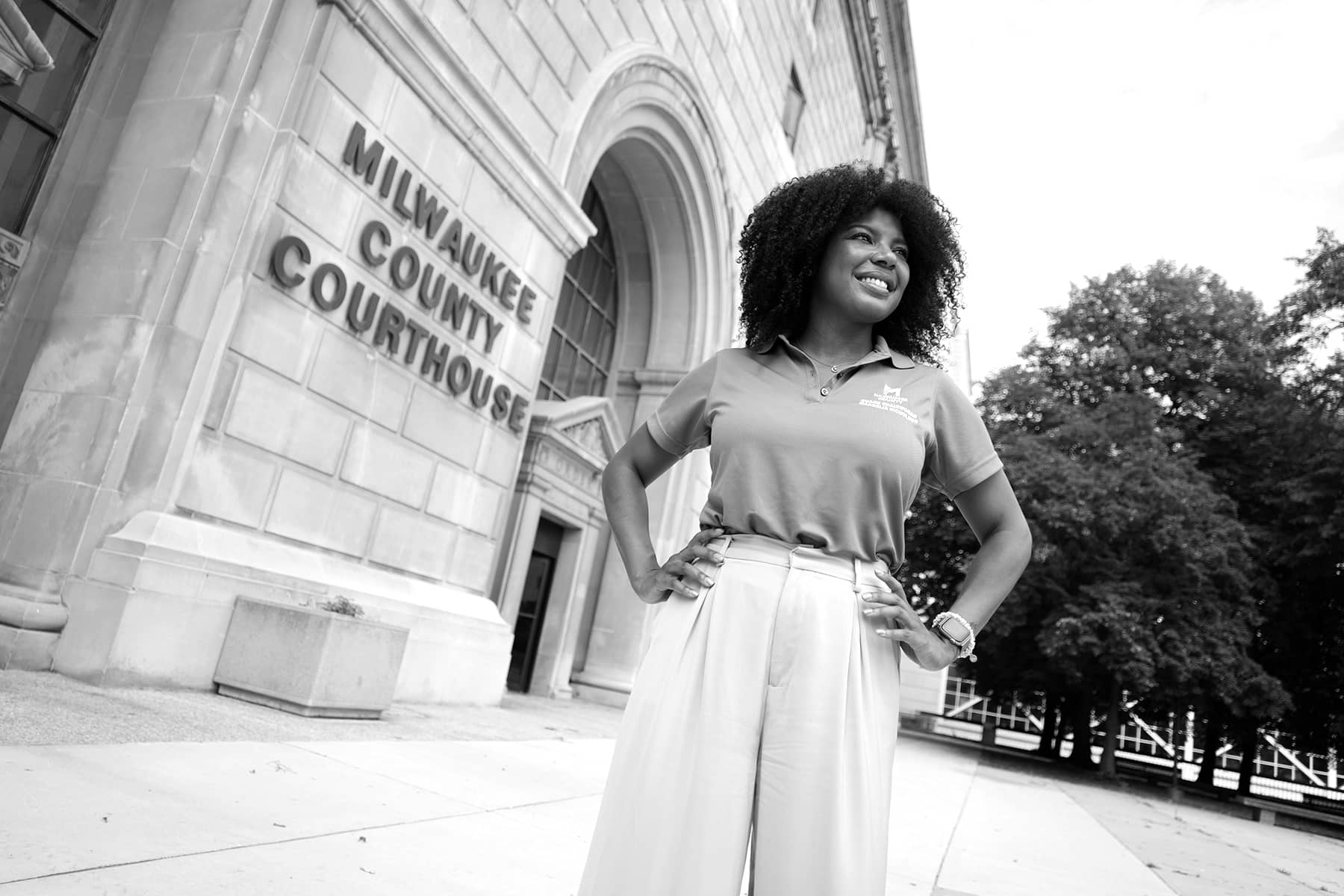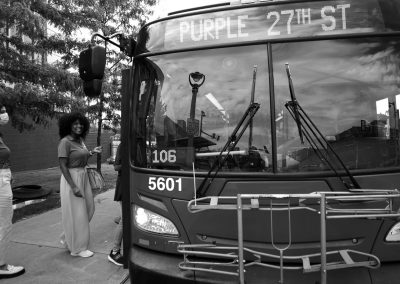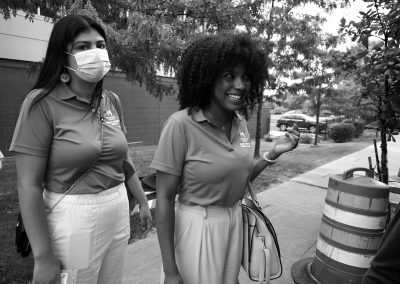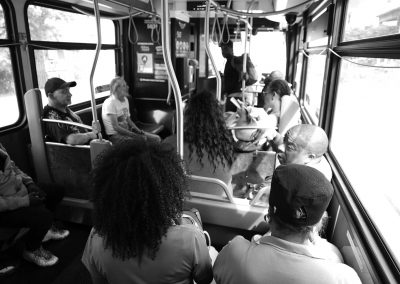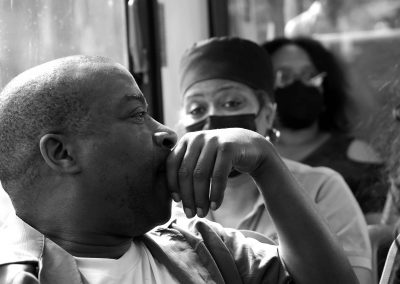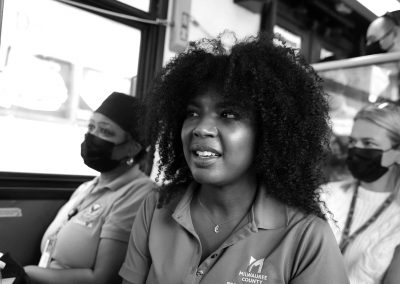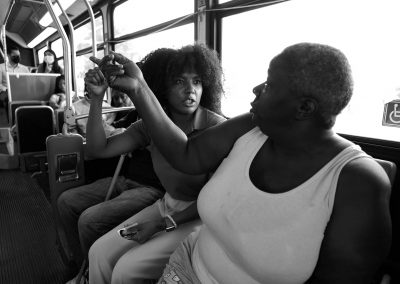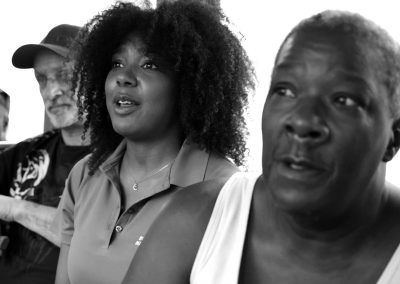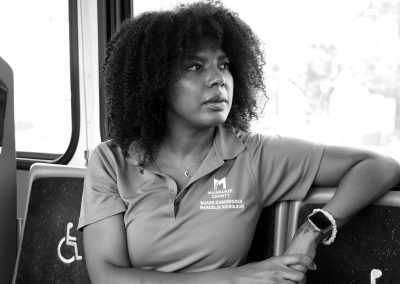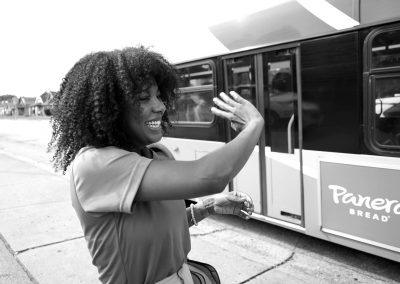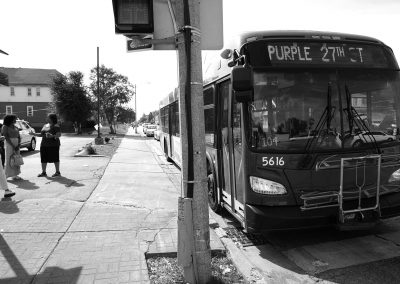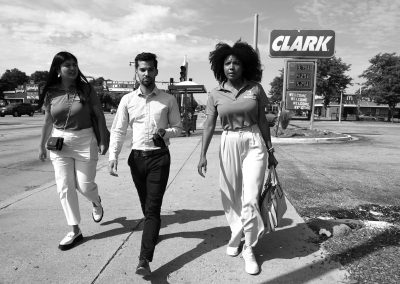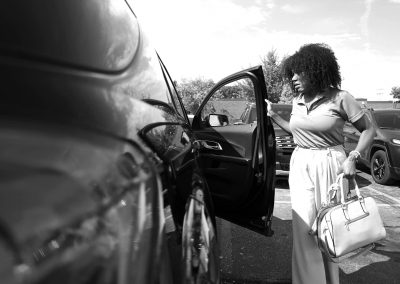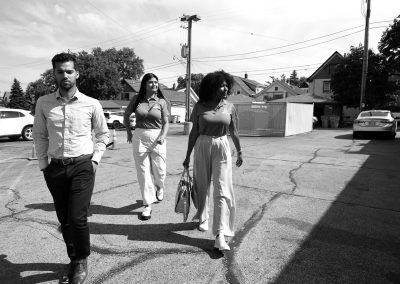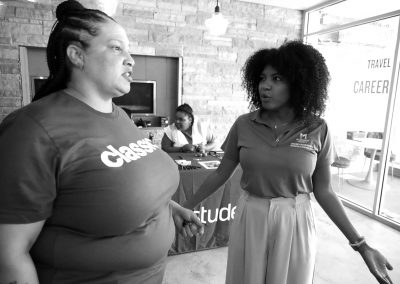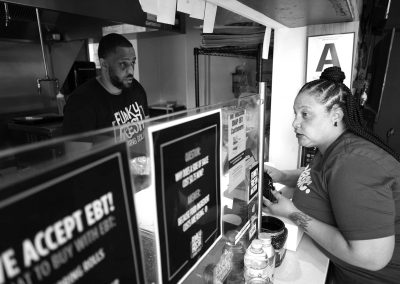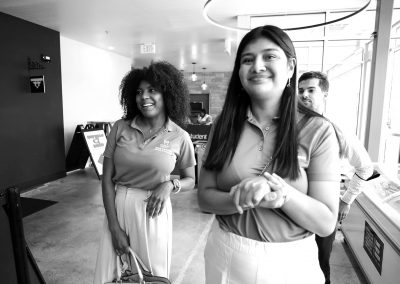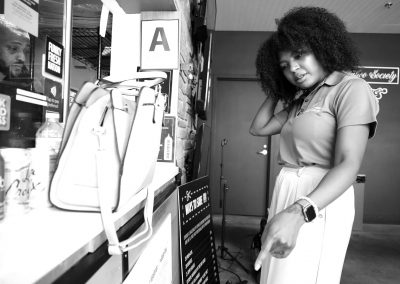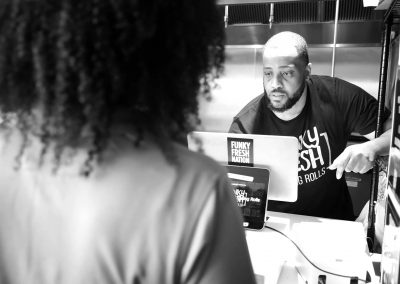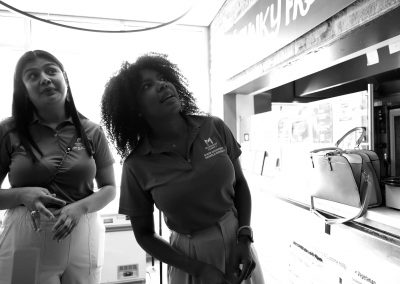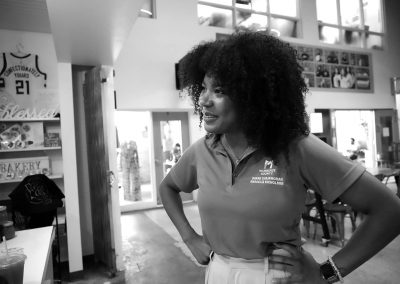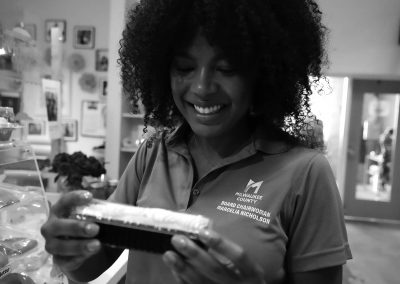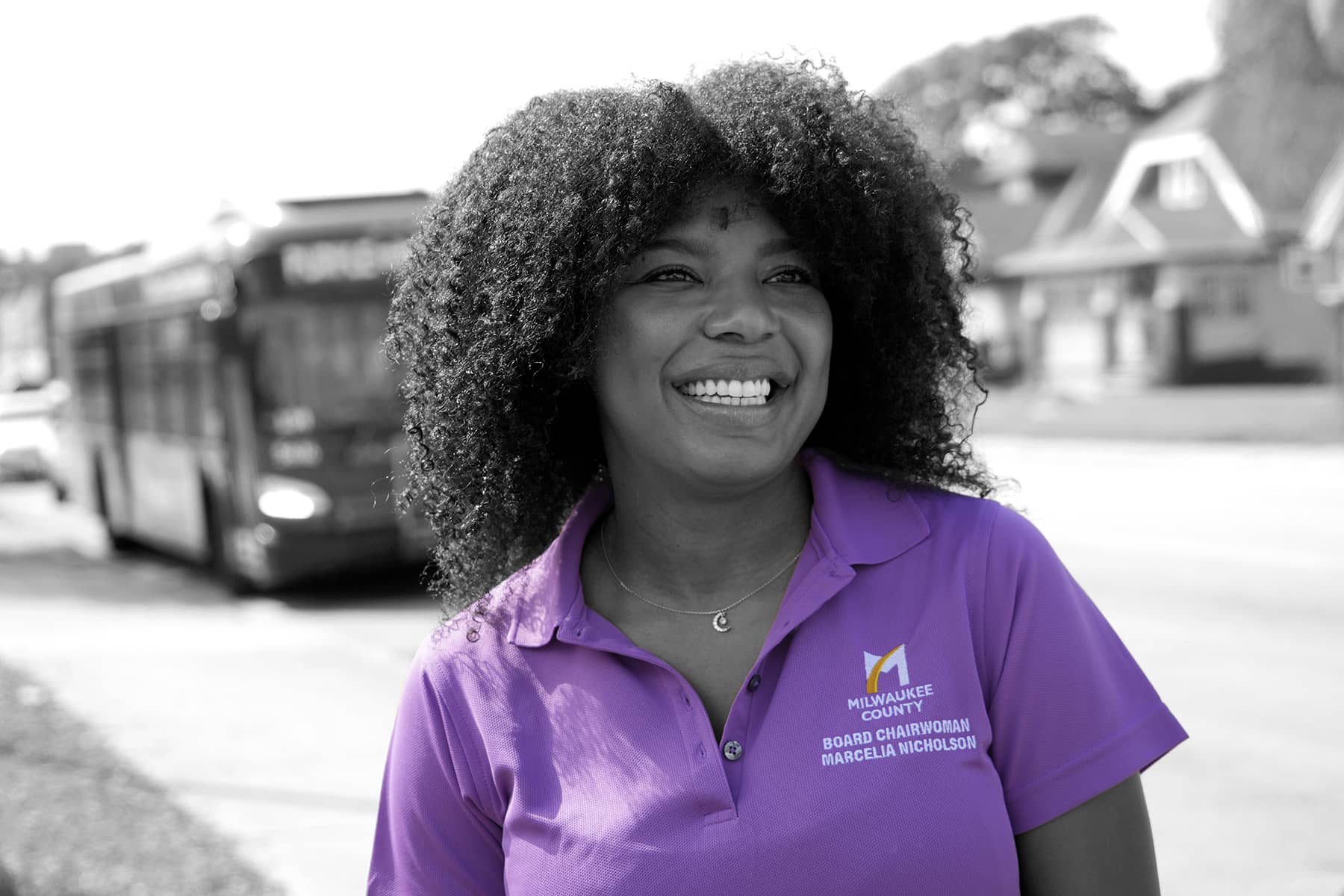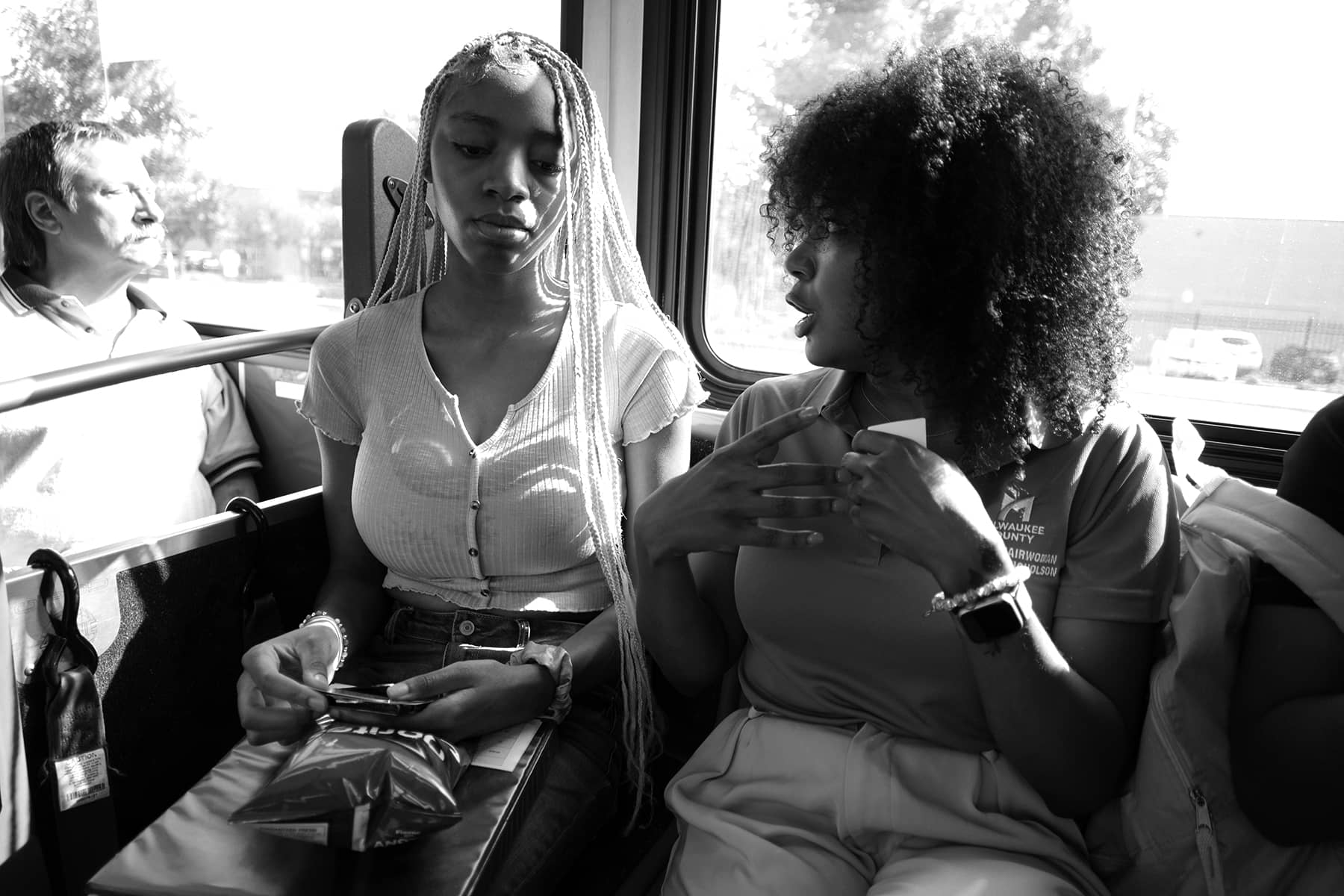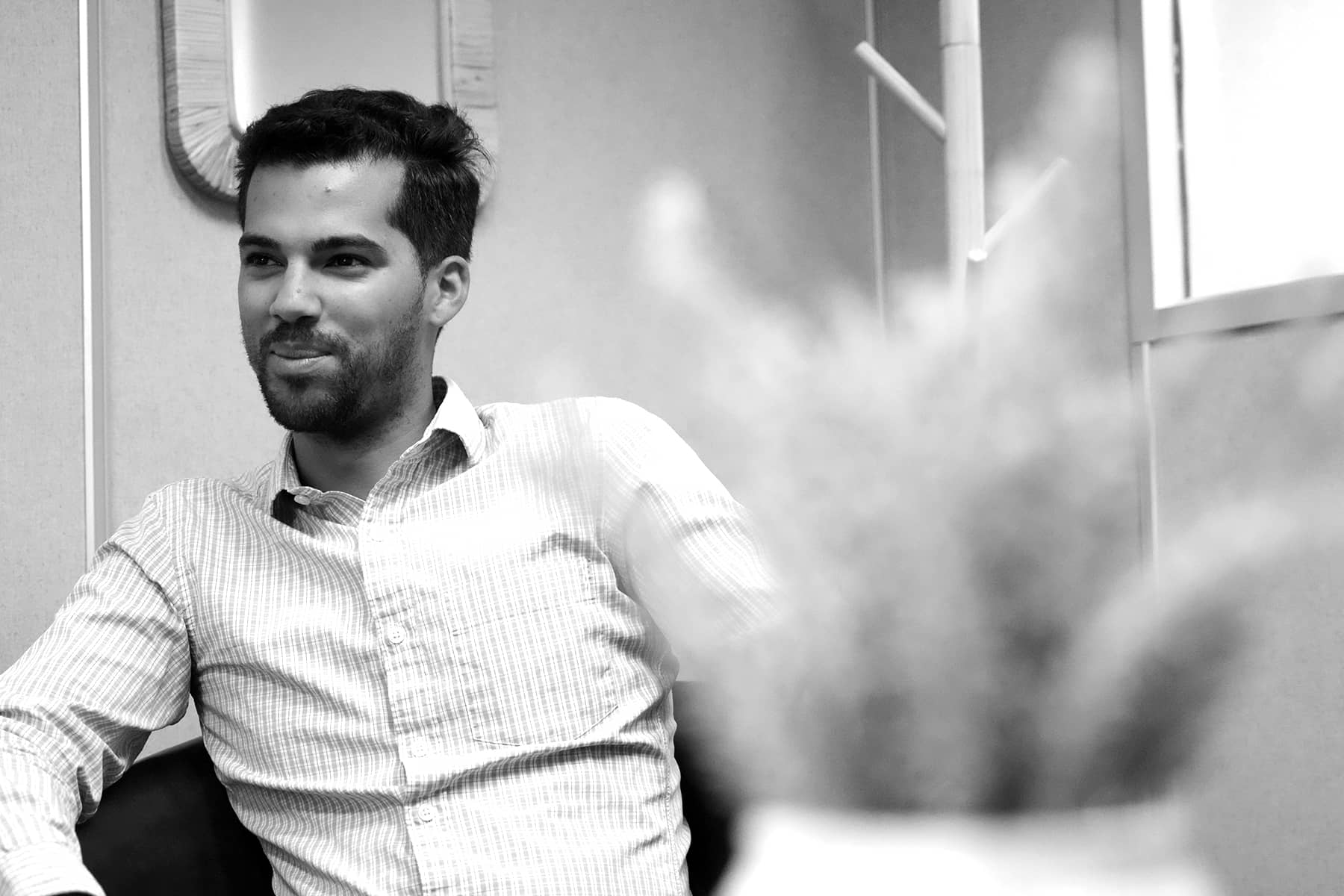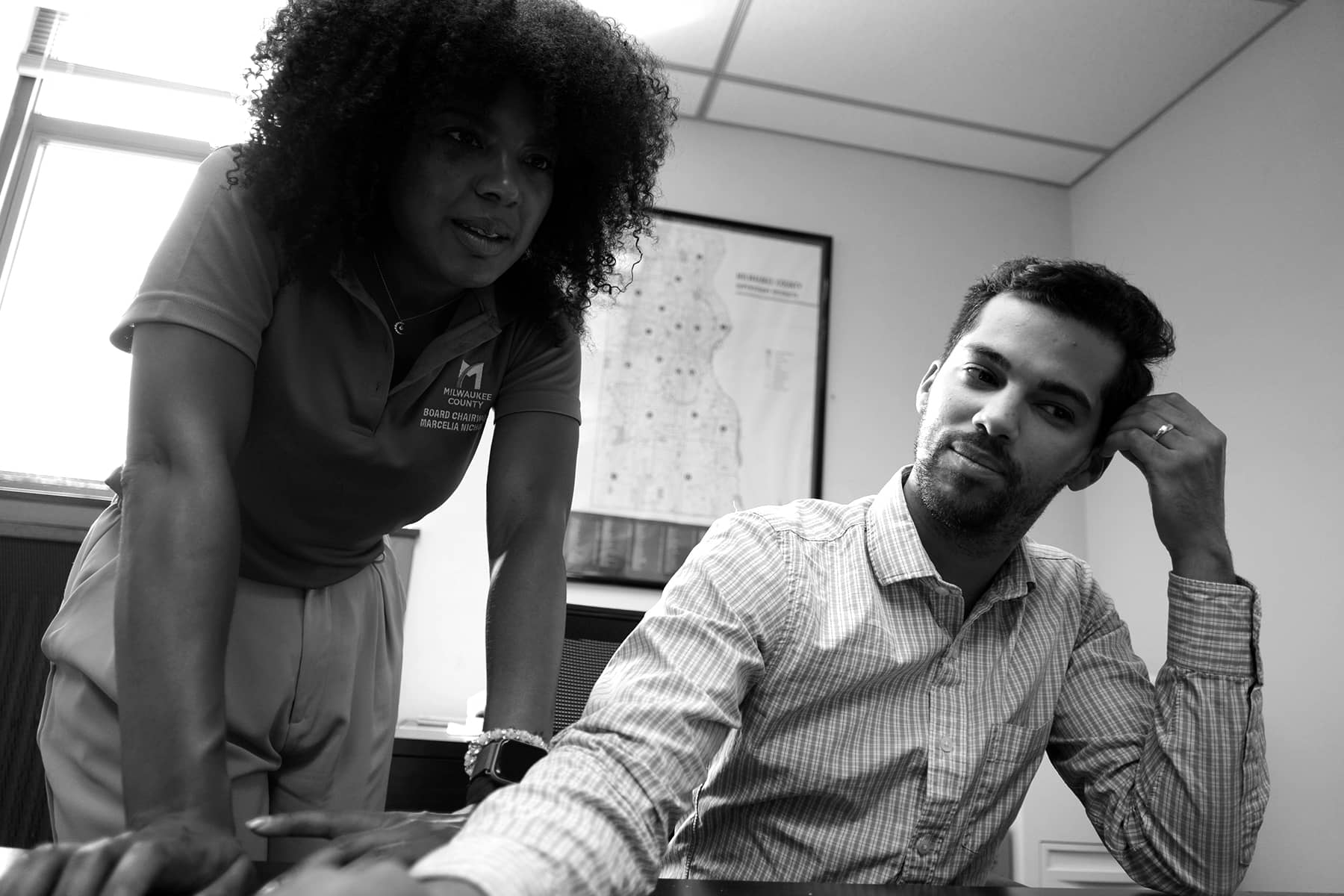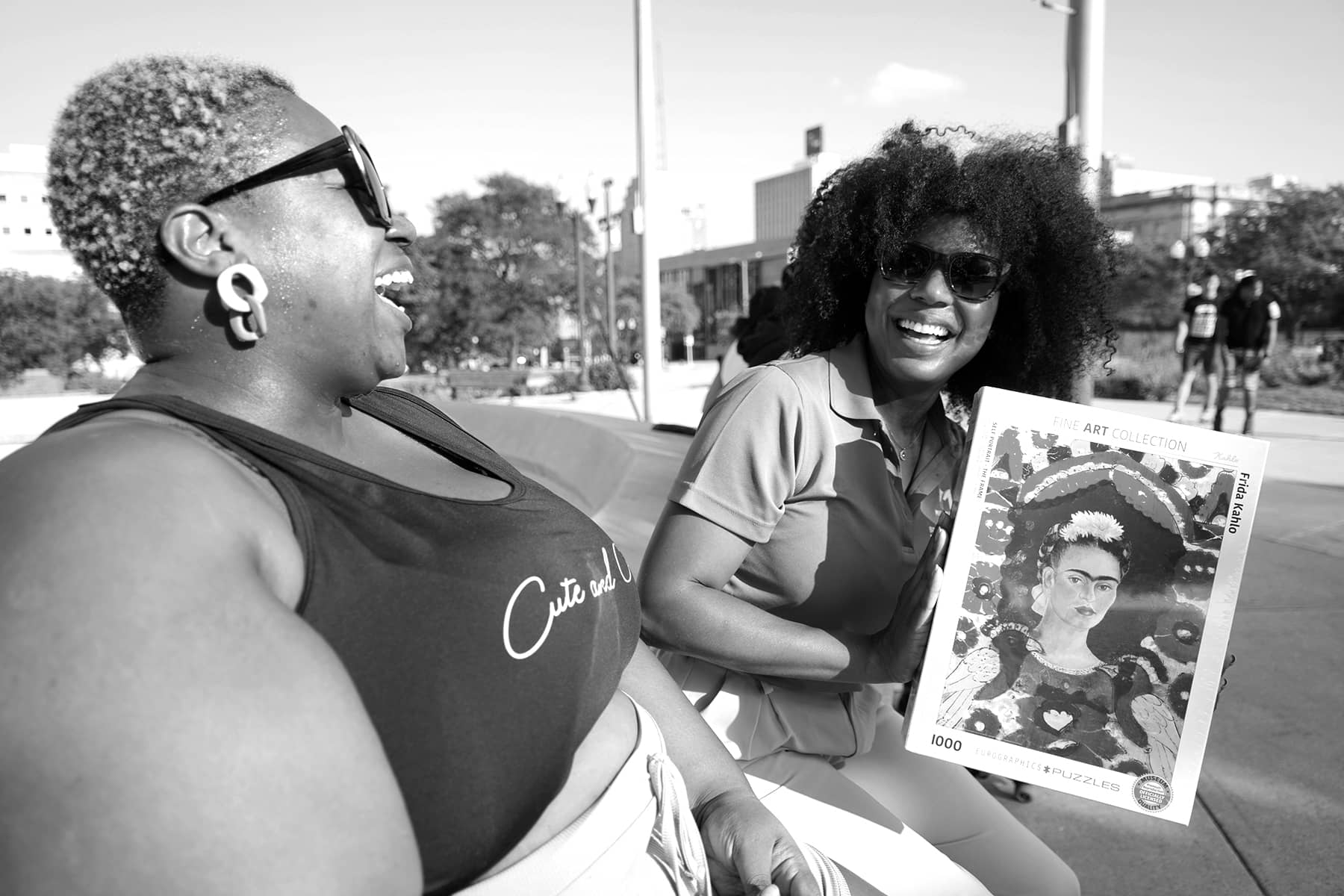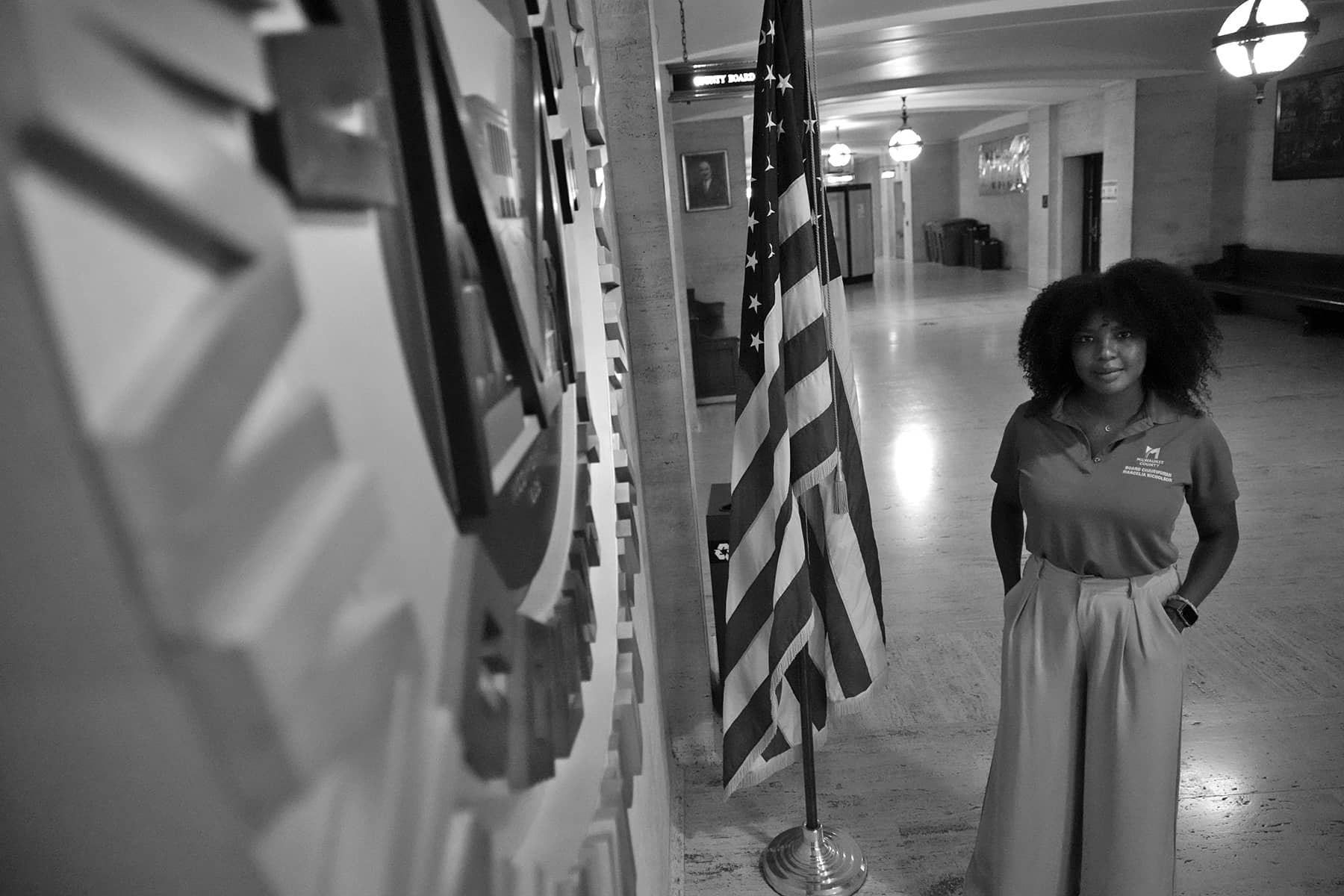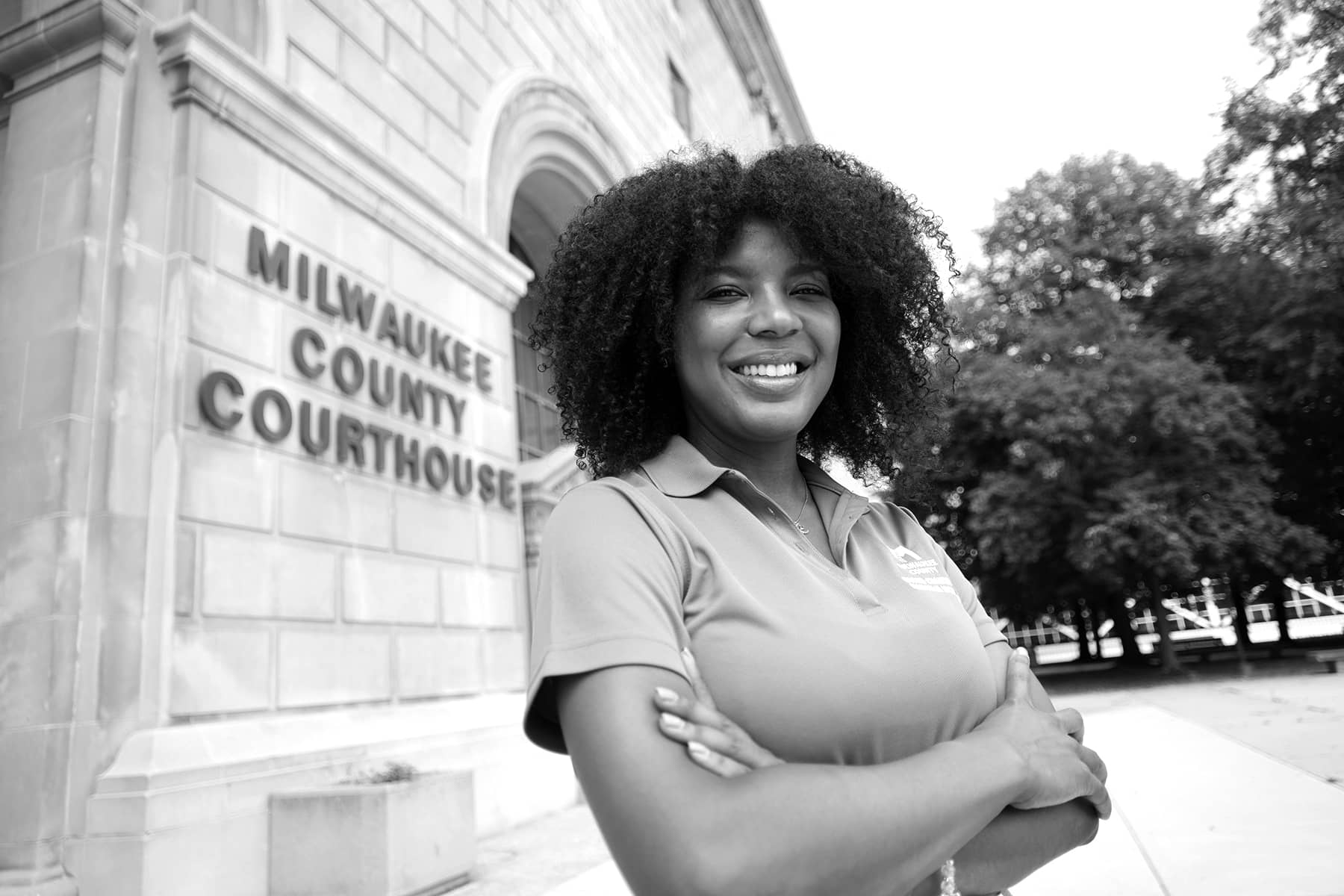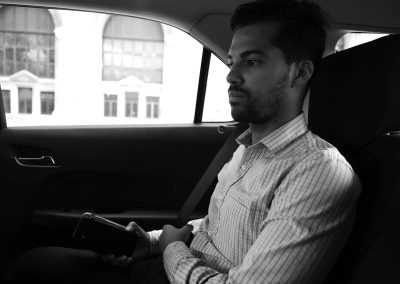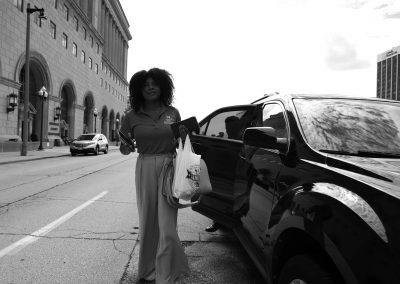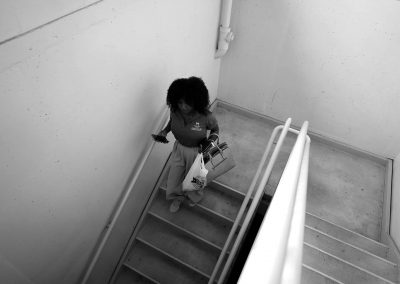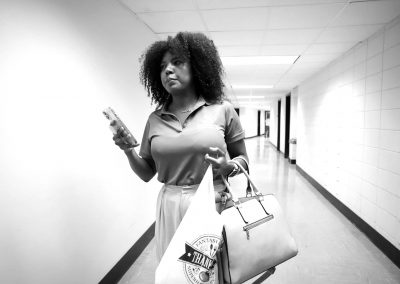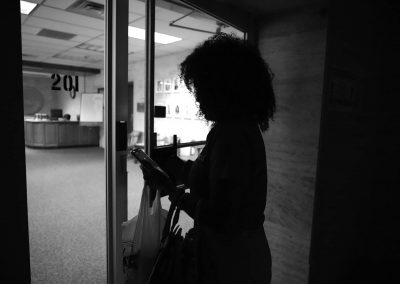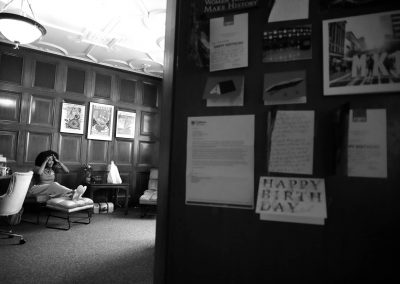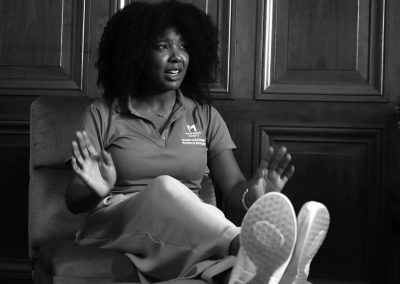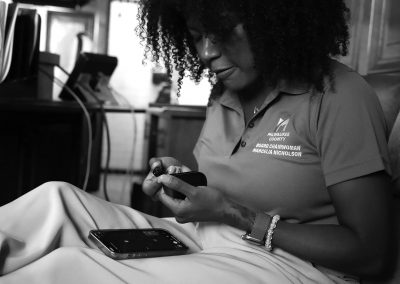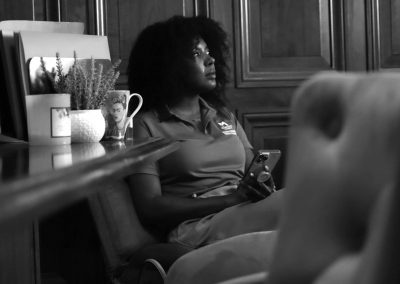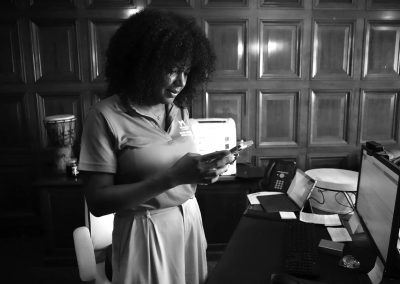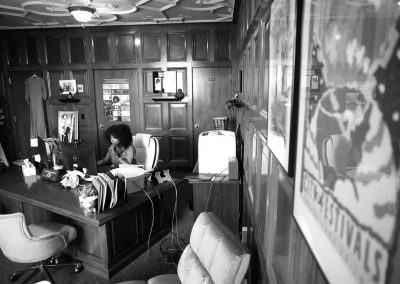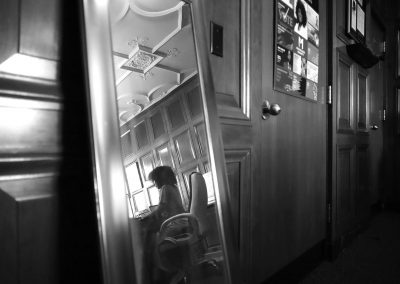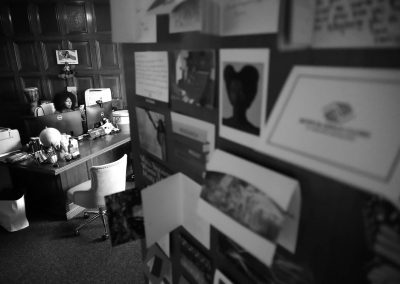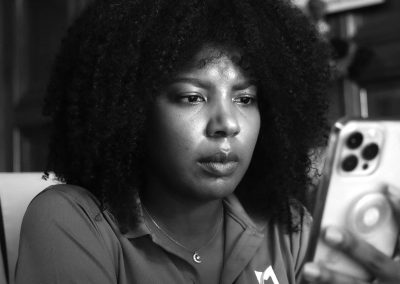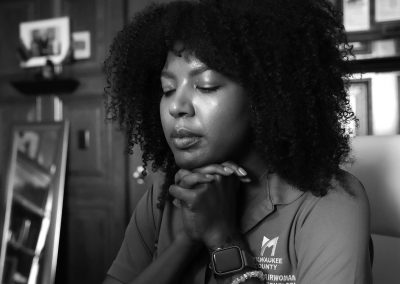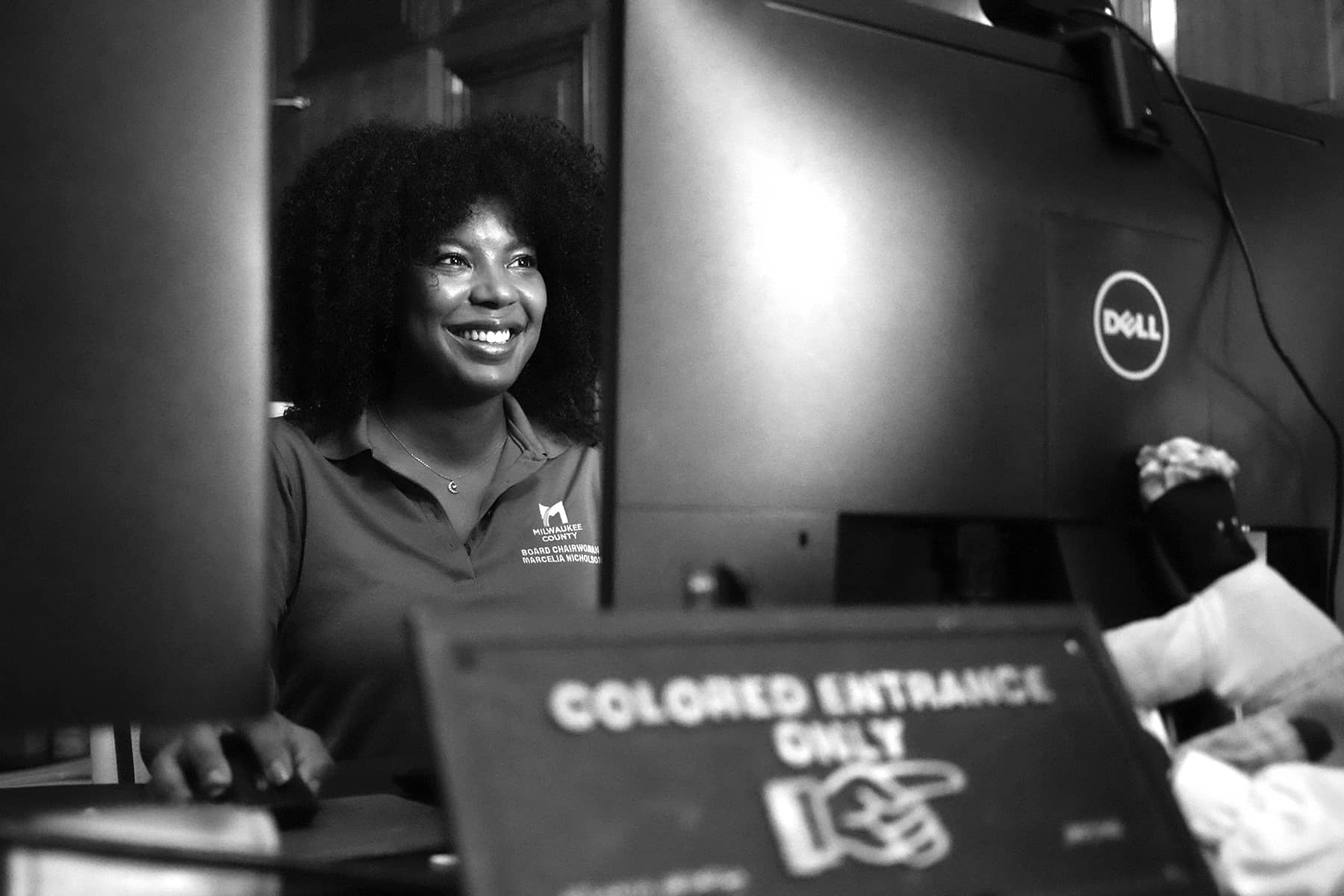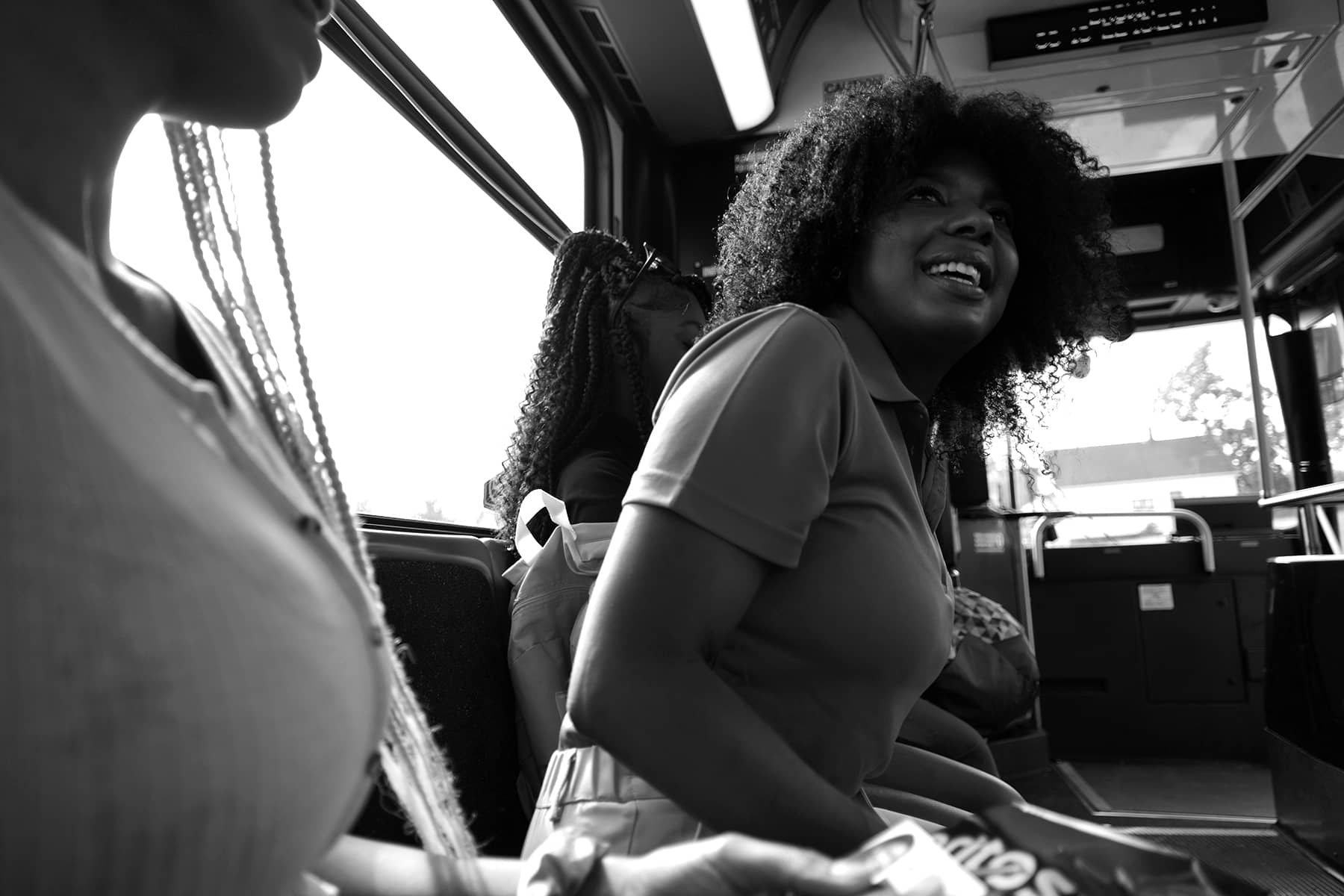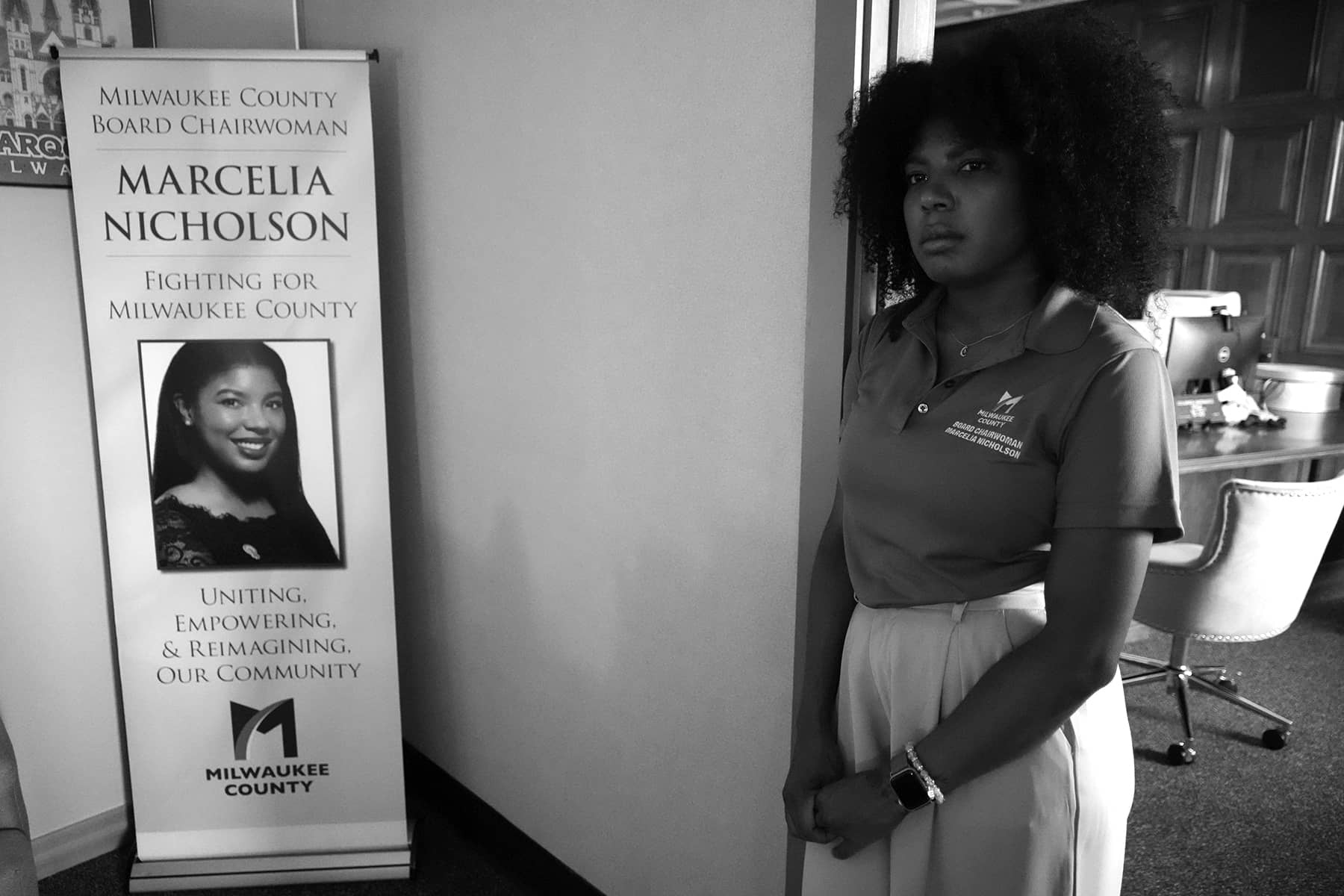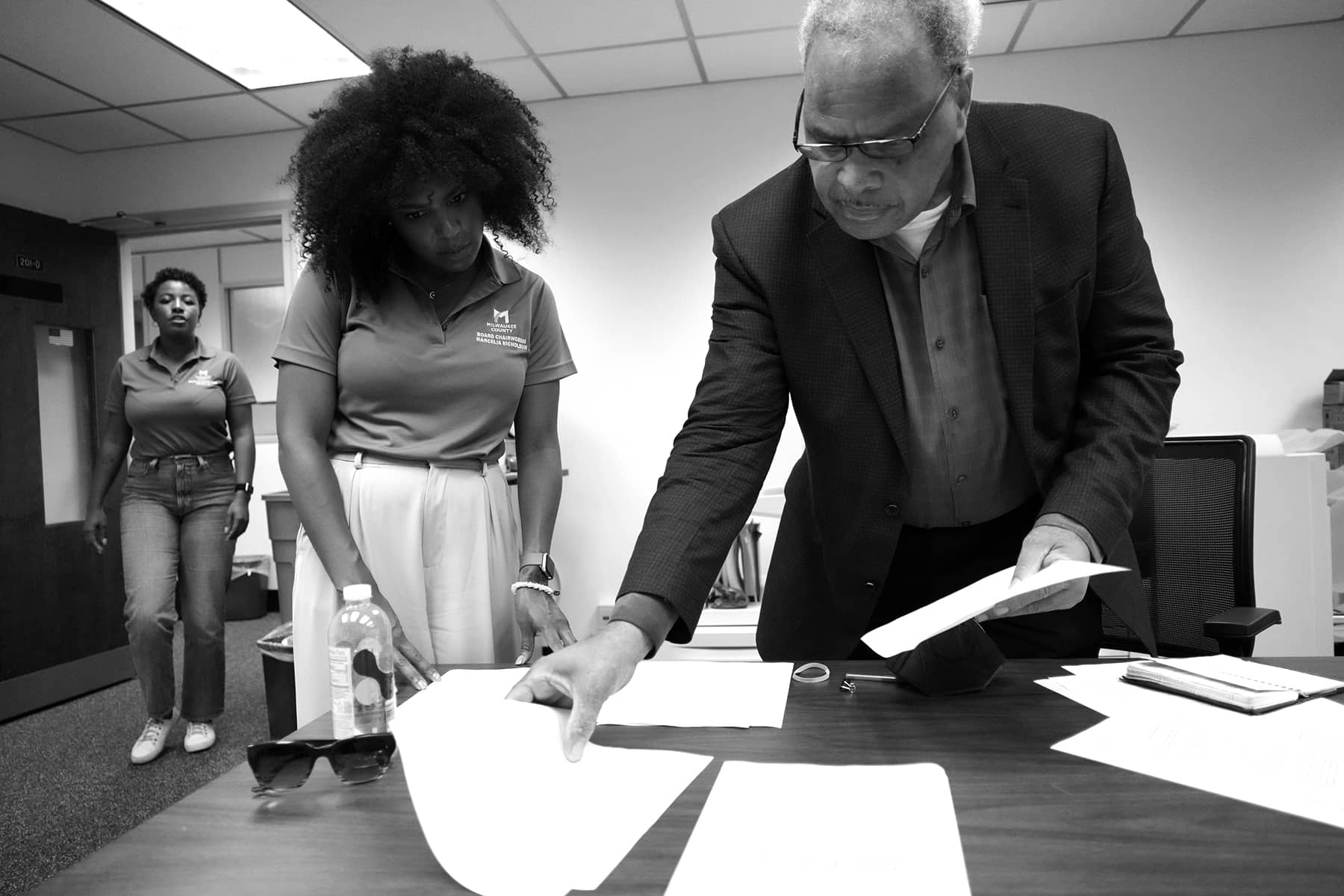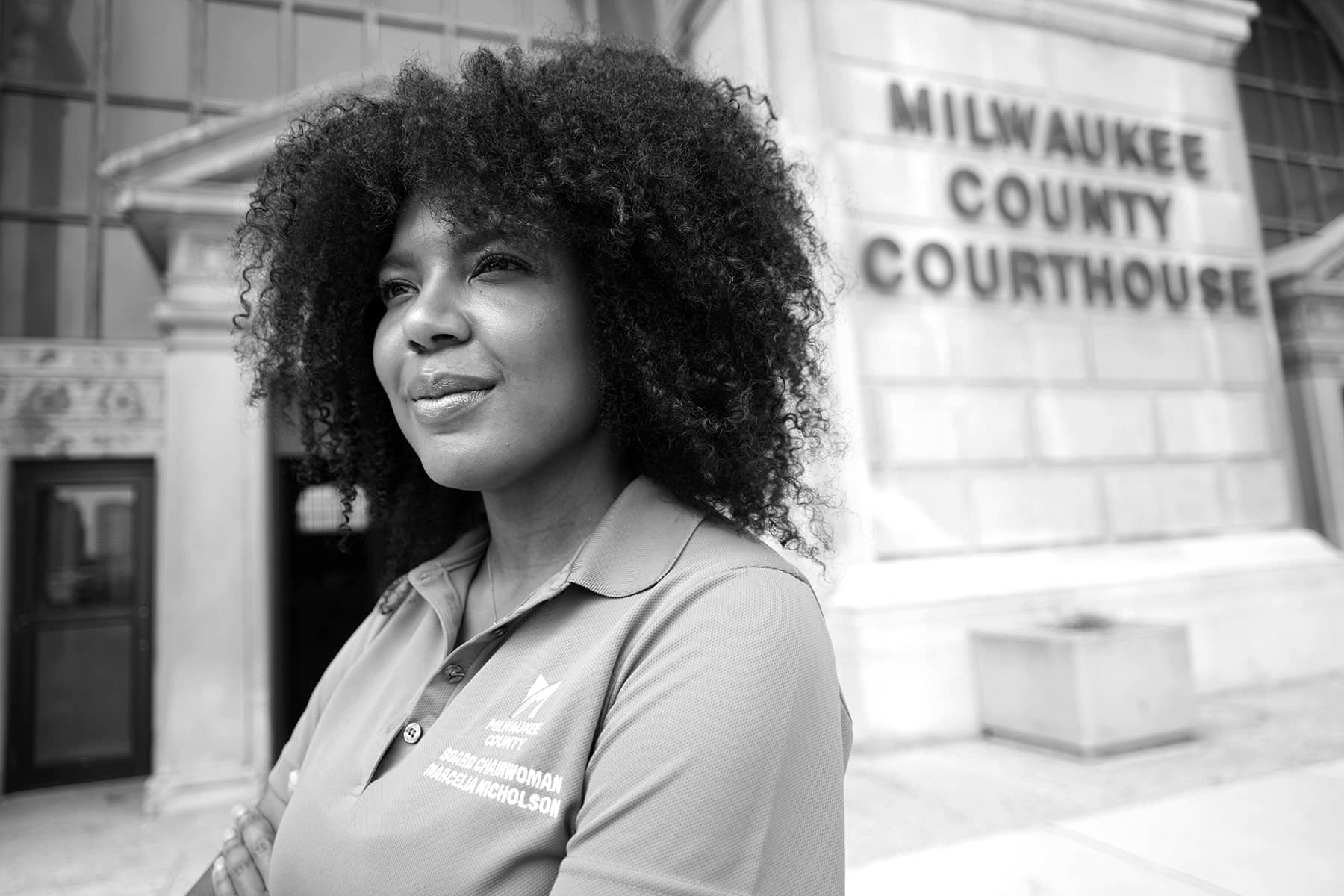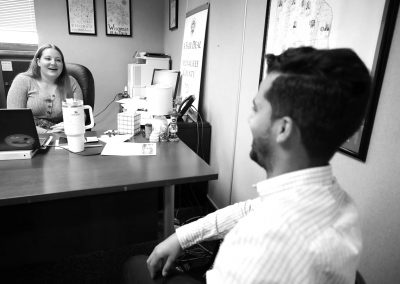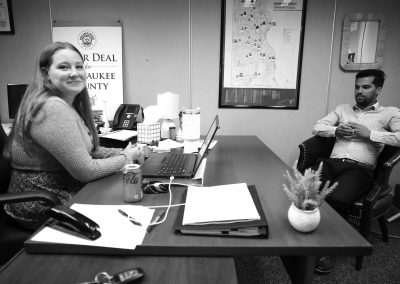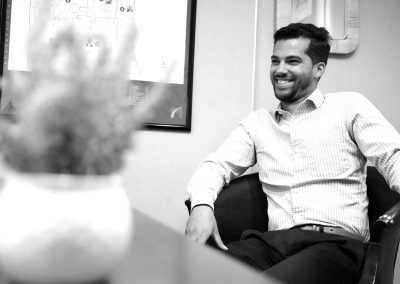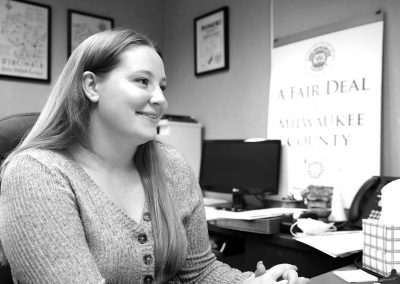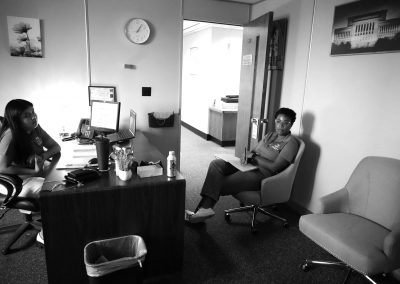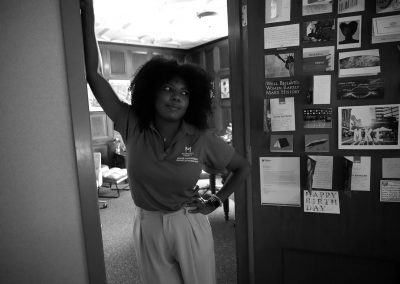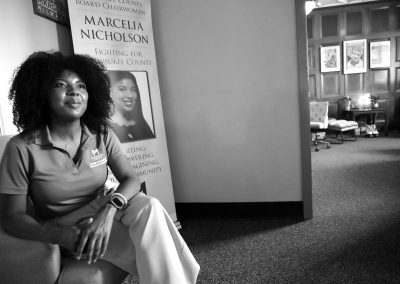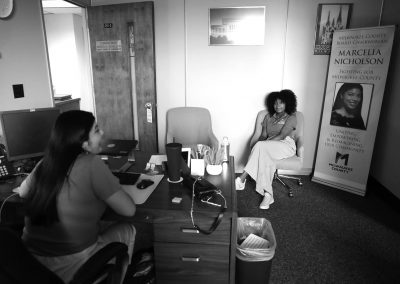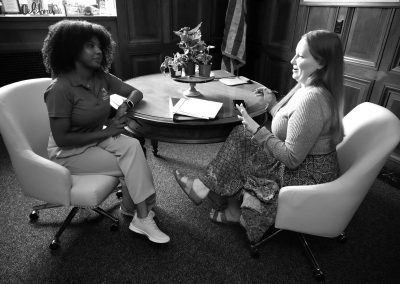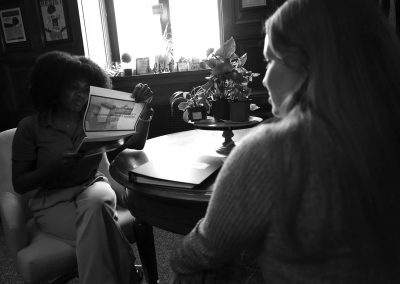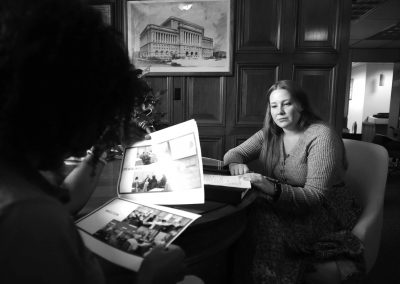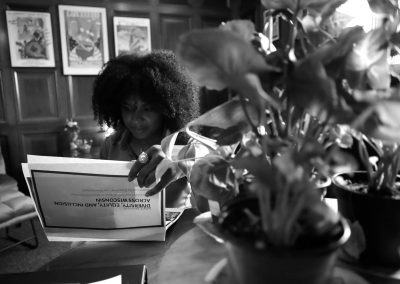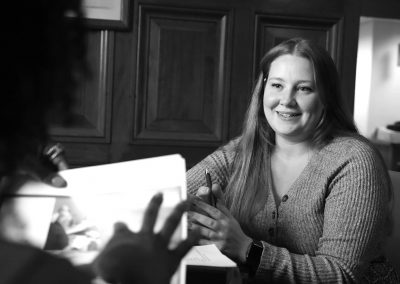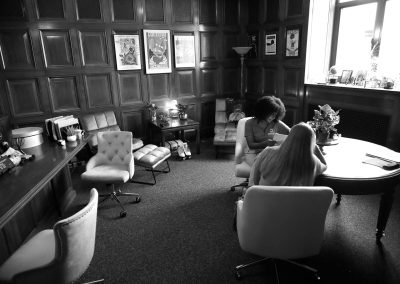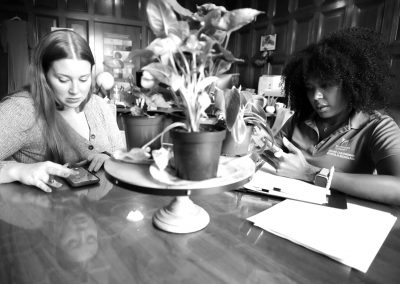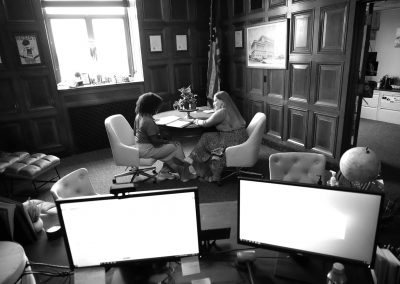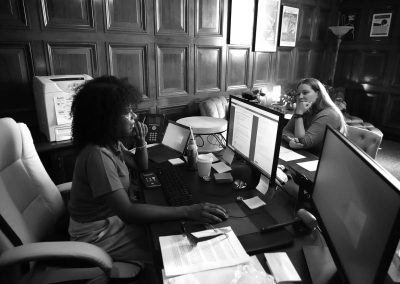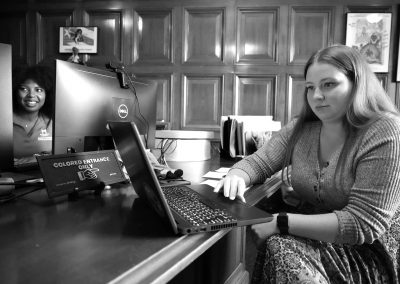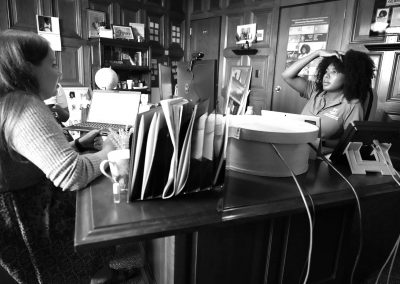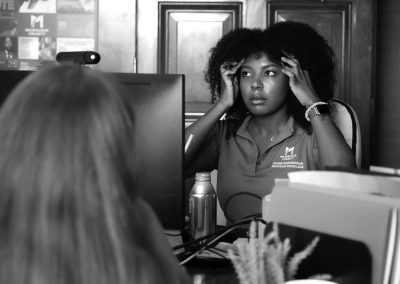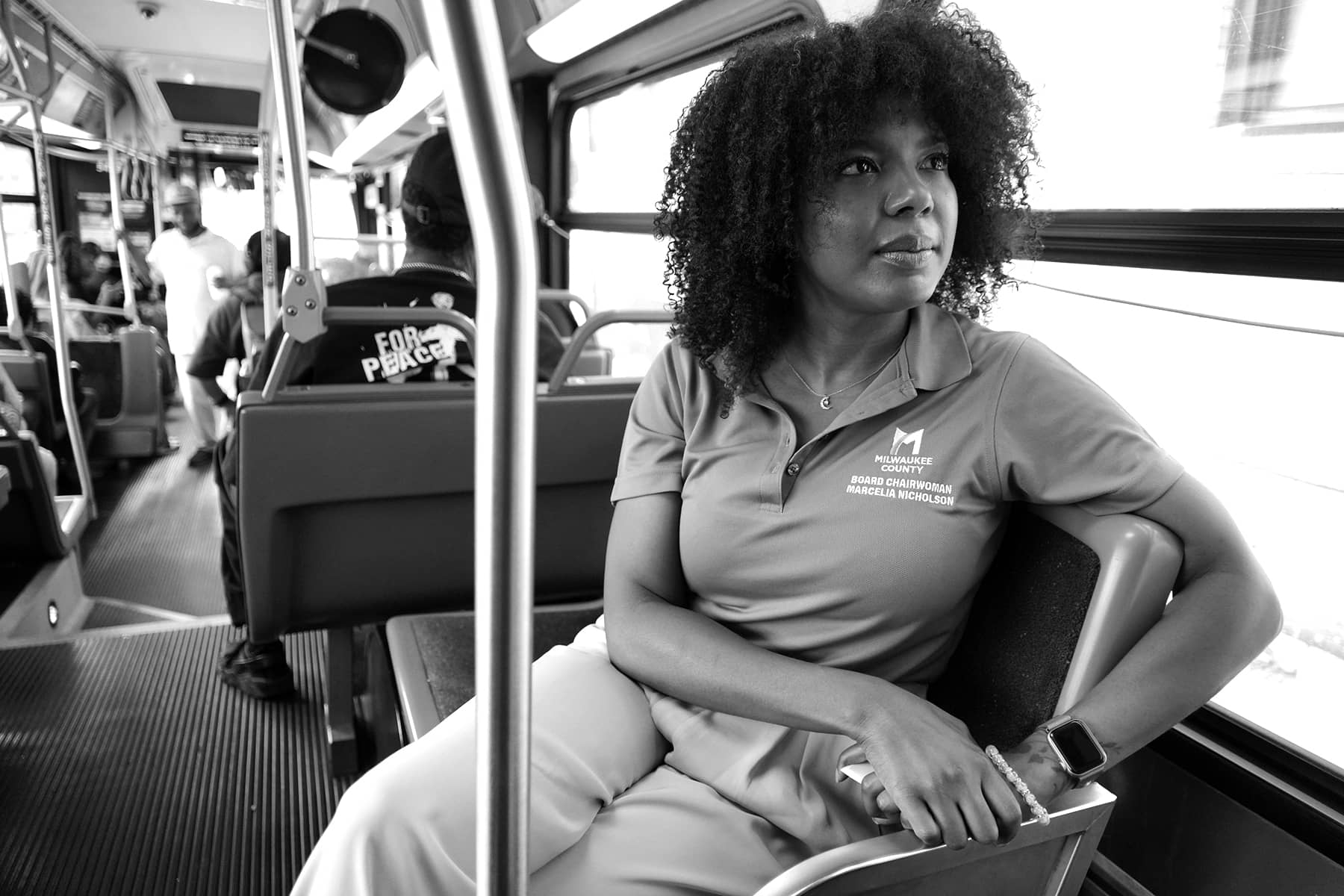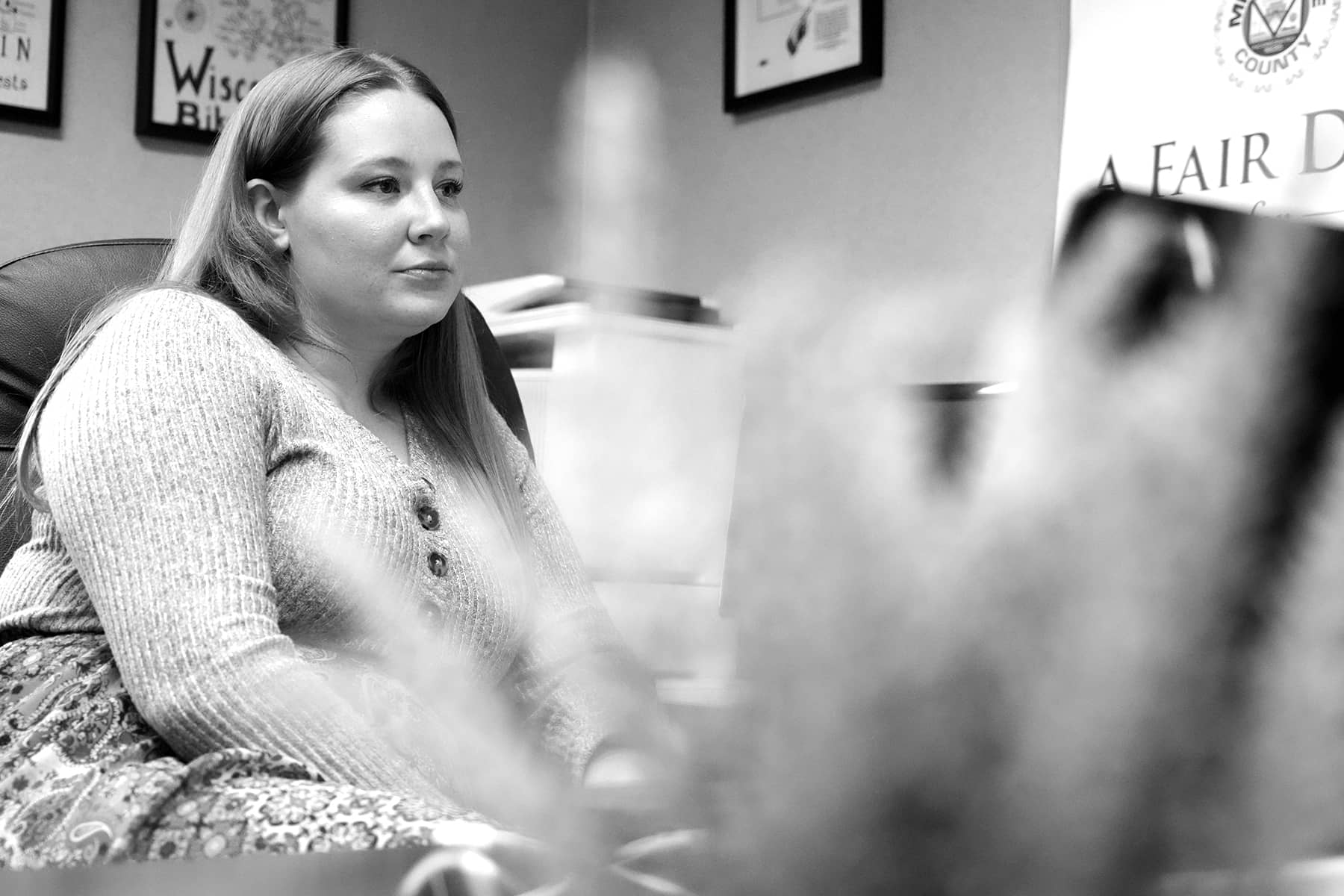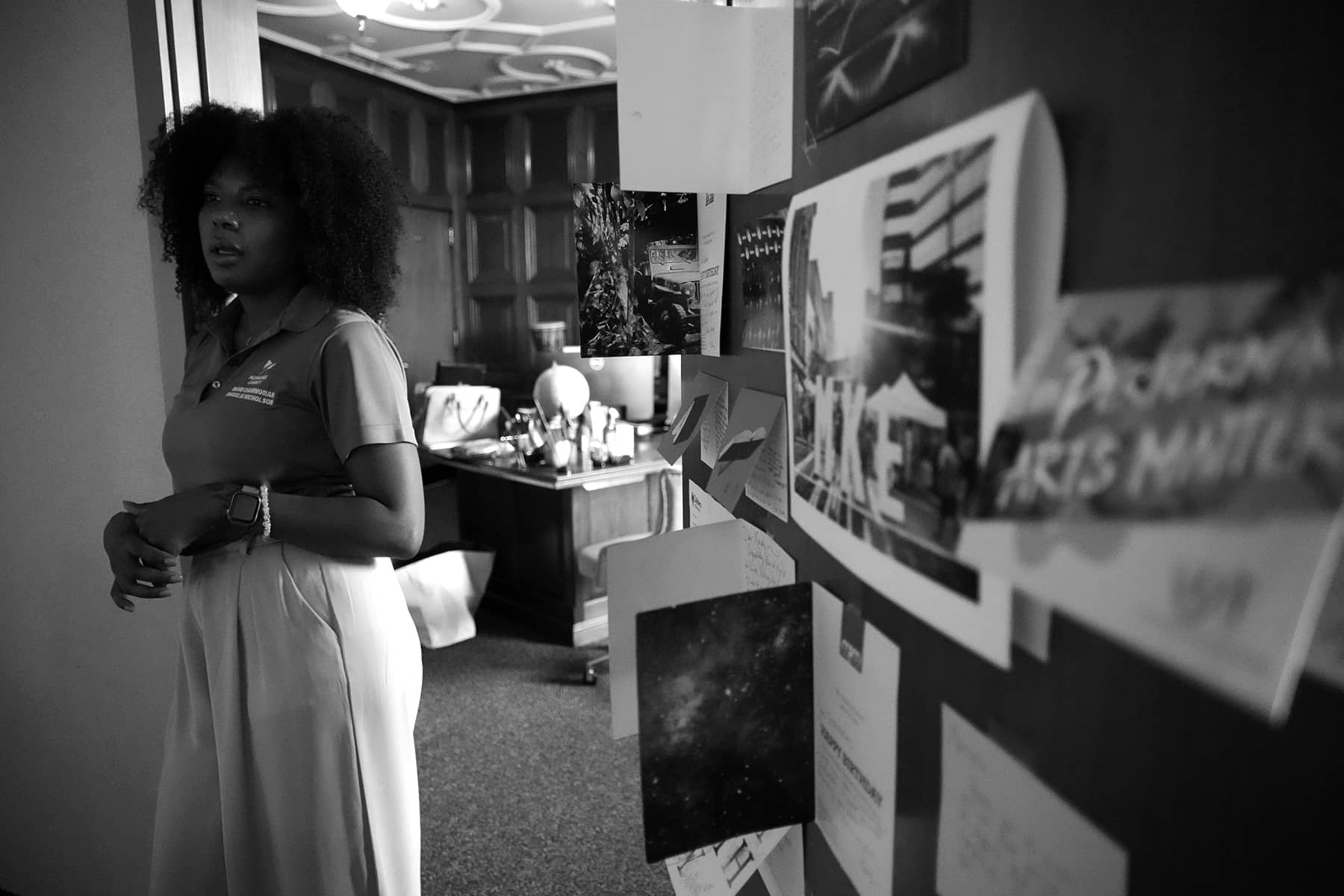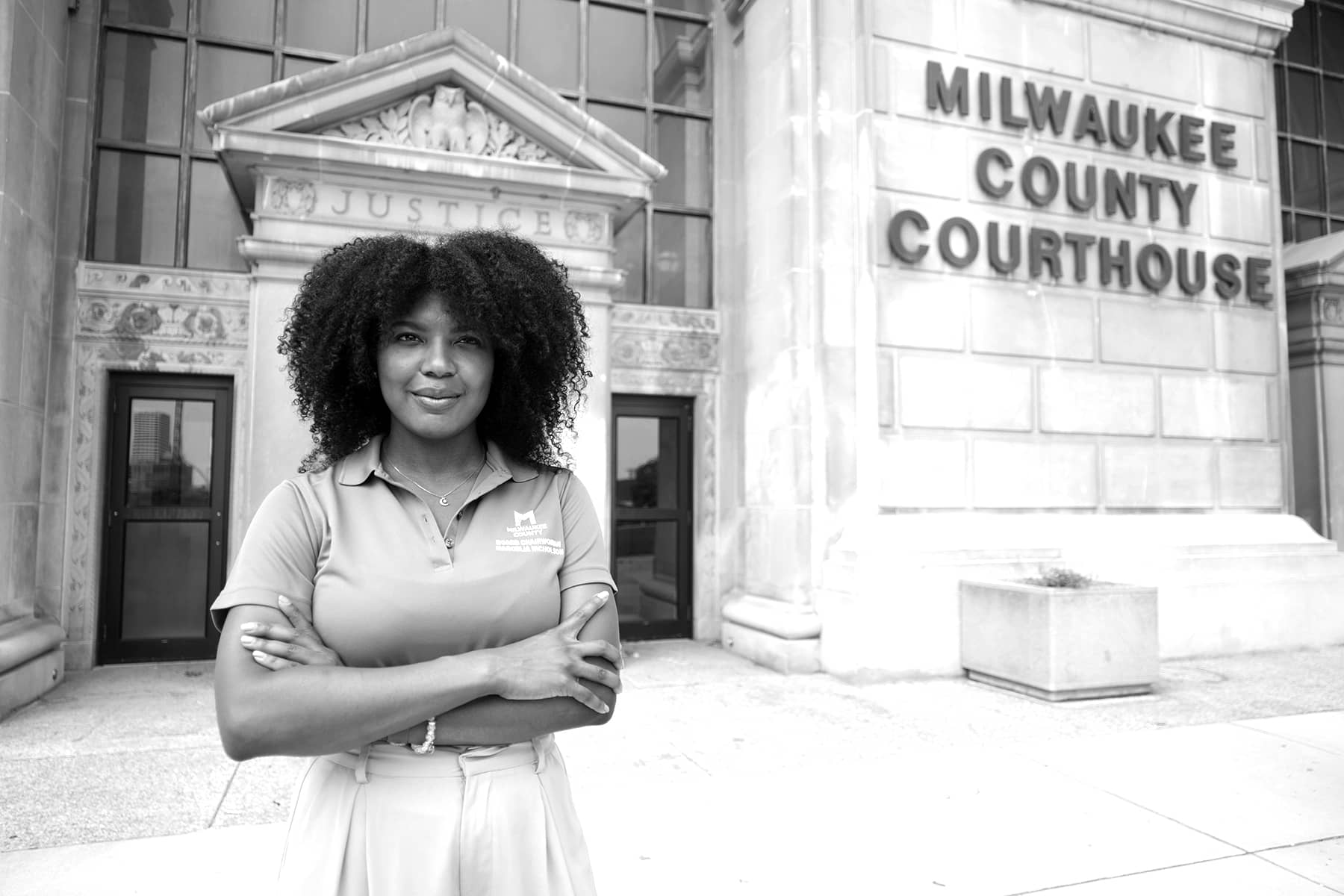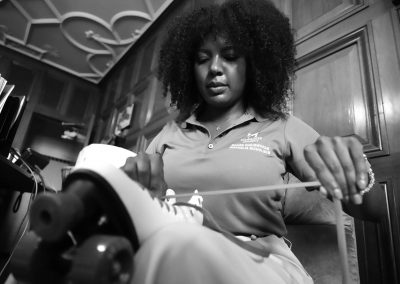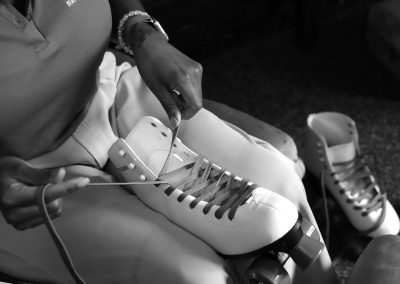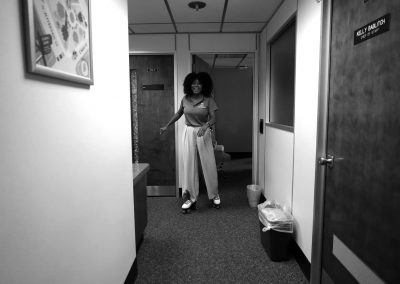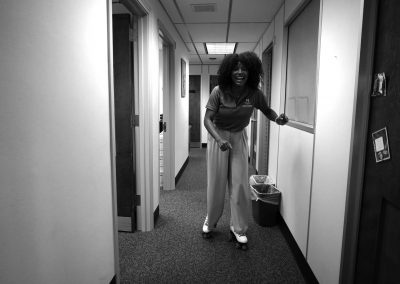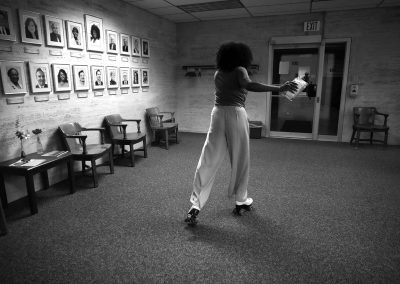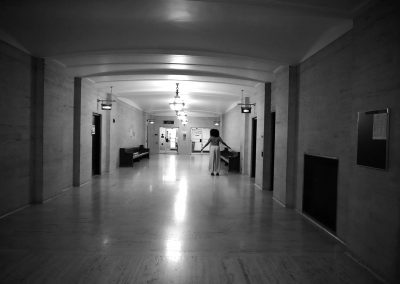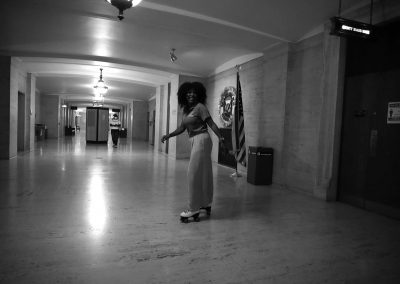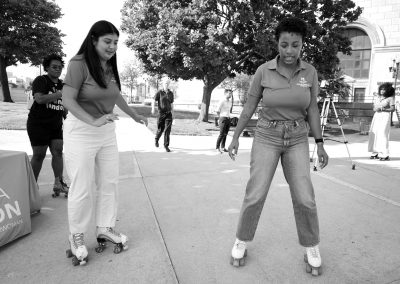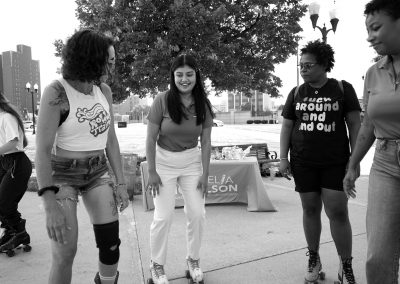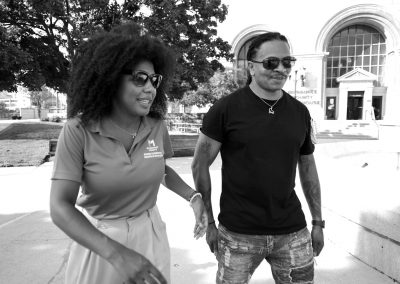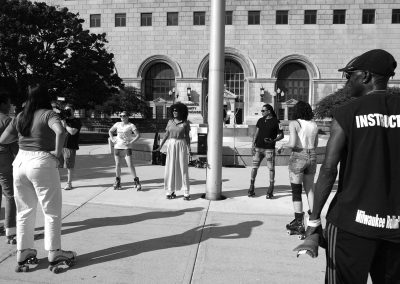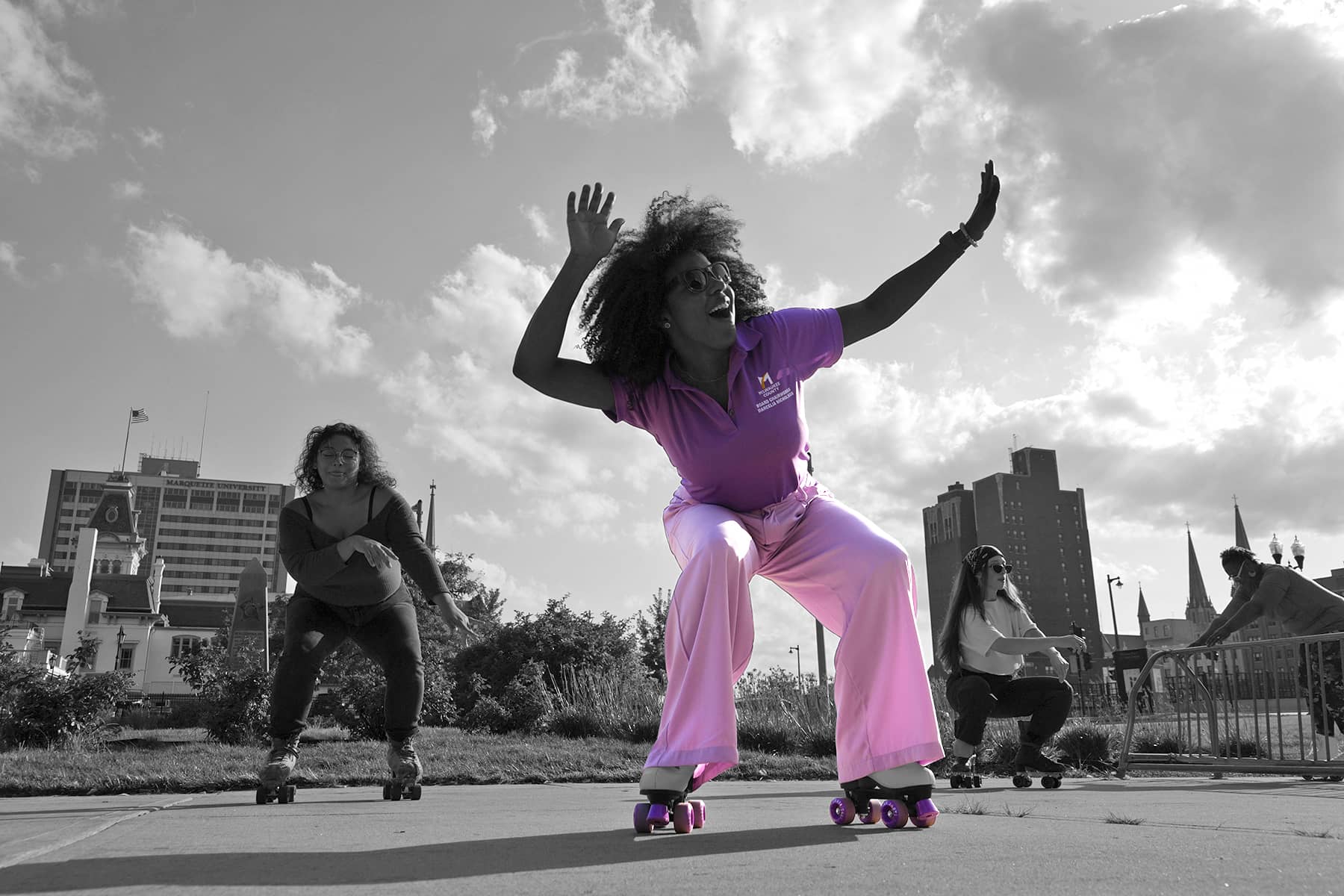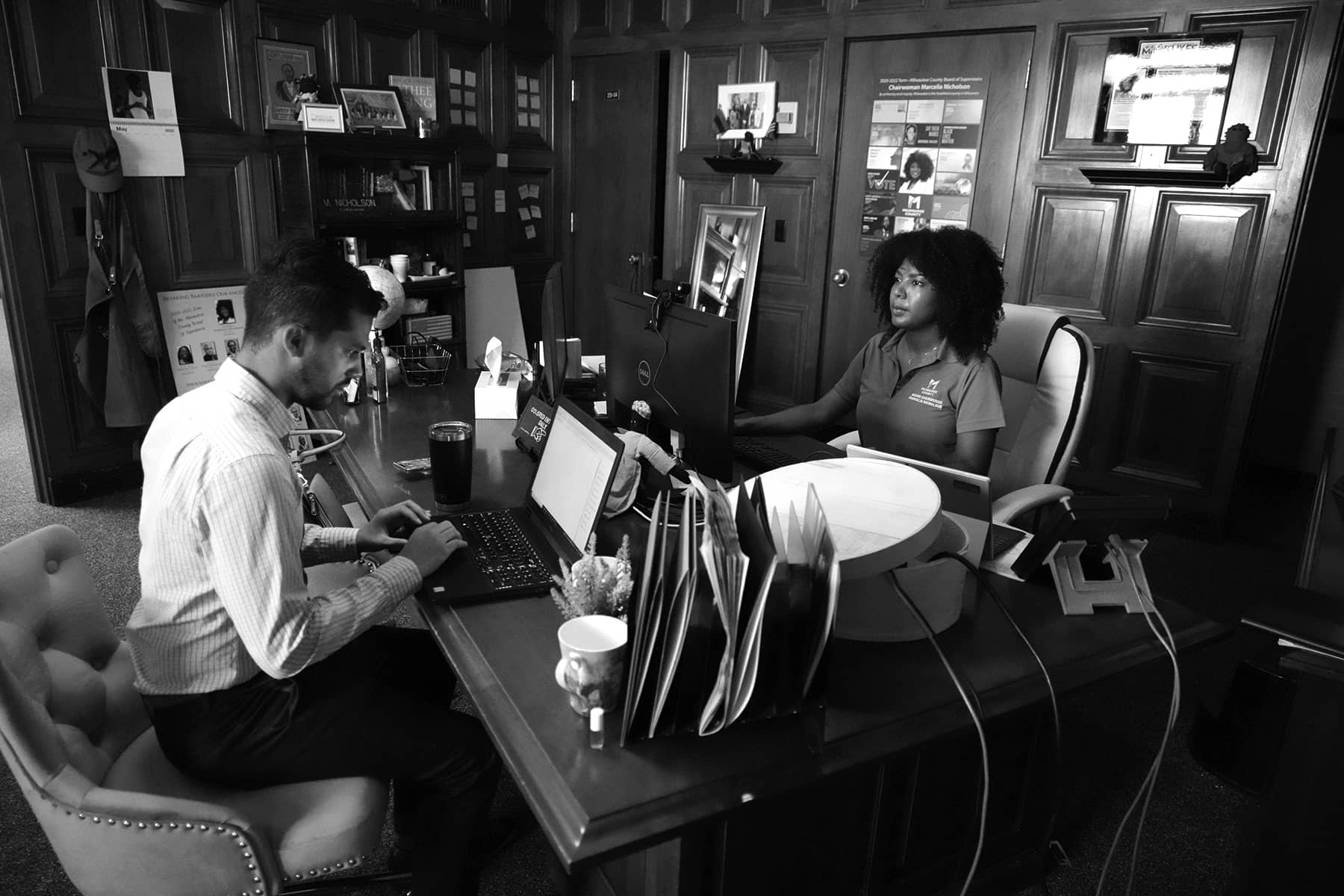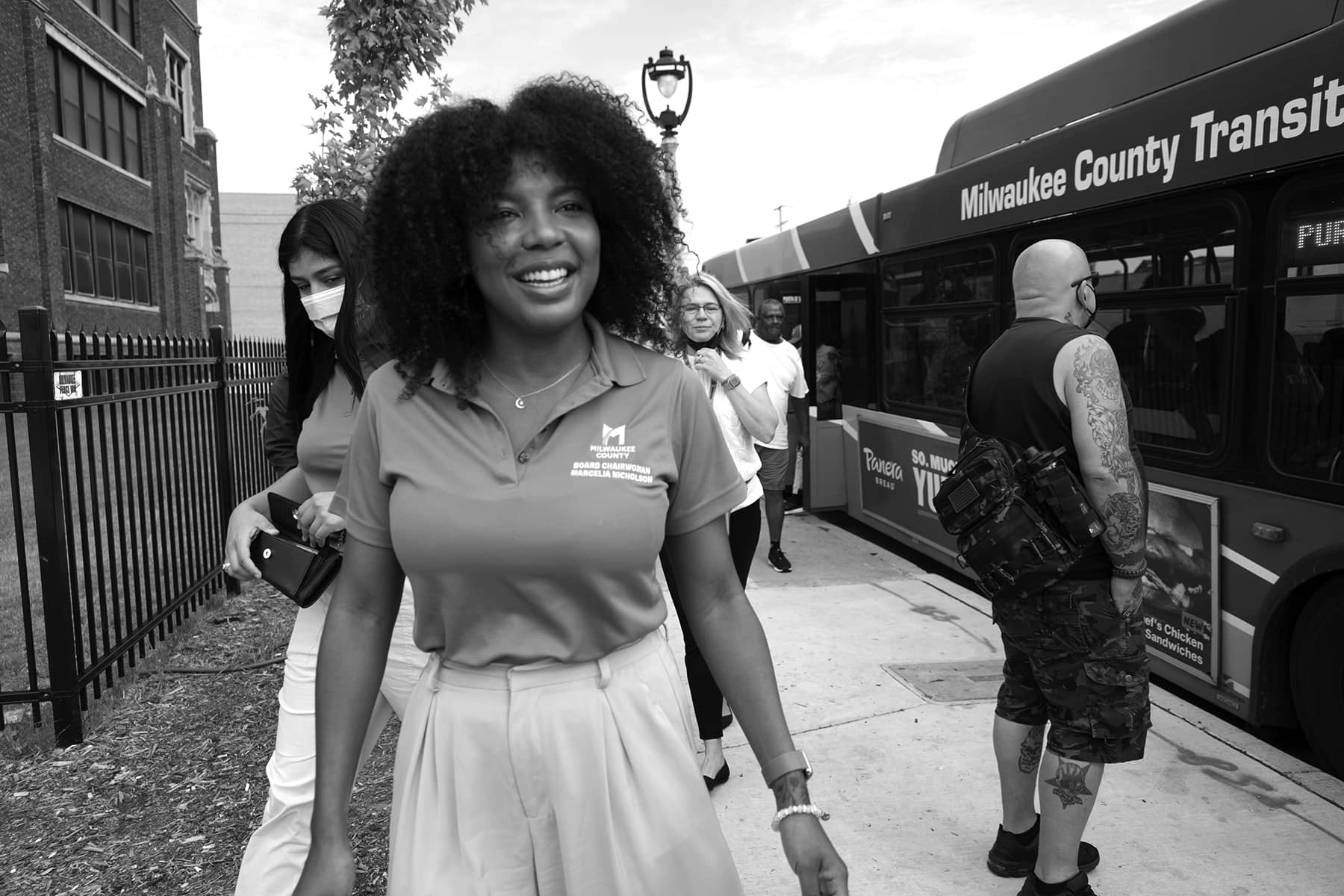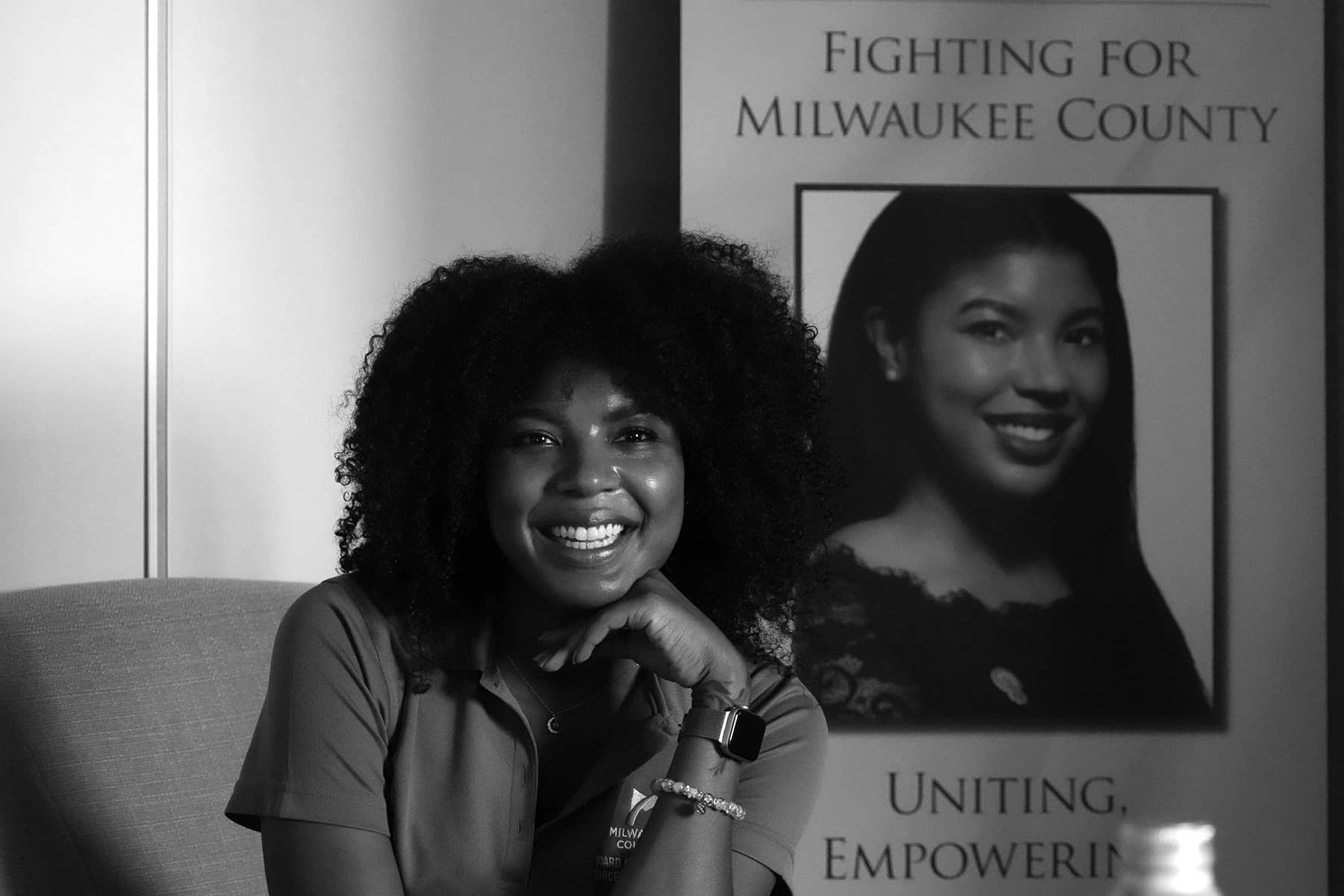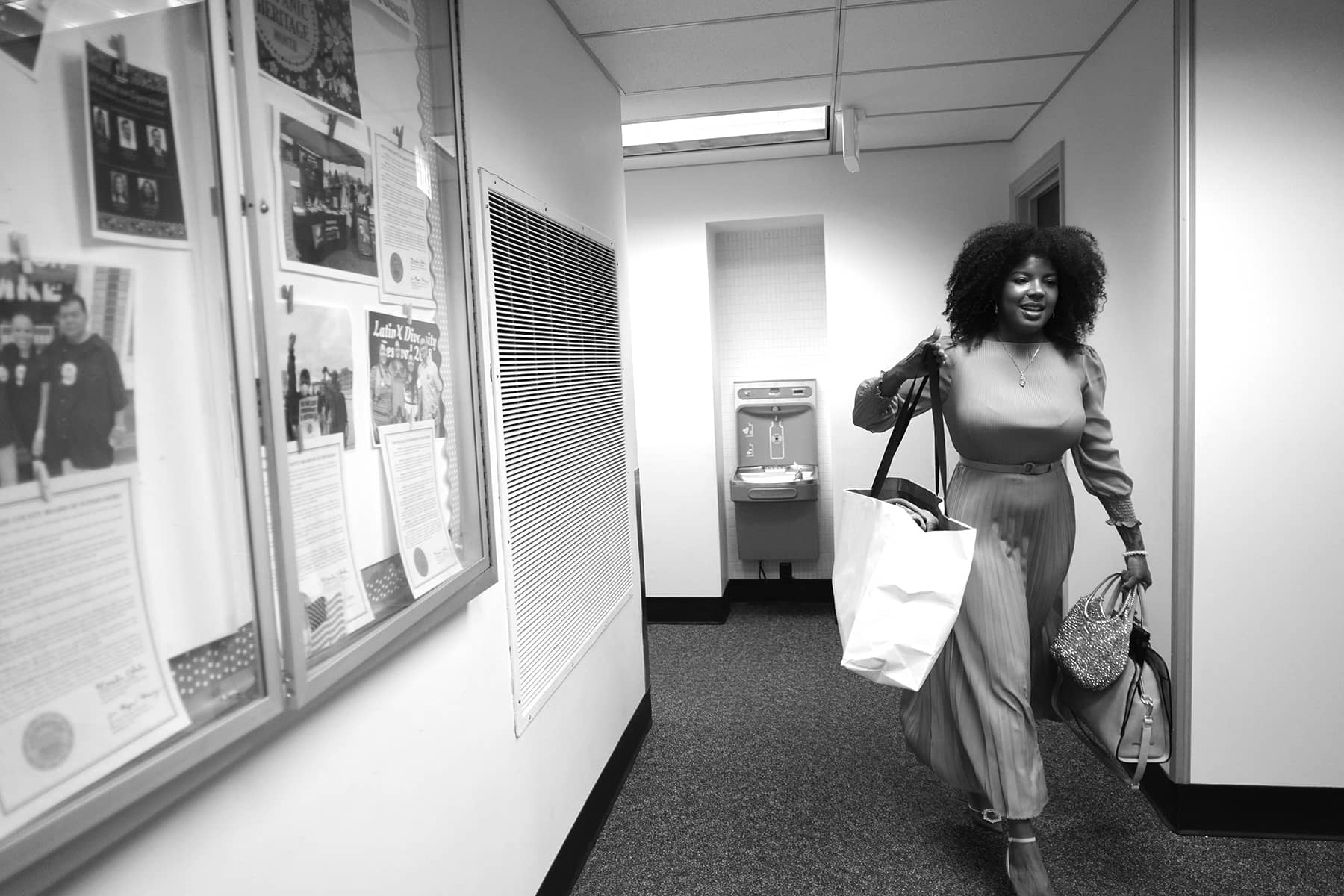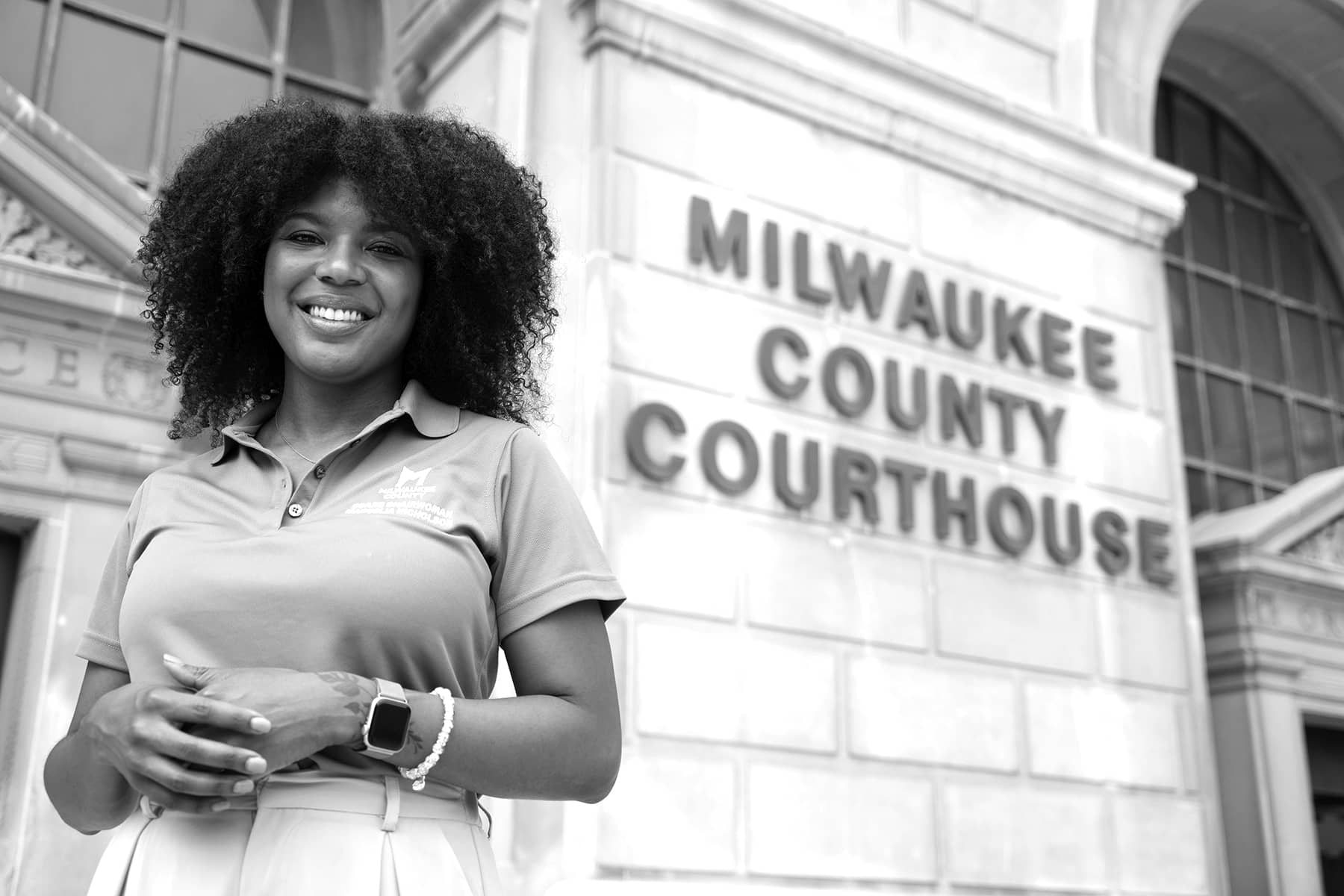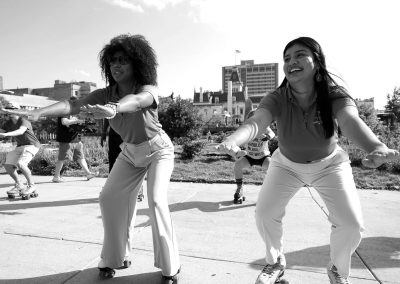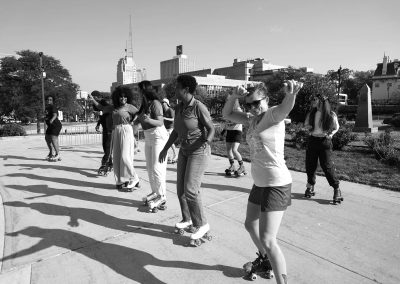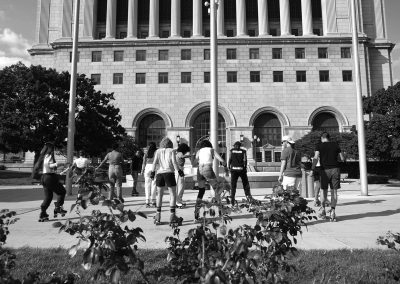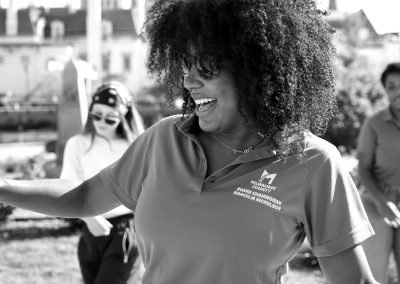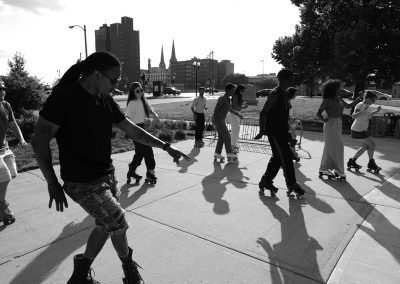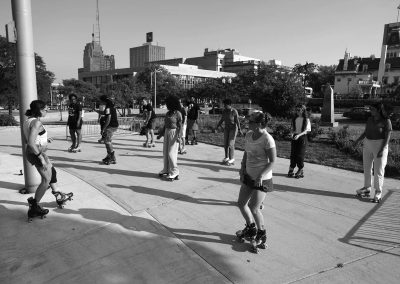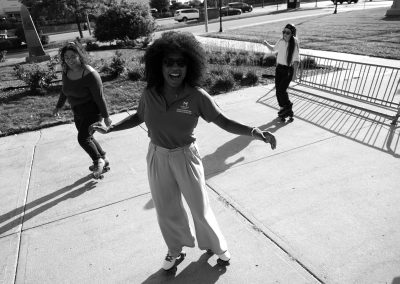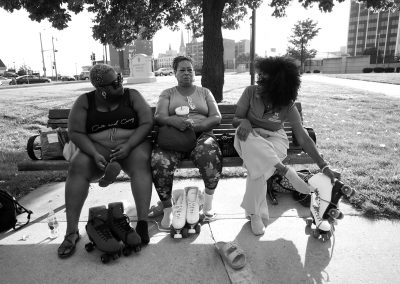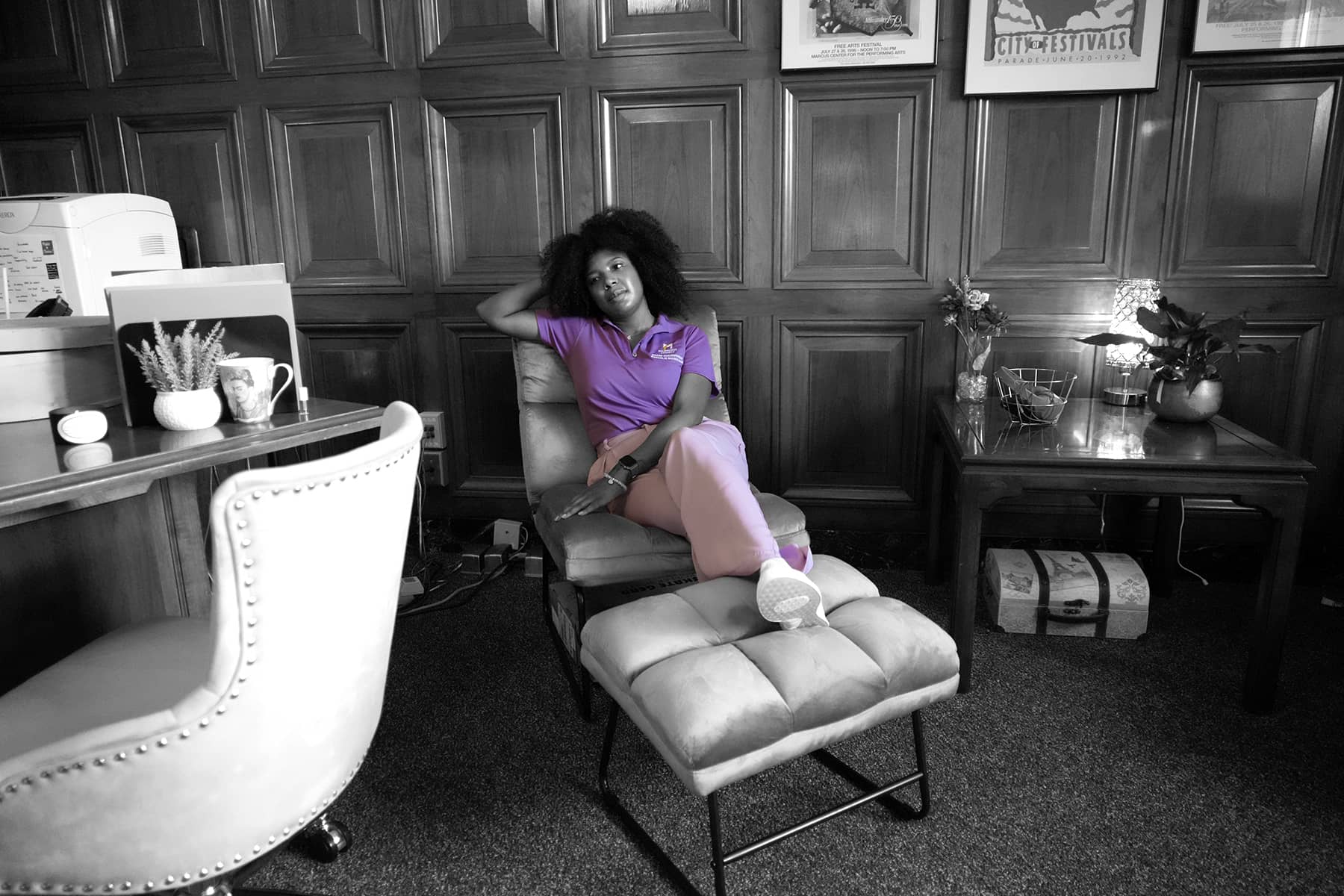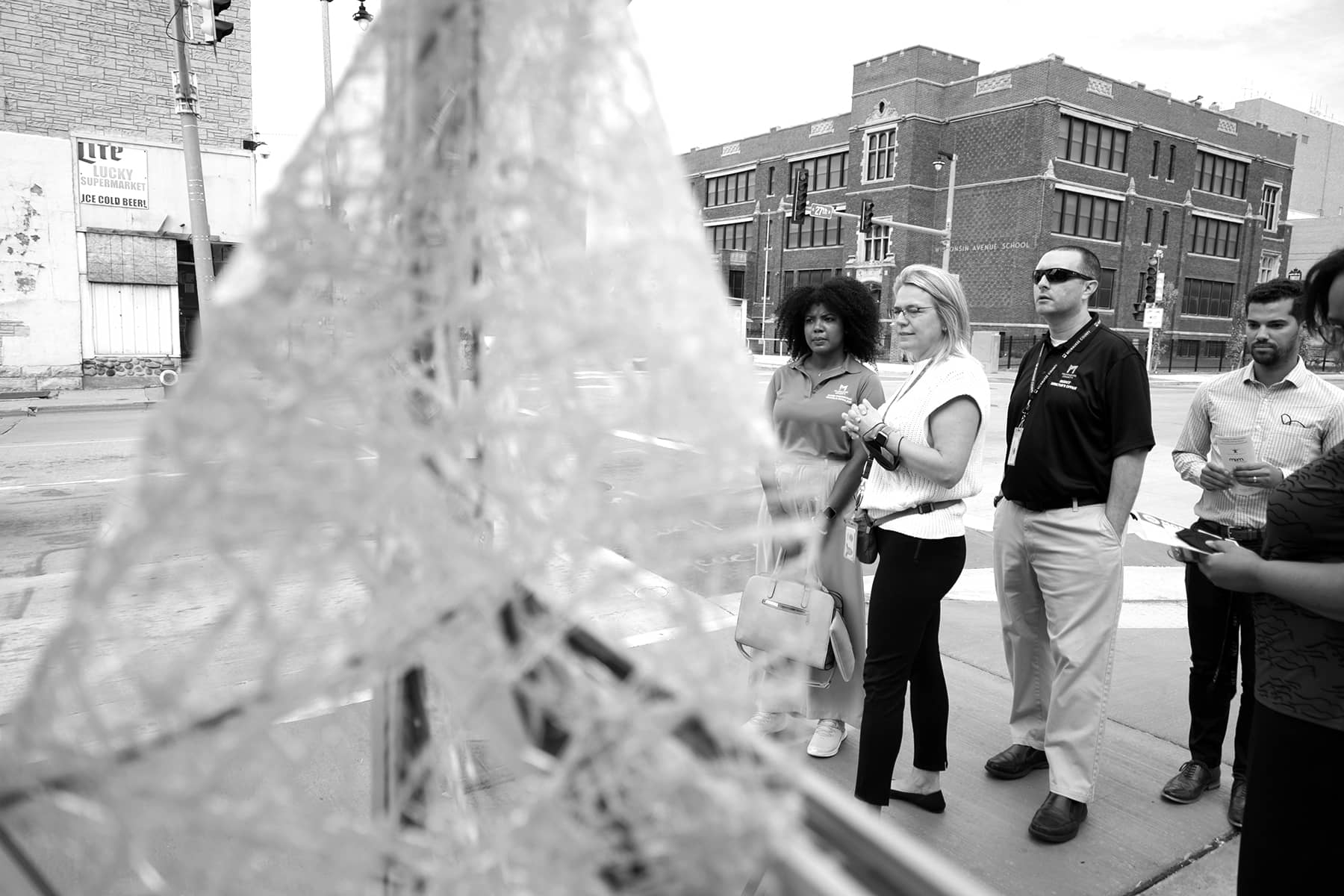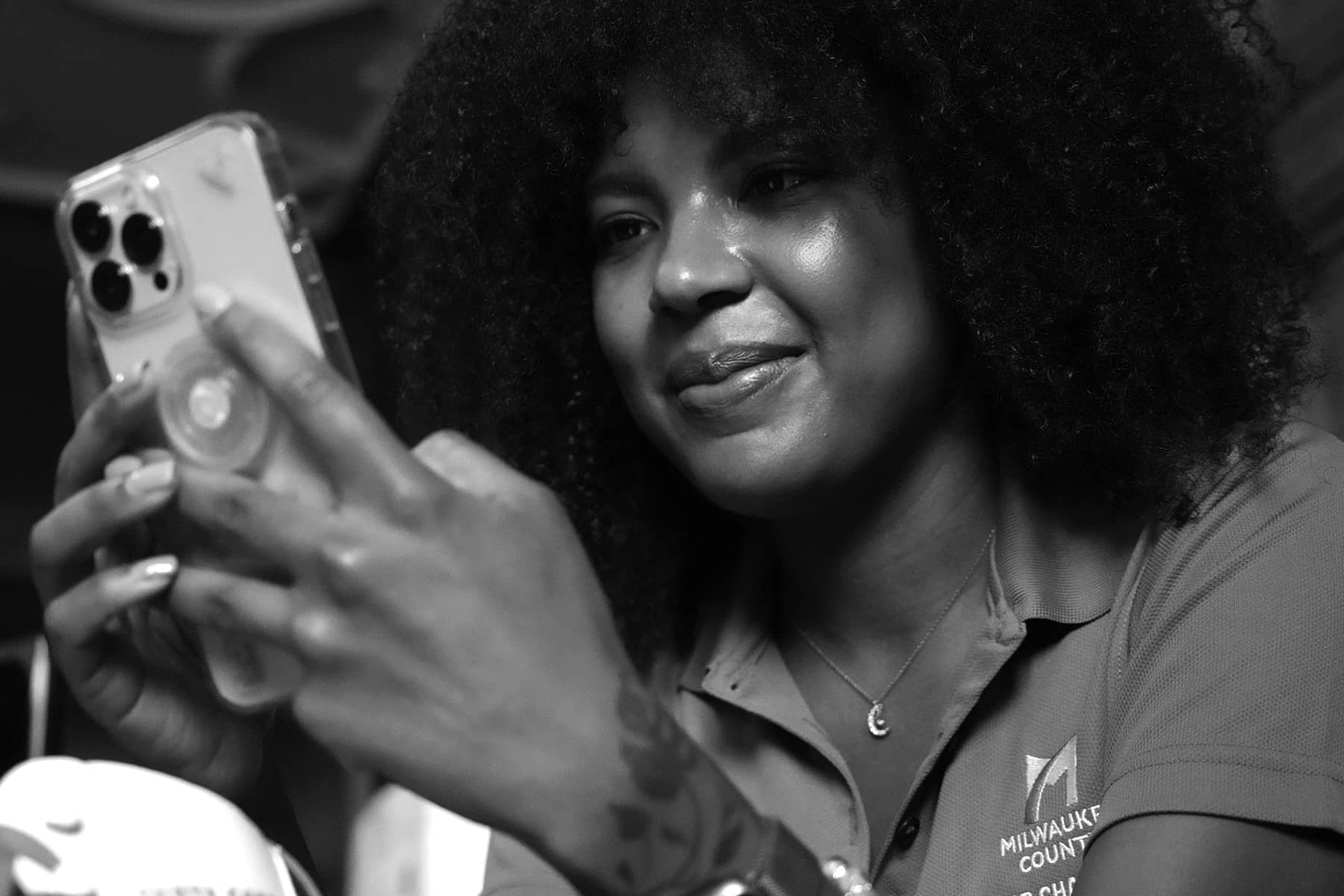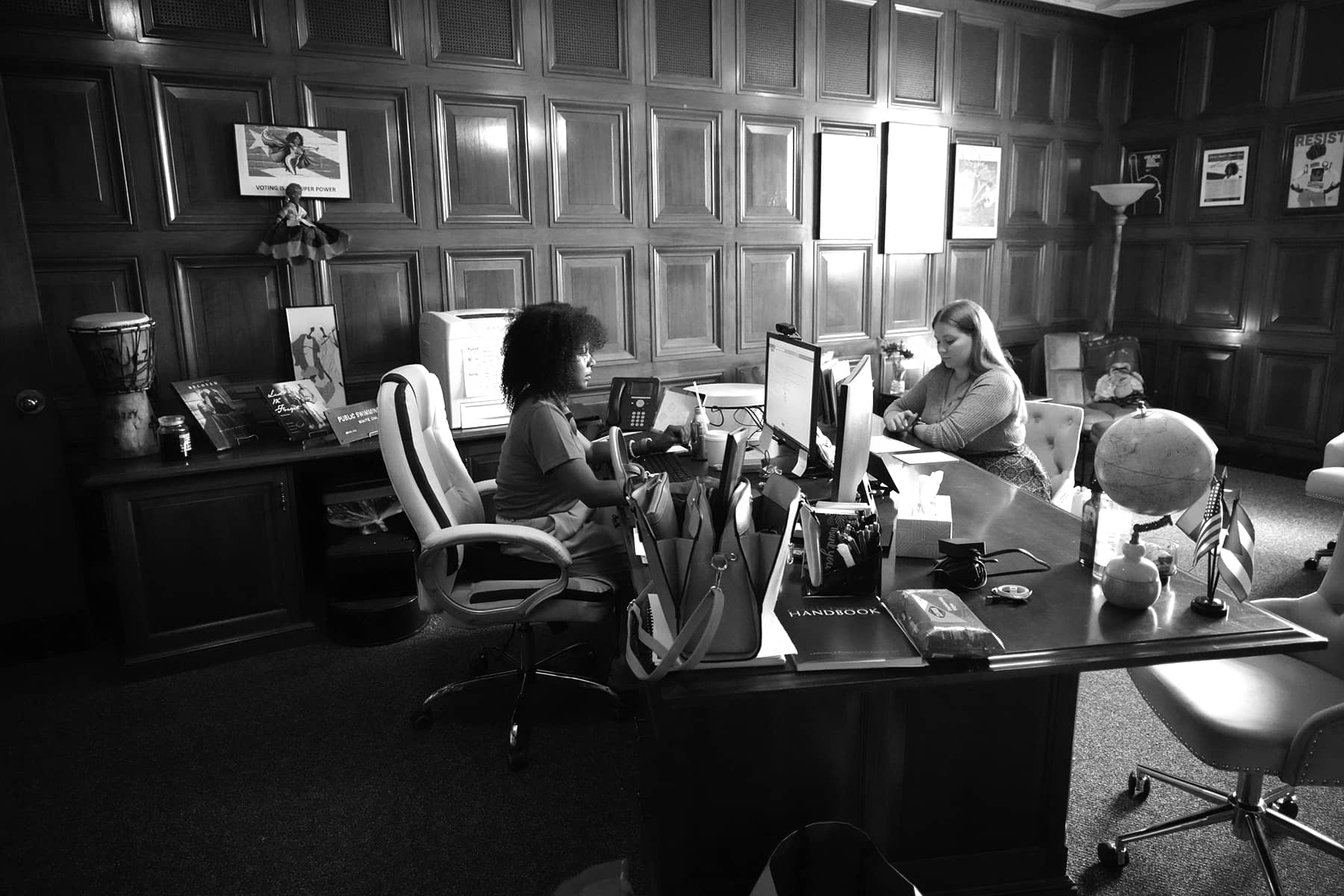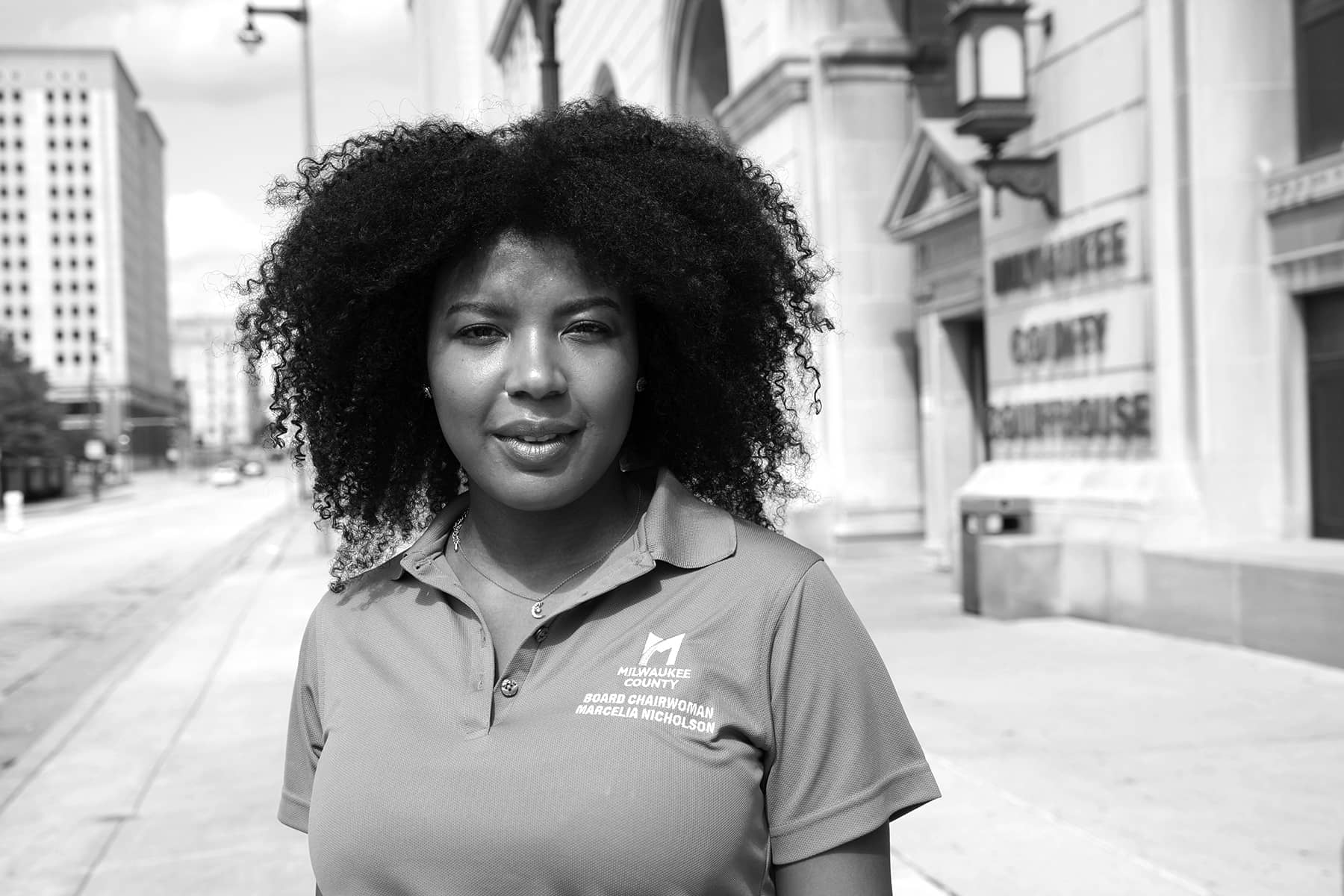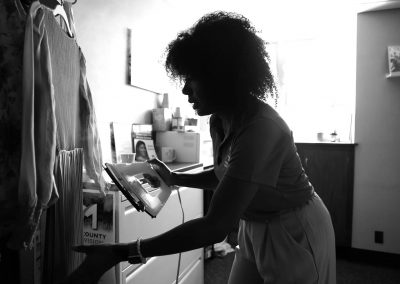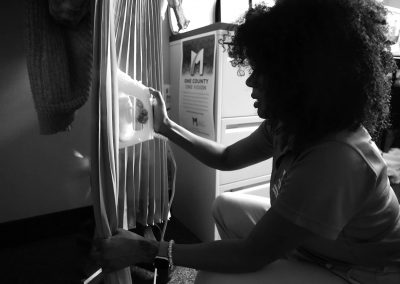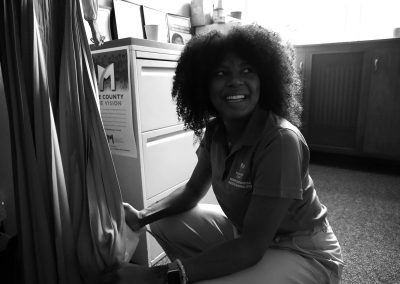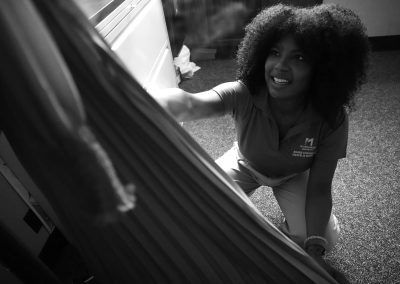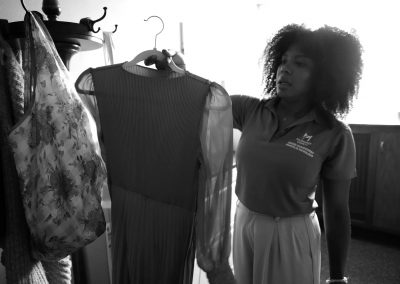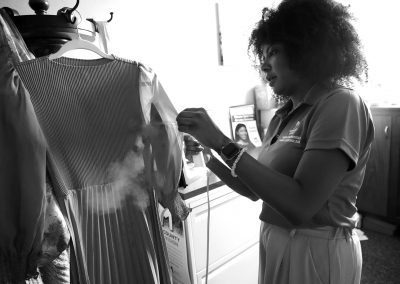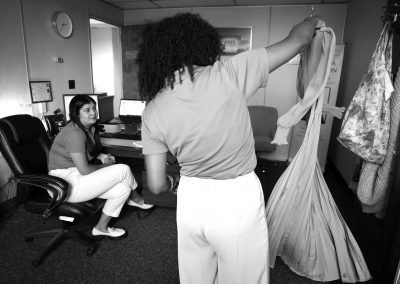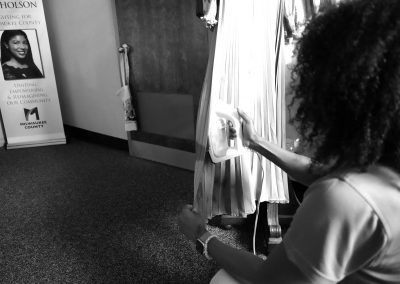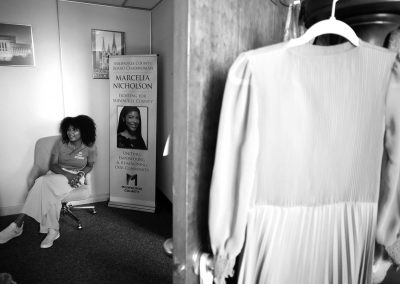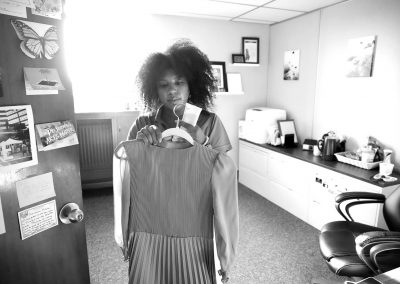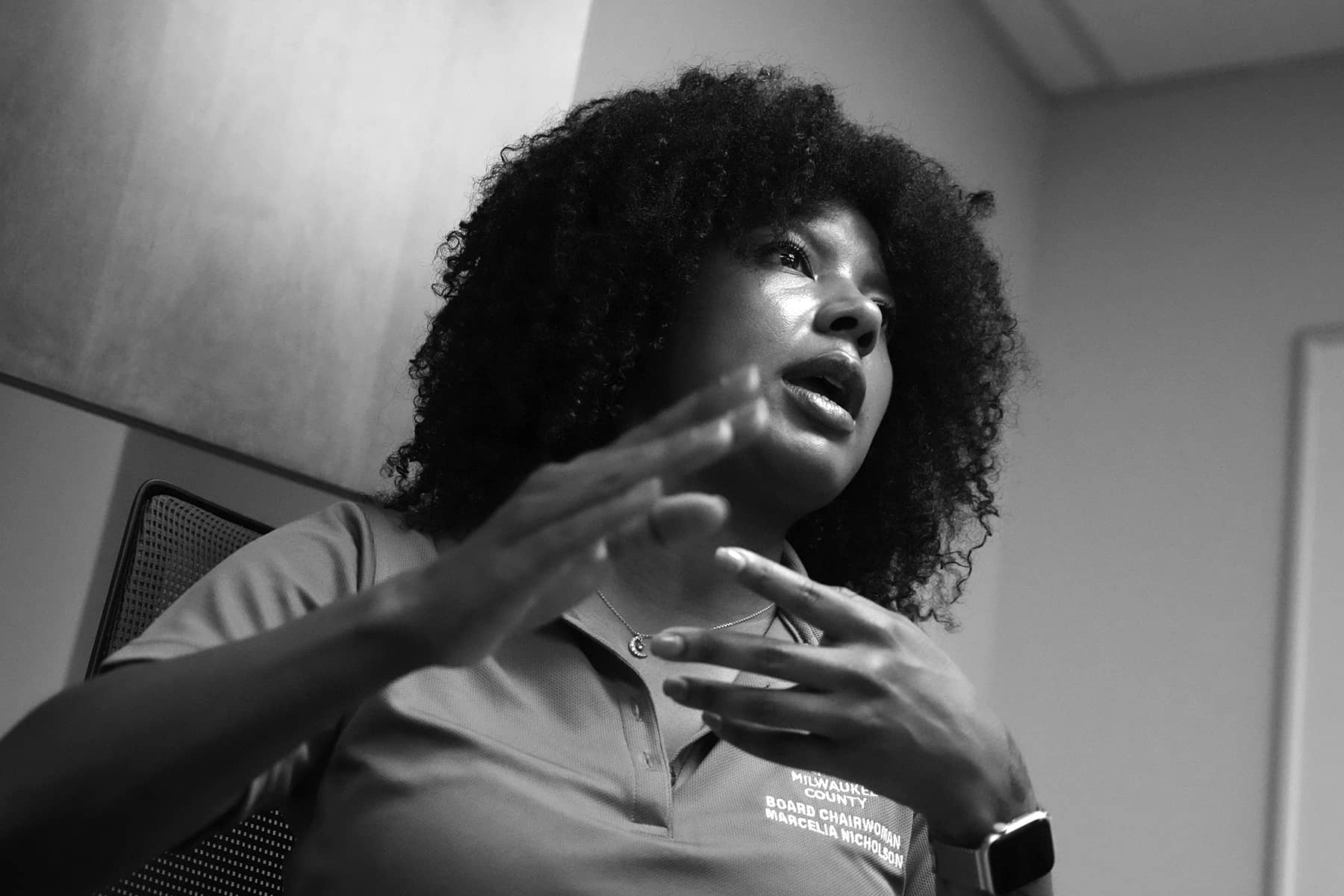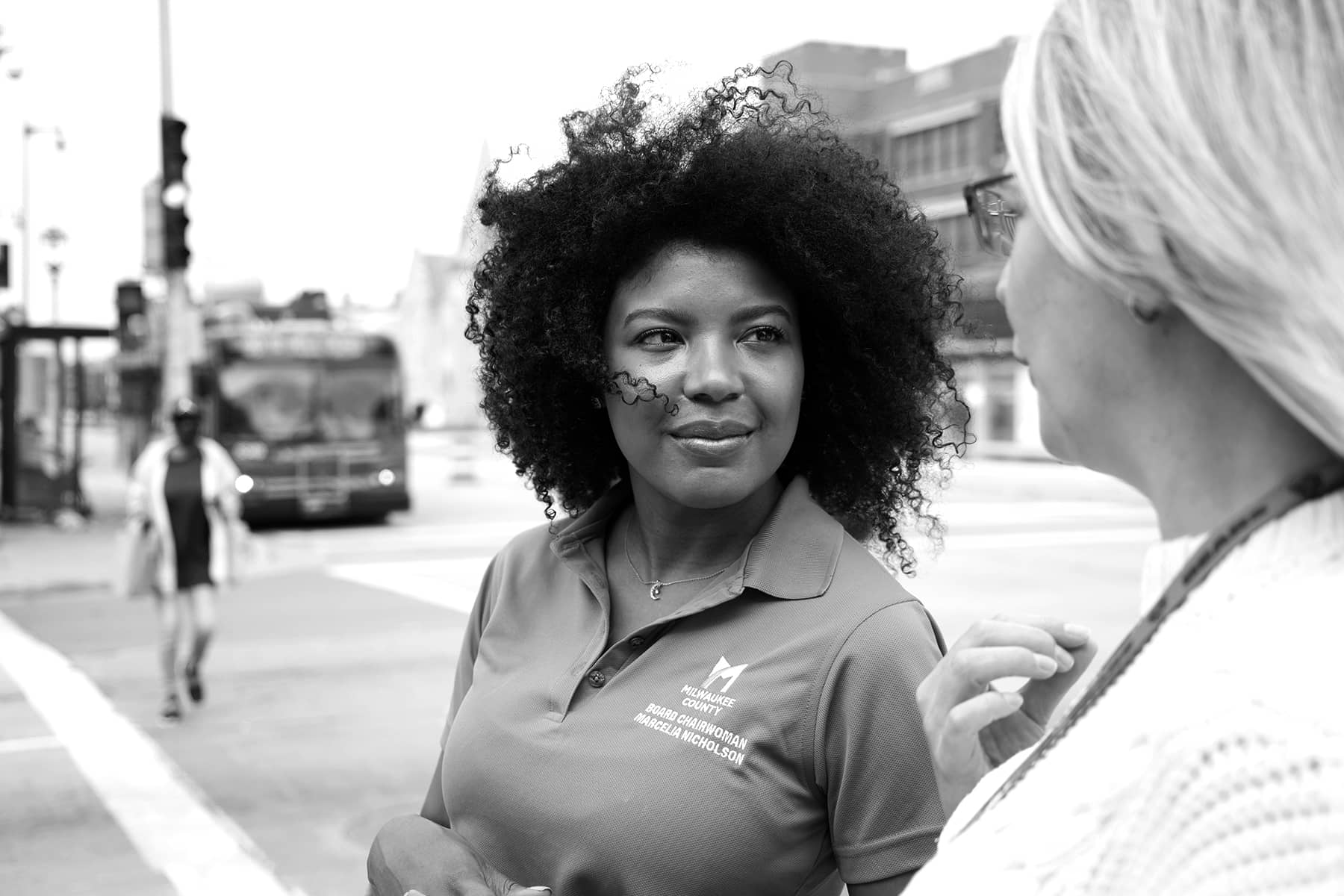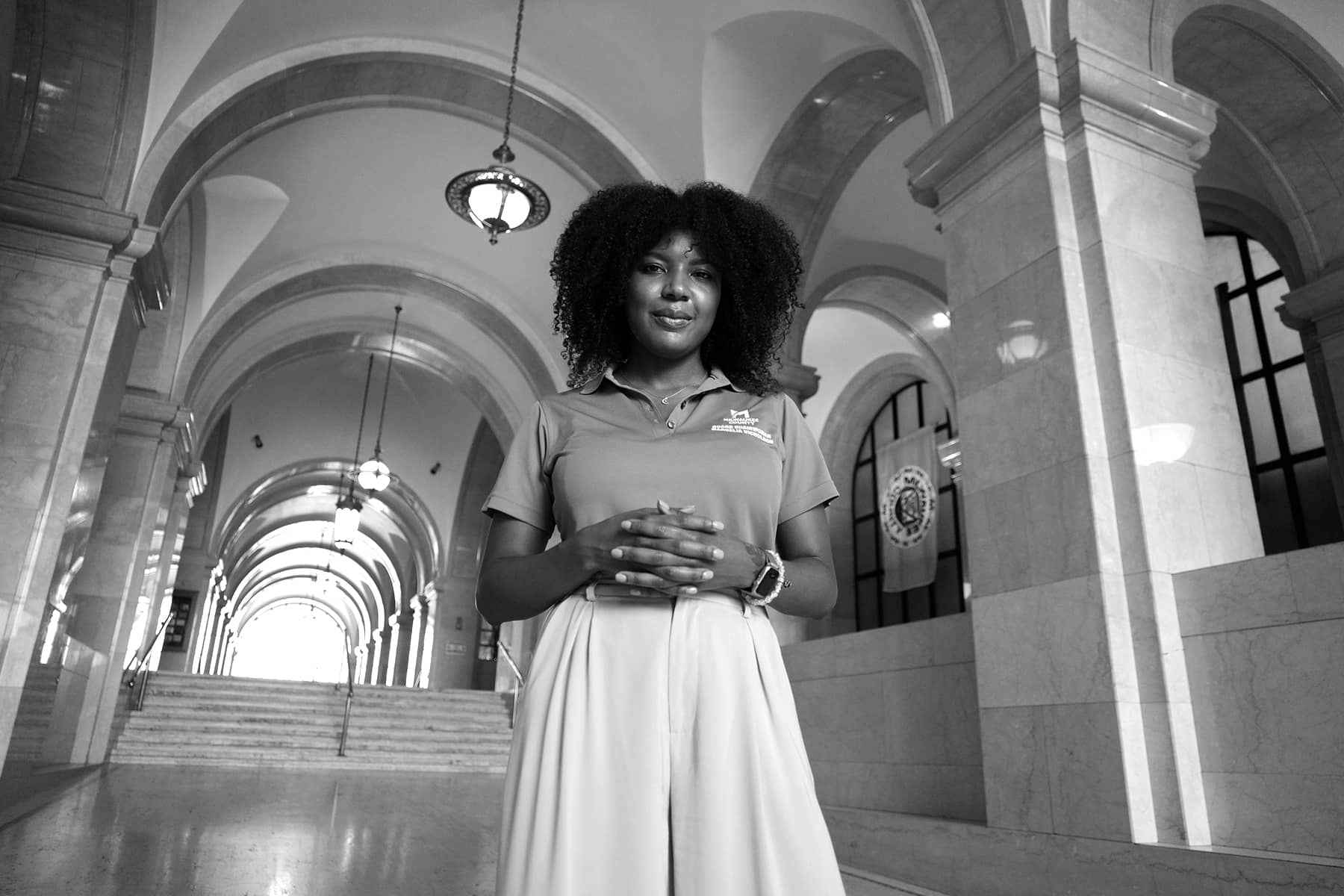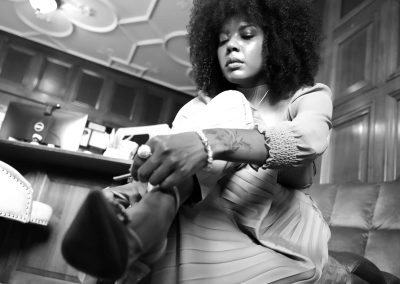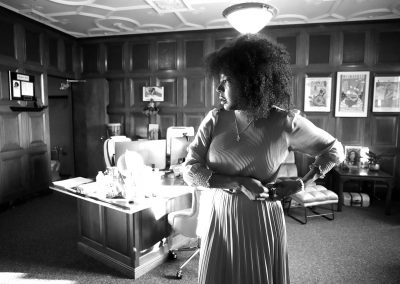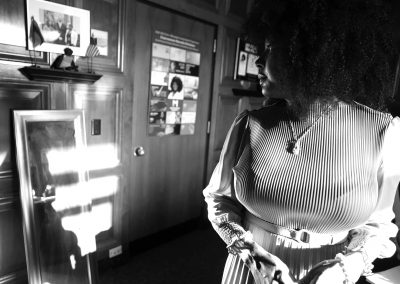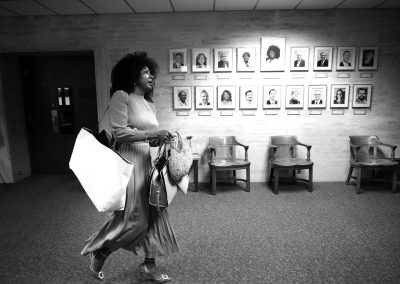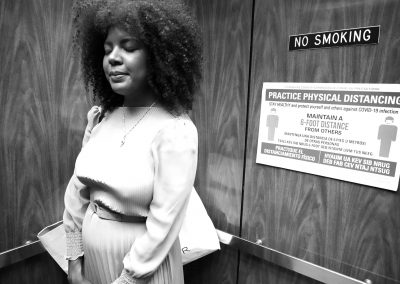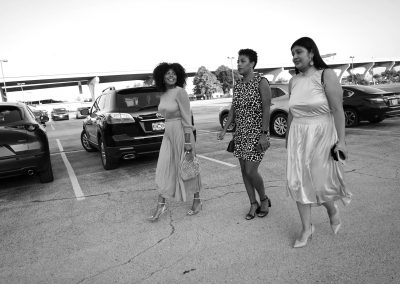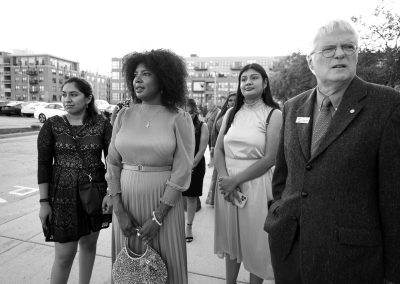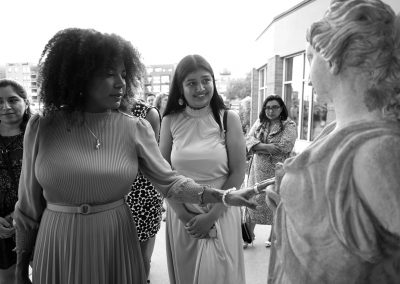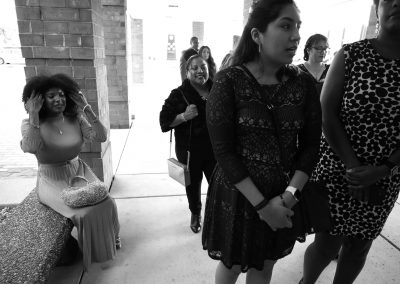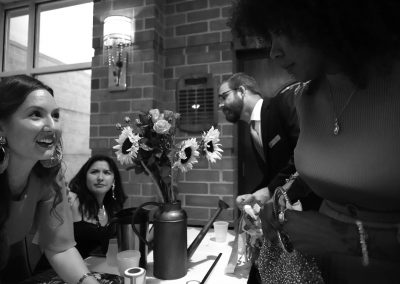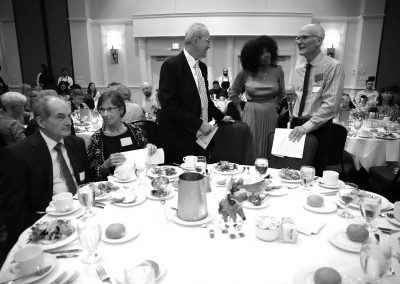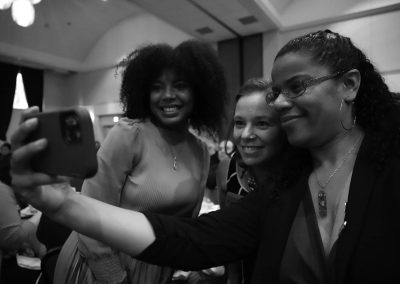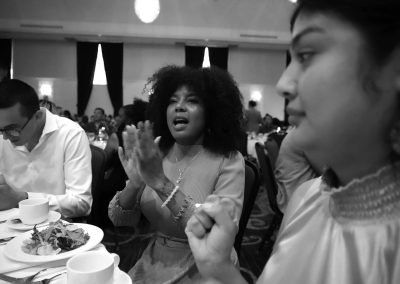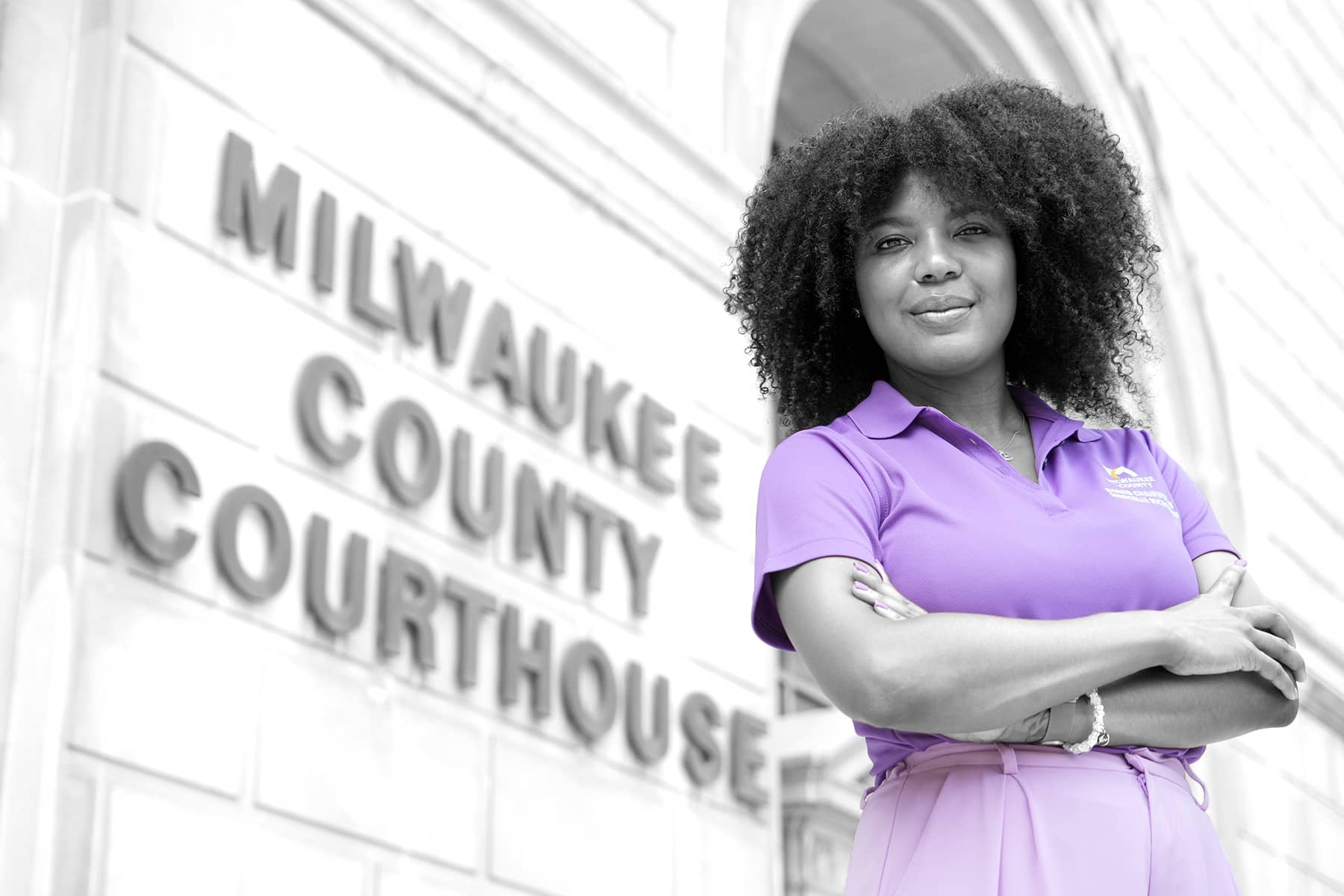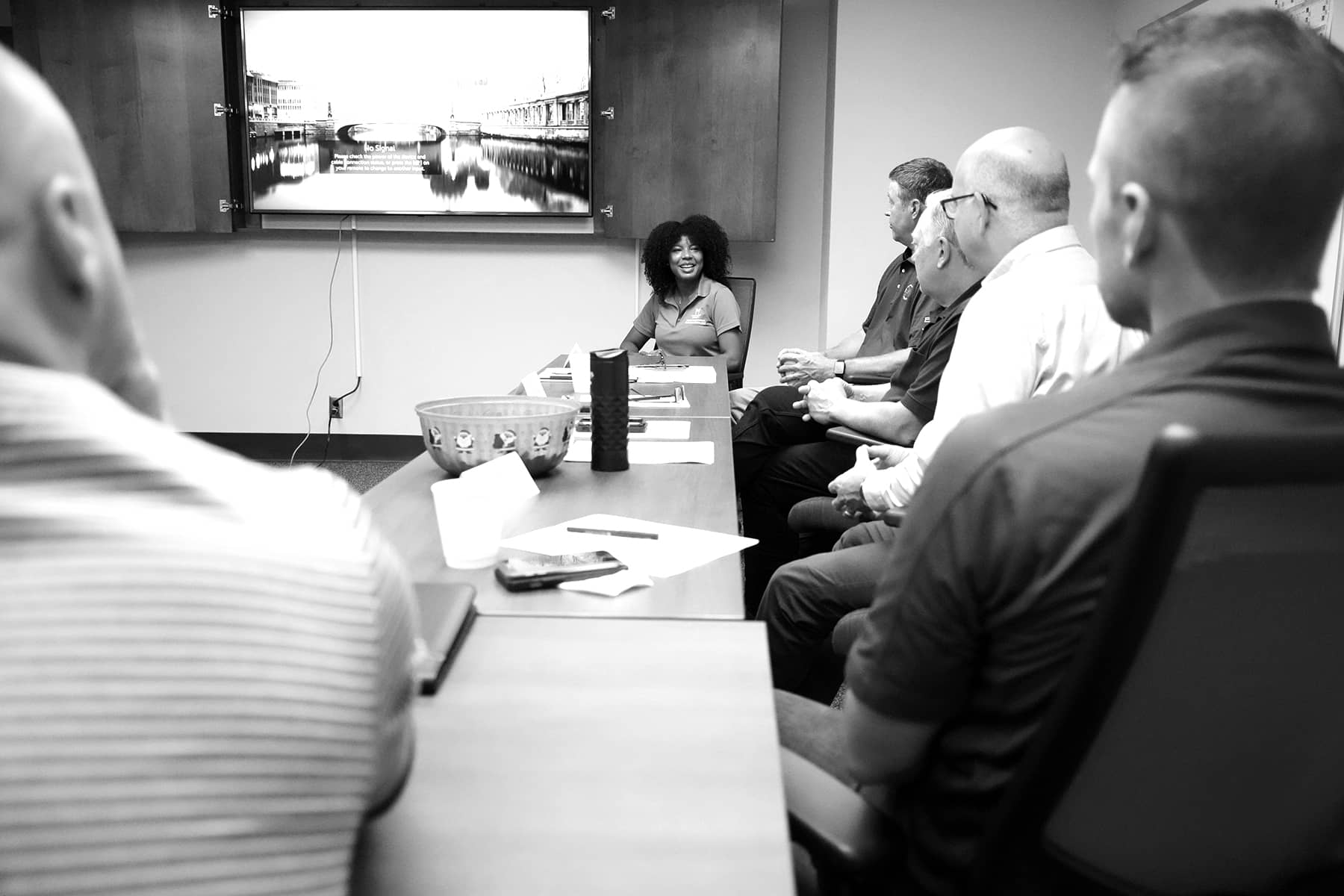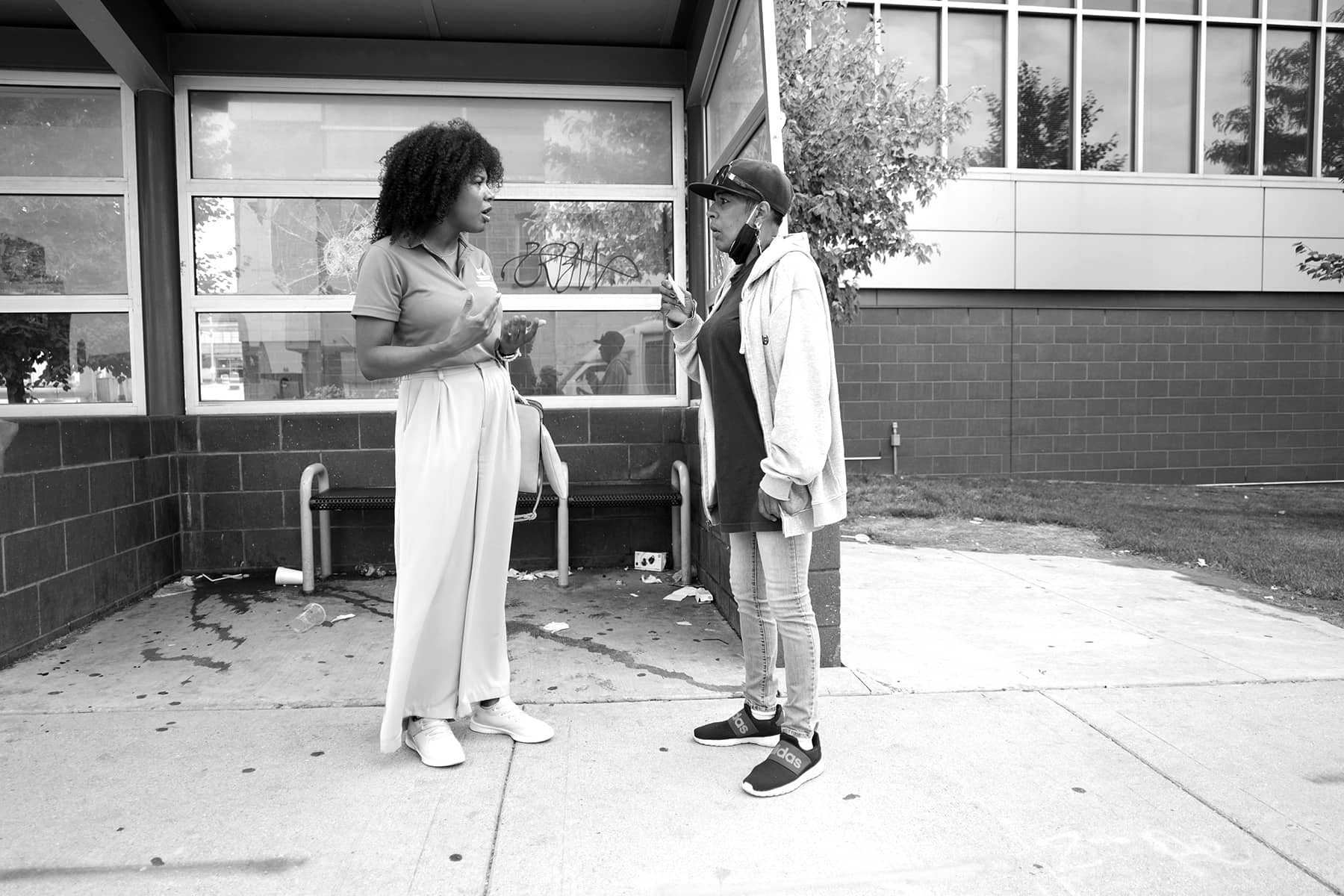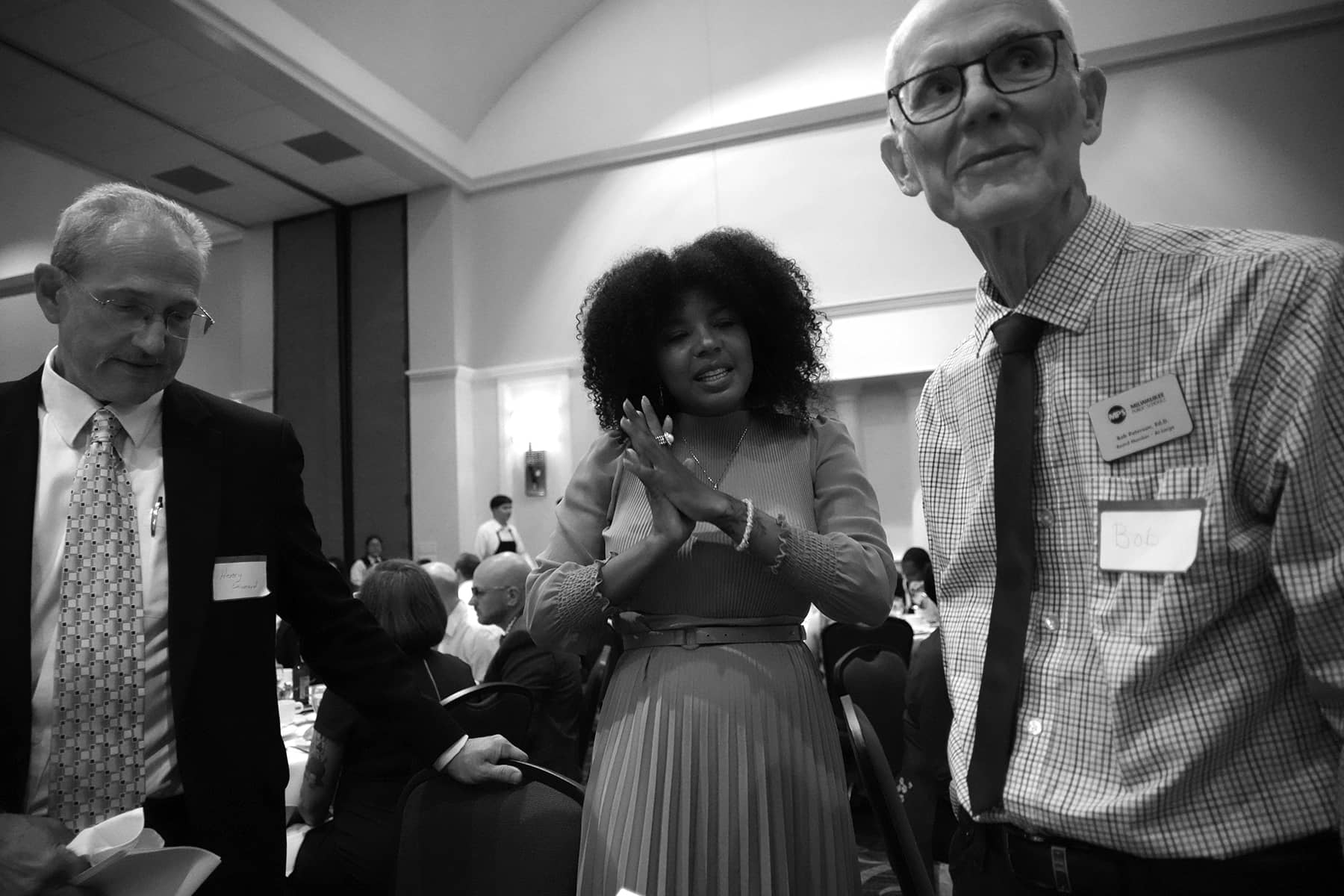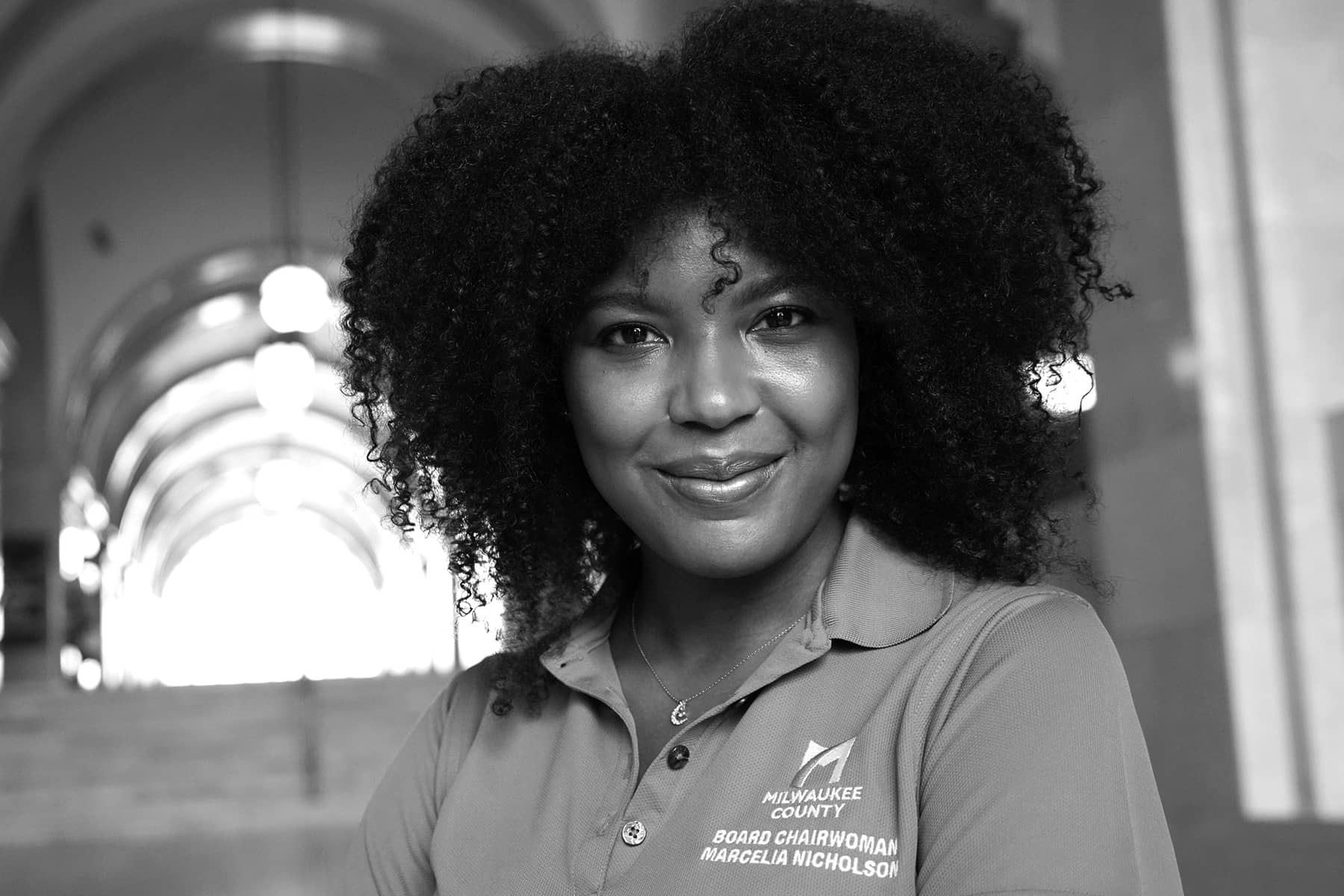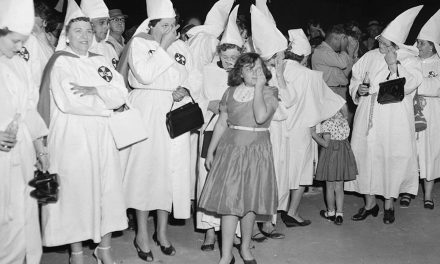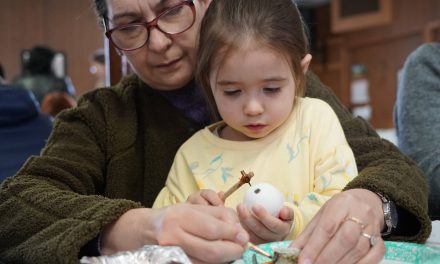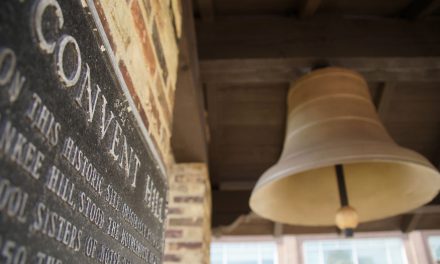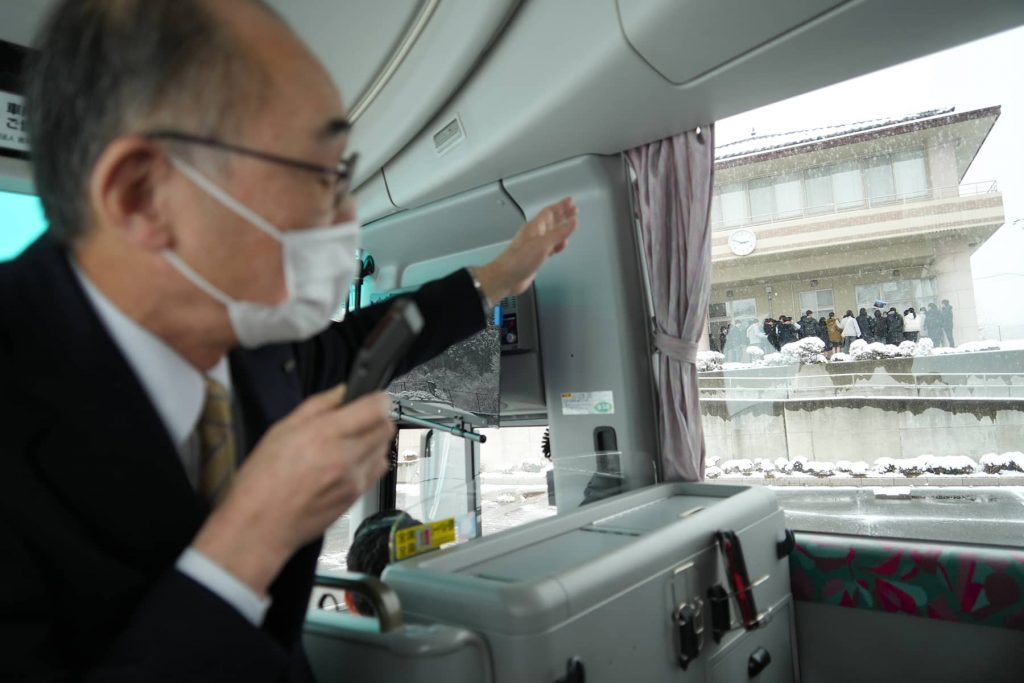
Considering herself to be an educator at heart, Marcelia Nicholson made the tough decision to leave her career as a teacher in response to her community’s lack of fair representation. To become an elected official was her best chance to try fixing what she saw as a broken system.
First elected to the Milwaukee County Board of Supervisors in 2016 representing District 5, she was re-elected in 2018 and 2020. In April 2022, Nicholson was unanimously re-elected as Chairwoman of the Board for the 2022-2024 term. She was the first Black woman and Latina elected to that position.
Born and raised in Milwaukee, Nicholson has also earned many awards in recognition of her efforts to improve her hometown. She continues to work in many capacities as an advocate to make the local area a better place to live, work, and play. And in spite of the difficult challenges that Milwaukee must overcome, she remains hopeful for a brighter future because of so many strong and resilient people in the community.
An essay by Marcelia Nicholson
Chairwoman of the Milwaukee County Board of Supervisors
I am proud to be born and raised right here in Milwaukee. I grew up in the 53206 ZIP code, which most know as one of the poorest and most incarcerated in the nation. This experience shaped me and is the reason I advocate so hard for communities experiencing the most disparities among us, often because they were born in the wrong ZIP code through no fault of their own.
Because of the neighborhood I was born in, I had less access to resources and life experiences that would have allowed me an easier path to thriving. I heard gunshots at night and saw things that no child should see. Unfortunately, for me to have gotten where I am — coming from the place I came from — is the exception and not the rule.
My parents were hard-working. My mother, a Puerto Rican Morena, currently serves as a Safety Assistant for Milwaukee Public Schools after working for various organizations like the Boys and Girls Club of Greater Milwaukee and Milwaukee Recreation. My father, a Black man from Alabama, retired after nearly 30 years of educating youth in various Milwaukee Public Schools. Public service is in my blood. My parents’ marriage, love for community, and persistence through adversity always inspired me, but it often bothered me that no matter how hard they worked they couldn’t quite get ahead.
I believe that my upbringing is a big part of my success as a public servant today. My unique perspective and experiences allow me to meet people where they are and understand the opportunities that people need to thrive. My position as a County Supervisor was no longer considered full-time after the question was put to a referendum vote in 2014. We receive part-time salaries and no employee benefits, but I ran for office anyway because we have so much at stake. I think historically we have had a lot of well-intentioned people in leadership here in Milwaukee, but if they don’t know firsthand what it means to really live and breathe poverty, or what it means to live and breathe discrimination, it is much harder for them to make these important decisions with the full understanding that it deserves.
My life experience has also led me to what has been the central goal for all my work on the County Board: achieving racial equity. In 2019, I was proud to take the lead in making Milwaukee County the first local government in the nation to declare racism a public health crisis. I did this because your zip code shouldn’t determine your outcomes. Since that time hundreds of cities and counties have joined us in this declaration. The following year, we established a vision of becoming the healthiest county in Wisconsin by achieving racial equity, and we have adopted countless policies that advance racial equity since.
My work around equity has recently brought me to all corners of the state through regional diversity, equity, and inclusion meetings in places like Appleton, Hayward, Pewaukee, and Weston. I met with dozens of officials from nearly all 72 counties in Wisconsin throughout the course of these trips, and one thing I found is that we have so much more in common than we realize. There are challenges like poverty and limited resources or access to services throughout the entire state, and no matter where you come from, you want a good quality of life. We are in a time of tremendous political division. People often feel like those outside of their community are the enemy, but these meetings confirmed for me that we can accomplish so much if we build bridges instead of barriers.
Growing up I never thought about getting into politics. As an MPS student at Benjamin Franklin Elementary, Samuel Morse Middle, and Milwaukee School of Languages, I found comfort and solace through my teachers’ love and care. The more I thought about it, the more I realized that I wanted to provide this same support to the next generation.
I was eventually able to realize this goal and become an elementary school teacher with MPS. This is where I began to get more involved in activism as a member of the Milwaukee Teachers Education Association and worked to organize our members for better working and classroom conditions.
Some of my favorite memories of working with the teachers union include our strategizing meetings in the office basement, the uplifting community events we organized to recognize our public-school families, and the solidarity I felt participating in the many marches, protests, and rallies against anti-education and anti-worker policies that allowed us to walk side by side with other workers and union members from across the state.
While I found great joy in teaching, and still consider myself an educator at heart, my experience as a public-school teacher is really what led me to pursue elected office. I saw that the system we have is broken. I was teaching in an overcrowded classroom with 36 students and minimum support. I was using my own paychecks to arrange field trips and buy supplies for my students.
On top of all this, I began noticing that many of my students were experiencing traumas such as unstable housing, food insecurity, and violence in their homes and neighborhoods. I believed that I could make an even bigger difference by taking on a position where I could have a direct role in challenging the status quo and policy choices that have led to the systemic inequities our community faces. I was eventually recruited to run for a seat on the Milwaukee County Board of Supervisors.
I ran for the County Board because I believe in the ability of local government to improve our communities. To do that, you need public engagement and trust. When I was first elected to the County Board, there was a learning curve, but I adapted quickly.
I remember the day I was sworn-in to office. The Courthouse felt big and foreign, and the Board room echoed and smelled of old books. There were 17 other recently elected individuals, and they all looked and believed something different coming from every corner of the County. We took our oath and elected our leadership. Up until that day, I had been considered a leader in the activist movement, but I quickly learned that my skills as a governing official would have to grow if I wanted to pass policy and impact people’s lives for the long-term.
Milwaukee County has an opportunity to be a real catalyst for change in people’s lives. We are the hub for essential human services such as housing, behavioral health, aging and disability services. We oversee and manage more than 15,000 acres of parks that provide people with a space to reap the numerous health benefits of the outdoors. We manage a transit system that gives thousands of people rides to work, appointments, errands, and social functions every year.
It is the honor of a lifetime to serve as Chairwoman of the County Board and lead the body responsible for the policy and budgetary decisions for these vital services. It is increasingly difficult to manage the county’s finances year after year due to the rising costs of providing these services and limited revenue. Without a long-term solution to our fiscal challenges, by 2027 we’ll have no local dollars to fund our parks, bus routes, the arts, senior services, or youth services. These services will have to rely on outside funding sources from the state, federal government, or private grants. Achieving our goals around health equity will be impossible if we cannot secure the fiscal future of Milwaukee County.
This is why I have taken a leading role in advocating for an additional 1 percent sales tax for Milwaukee County. A local option sales tax would generate around $180 million annually to invest in services our community needs, while lowering property taxes for county residents. It is our only real solution that generates sufficient revenue at the necessary scale to conquer our challenges. As Milwaukee is booming with new development such as the Deer District and possible new entertainment venues, an additional 1 percent sales tax would allow us to greater benefit from these catalytic developments that people throughout the entire state enjoy.
In my work as Chairwoman, I continually get to partner with wonderful people in our community who are working to make Milwaukee a better place. It is heartening to see our hardworking county employees provide vital services to our neighbors. I have enjoyed working with the many neighborhood associations organizing to improve their communities one block at a time. I continue to be inspired by groups such as Roll Train, which has done so much to make roller skating accessible to all in the community. I adore organizations like the Urban Ecology Center, which offers a uniquely green view of our county parks and local plants and wildlife. I appreciate our small business community that helps support our local economy and makes Milwaukee a better place to live in. These individuals and groups propel Milwaukee forward daily and give me so much hope for our future.
When I first stepped into this role, I didn’t quite understand the impact this work could have on me personally. Each day feels like a new mountain to climb, and as an elected servant, you often meet people on the worst day of their lives. Being a 34-year-old Black woman with unique ideas in a predominately male field often brings its own set of challenges, but the thought of advancing our shared vision for a better community drives me because there is another side of the coin. The people in Milwaukee County inspire me immensely.
My hope for a brighter future grows with each conversation, each community-driven policy adoption, and each philanthropic event I get to attend. Milwaukee has a list of challenges we must overcome, but our people are resilient, and our communities are strong. Together, we can become the healthiest and most vibrant community in Wisconsin, and I look forward to walking beside you on our path to getting there.
PHOTOJOURNALIST’S NOTE: This photo essay follows the artistic style used in previous “A Day in Photos” features. Monochrome images are timeless, and express emotion far better than color photographs – which communicate information. By removing the color spectrum, the images were equalized so that viewers could see them as part of the same narrative regardless of where they were taken.
Chairwoman Nicholson was the sixth person of color featured for this annual series, and the first women. Because purple was an inescapable hue of her wardrobe, a slight style modification was made to some of the photography. For about a dozen key images, purple was used as a spot color. It was purely an artistic decision. The process involved converting a selected color image to monochrome, overlaying it with the original color image, digitally cutting out the purple sections by hand, and then compositing the color and non-color elements.
“A Day in Photos” evolved over the years from the original concept of only presenting images, with a minimal introduction, to include an extensive “Question and Answer” section. While the photos told a powerful visual story, they lacked a deeper context and insight into the individual featured. Such details, and the inclusion of a personal voice, was especially important during the early isolation stage of the COVID-19 pandemic.
In the case of Chairwoman Nicholson, however, several fairly extensive Q&A news articles have been published in the past couple years. That influenced the editorial decision to also modify the written style to be used. As a result, Chairwoman Nicholson was given the opportunity to write a personal essay.
The pictures from this “day” present a historical record of what Chairwoman Nicholson’s political life in Milwaukee was like on September 16, 2022. And it offers a look at the leadership of the county, given the responsibility to provide for the needs of local residents during what continues to be an unprecedented time.
- David Crowley: A Day in Photos during the Pandemic with the County Executive
- Cavalier Johnson: A Day in Photos during the Pandemic with the Common Council President
- Earnell Lucas: A Day in Photos with the County Sheriff
- Derek C. Mosley: A Day in Photos with the Municipal Court Judge
- Ashanti Hamilton: A Day in Photos with the Common Council President
Marcelia Nicholson
Lee Matz





